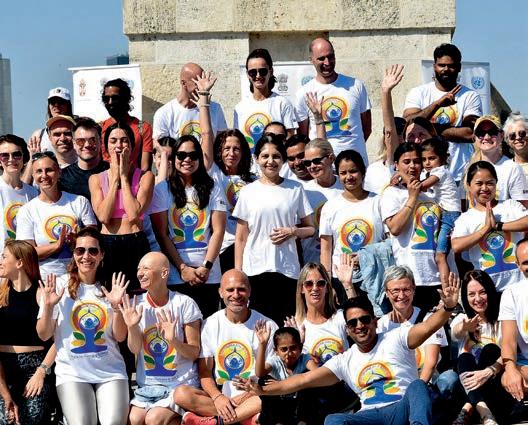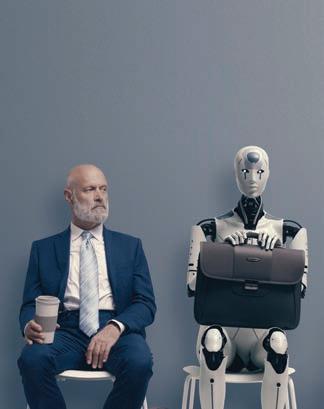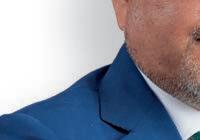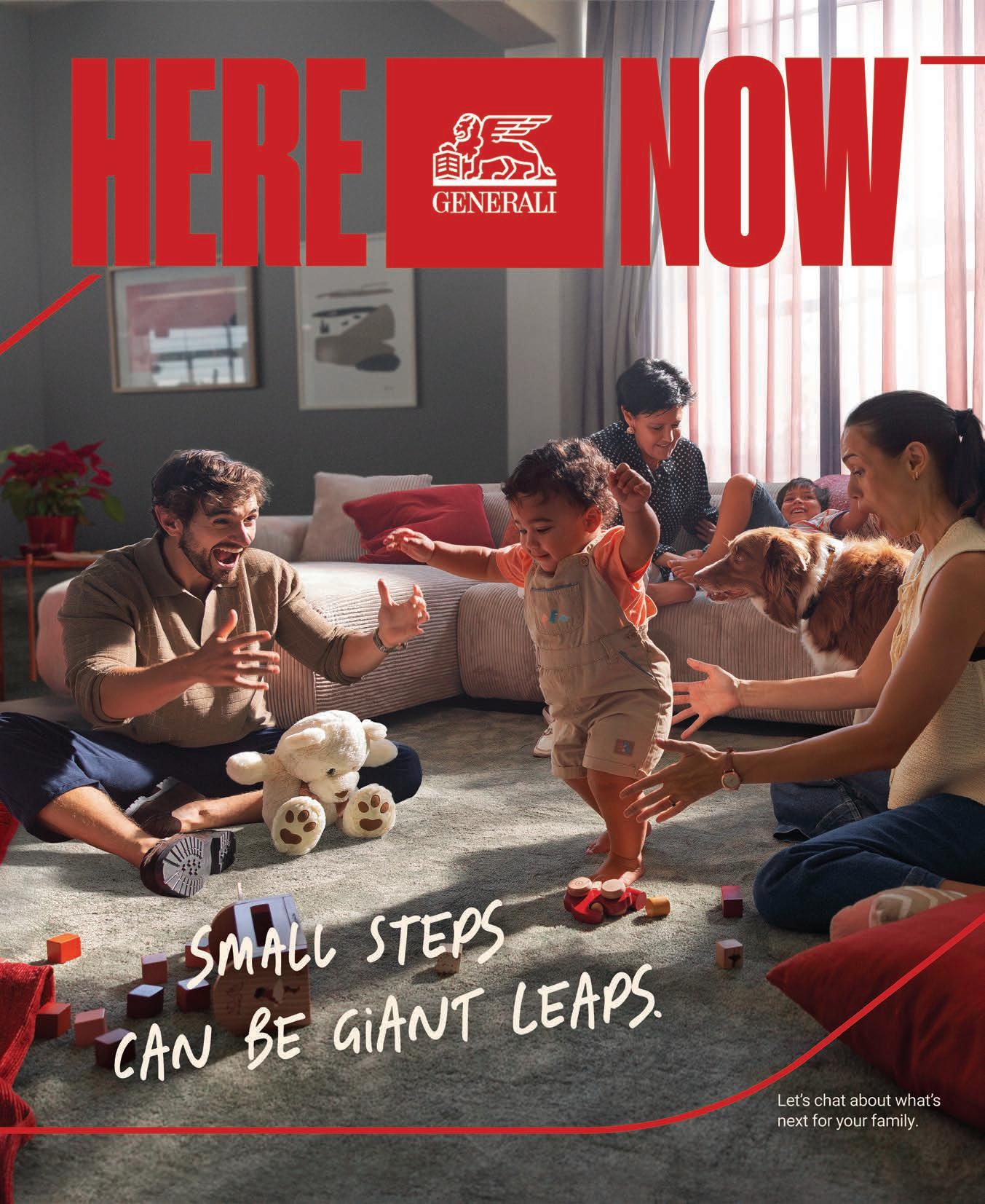
By Duško Lopandić








































By Duško Lopandić






































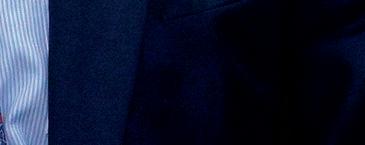




















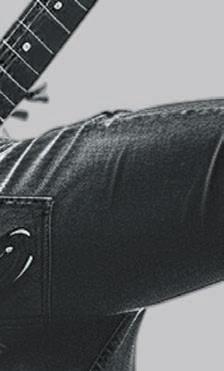
























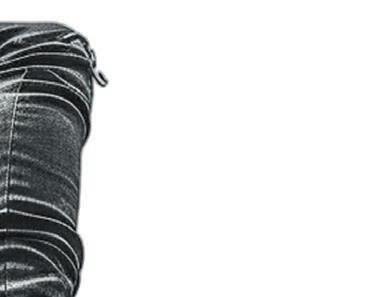














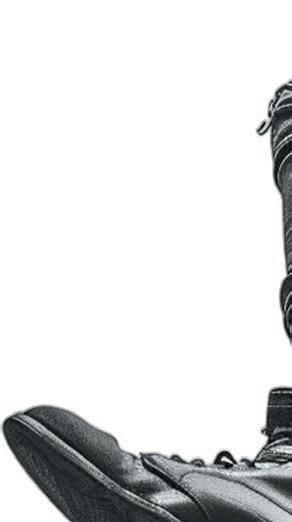













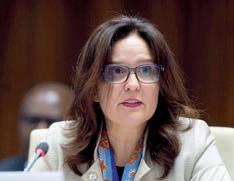
















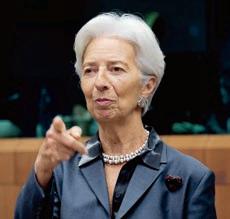
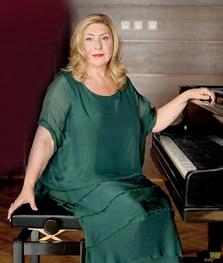

EDITOR IN CHIEF: Neda Lukić n.lukic@aim.rs
DESIGN: Slađan Radosavljević Zoran Perović design@aim.rs
COPY EDITOR: Mark Pullen
TRANSLATION & EDITING: Pullen Editorial, Halifax
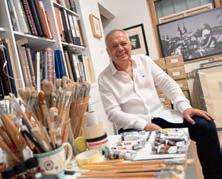
“CorD - 22 Years of Independent Thought and Inspiration”
CONTRIBUTORS:
Ljubica Gojgić
Zoran Panović
Radmila Stanković
Maja Vukadinović
Mirjana Jovanović
Miša Brkić, Rob Dugdale
Steve MacKenzie
Zorica Todorović Mirković Sonja Ćirić, Miloš Belčević
PHOTOS:
Zoran Petrović
SALES MANAGERS: Biljana Dević b.devic@aim.rs
Mihailo Čučković m.cuckovic@aim.rs
Vesna Vukajlović v.vukajlovic@aim.rs
OFFICE MANAGER: Svetlana Petrović s.petrovic@aim.rs
FINANCE: finance@aim.rs
CEO: Ana Novčić a.novcic@cordmagazine.com
PUBLISHER: Ivan Novčić i.novcic@aim.rs
PRINTING: Rotografika d.o.o. Segedinski put 72, Subotica
CorD is published by: alliance international media d.o.o.
Resavska 1/III, 11111 Belgrade 17, PAK 125806, Serbia Phone: +(381 11) 2450 508
E-mail: office@aim.rs office@cordmagazine.com www.cordmagazine.com www.aim.rs
ISSN no: 1451-7833 All rights reserved alliance international media 2025














By Mirko Dautović
This wasn’t World War III—but it may prove to be a step toward it. Just as there were many steps leading up to World War II. Ask the Chinese, and they’ll say it began with the Japanese invasion of Manchuria. Ask the Ethiopians, and it started with Mussolini’s 1935 invasion. Ask the Czechs and Slovaks, and it began in 1938. In every case, international law was violated with blatant, unprovoked aggression—and either no explanation or a fabricated one






















The aftermath of the TwelveDay War between Israel and Iran remains unresolved. Both sides tally their costs: lives lost, buildings destroyed, missiles depleted, intelligence networks exposed. How many Iranian nuclear scientists remain? How many Mossad agents are still active? What is the condition of the bombed facilities at Fordow, Natanz, and Isfahan? How many centrifuges are still spinning—producing enriched uranium? And what happened to the 400 kilograms of highly enriched uranium that Israel set out to neutralise—or was it to disperse across the Middle East as radioactive dust? Unlikely.
Israel’s stated goals—the destruction of Iran’s nuclear programme, followed two days later by the aim
of regime change—remain unfulfilled. Despite the casualties, Iran still retains the knowledge and capacity to enrich uranium and develop ballistic missiles. Even if the three key facilities were destroyed, they can be rebuilt, deeper underground, beyond the reach of any Massive Ordnance Penetrator. As for regime change, the people of Iran showed no inclination to overthrow the Islamic Republic. And why would they? Faced with external missile strikes, citizens tend to set aside internal differences. Just ask the Serbs about 1999.
Still, Prime Minister Netanyahu did manage to draw U.S. President Donald Trump into the conflict. Yet the American intervention lasted less than 48 hours, resulted in zero casualties, and caused—so far—uncertain
At the recent NATO summit in The Hague, the prime ministers of Japan and South Korea declined to attend another round of European posturing
but likely negligible damage. In return, Iran responded with an equally measured strike on the U.S. base at al-Udeid in Qatar, again with zero casualties. Was this Trump’s brand of peacemaking? A carefully staged ex-
change that allowed Israel to appear victorious through American action, without further escalation? Or was it another episode of Trump’s political theatre—partially scripted, with every player claiming success, and a global audience left watching an anticlimax?
This wasn’t World War III—but it may yet become a step toward it. Again, ask the Chinese, Ethiopians, or Central Europeans what the early signs looked like. All involved unlawful aggression, met with inertia or appeasement. So what was the Israeli strike on Iran, if not aggression— dressed up as “preventive war” and swallowed only by the leaders of most European nations? In the 1930s, the League of Nations remained silent. Today’s chorus of European ministers, chancellors, and prime ministers makes one nostalgic for that silence. Instead, we now hear condemnations of Iran and praise for Israel doing the “dirty work” of— whom, exactly? European civilization, Herr Merz?
It hardly matters. As Europe’s economy and vision diminish, other regions are seeing more clearly what the emerging global order truly is— and recalculating accordingly. At the recent NATO summit in The Hague, the prime ministers of Japan and South Korea declined to attend another round of European posturing. Reason lives elsewhere.









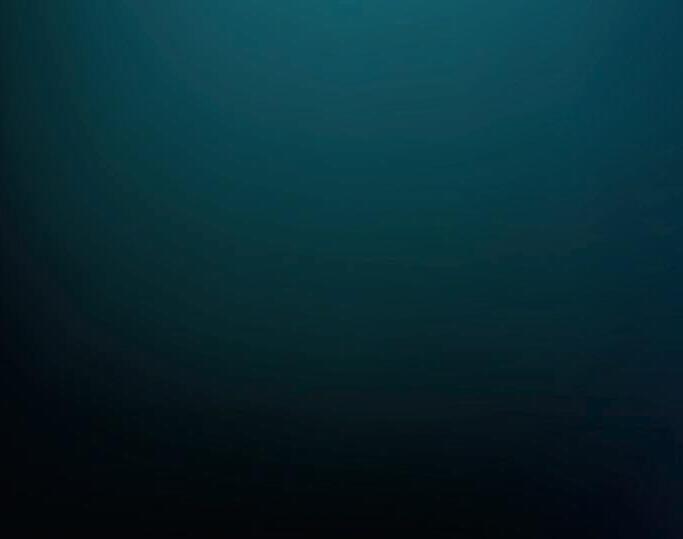







As the world undergoes major technological and economic shifts, the aim isn’t to resist change, but rather to shape it for fairness, resilience and decent work. Countries that are now drafting a new labour law, like Serbia, must embed these values through strong social dialogue and tripartite cooperation
ILO Regional Director for Europe and Central Asia
As debates around deglobalisation gain momentum and its global impact comes into focus, the International Labour Organization offers a grounded perspective on the shifting world order. “Deglobalisation poses risks to jobs and equality, but also offers a chance to strengthen domestic industries, skills and regional ties,” says Beate Andrees, ILO Regional Director for Europe and Central Asia.
Whatever direction globalisation takes, the ILO is seeking that its Declaration on Social Justice for a Fair Globalisation remains a guiding compass, advocating strong tripartite dialogue to navigate transitions and counter protectionism. The goal ultimately isn’t to resist change, but to shape it in ways that deliver equitable outcomes, resilience and decent work for all.
Despite having driven progress and peace, has globalisation failed to distribute its benefits evenly, as the ILO suggests?
— Previous ILO reports and analyses have highlighted that globalisation has produced mixed outcomes across different countries and regions—with disparities in job creation, wage growth, productivity and poverty reduction. These uneven results underscore the importance of managing globalisation through strong social policies, principles of decent work and inclusive institutions.
In this context, the ILO doesn’t view the current deglobalisation trend as either wholly negative or positive. Rather, we see it as a complex phenomenon that brings both challenges and potential opportunities.
Whether driven by rising trade protectionism, geopolitical shifts or struc-
tural economic changes, deglobalisation risks undoing hard-won gains in employment and poverty reduction, particularly in economies that are heavily reliant on global trade, foreign investment or remittances. It may also exacerbate inequalities in the absence of proactive social and labour market policies. However, it also presents an opportunity for governments and social partners to accelerate industrial diversification, strengthen domestic value chains, invest in skills and foster regional economic cooperation.
In regions such as Central Asia, for instance, countries that have more diversified economies, like Kazakhstan and Uzbekistan, may be better positioned to adapt, while remittance-dependent economies like Kyrgyzstan and Tajikistan could face more signif-

icant risks, including rising poverty and employment insecurity.
Many countries under your mandate—such as those in Central Asia and our region—are trying to leapfrog competitors by promoting innovation and driving technological change in their economic structures. Do you see signs of this approach starting to pay off on the labour market?
— The adoption of digital technologies has been modernising economic activities across Central Asia, creating new types of jobs and boosting productivity significantly. This involves fostering a dynamic private sector, investing in research and development, and encouraging the adoption of new technologies to achieve higher levels of economic growth.
These developments are helping to diversify economies that have traditionally relied on extractive industries and are recognising that depending solely on traditional industries or resource extraction isn’t enough to ensure long-term prosperity. In parallel, labour administration systems are also undergoing digital transformation. Job-matching platforms are now widely available, efficiently connecting employers with jobseekers. Moreover, comprehensive social protection systems are increasingly harnessing digital technologies to improve service delivery and accessibility.
Of course, technological change does bring challenges, including job displacement in certain sectors, limited digital infrastructure, regulatory hurdles and a need for greater investment in human capital, as well as the introduction of just transition principles to socioeconomic development. This makes it all the more important to invest in re-skilling and up-skilling initiatives to ensure that workers are equipped to adapt to the evolving labour market.
Some foreign investors in Serbia that were initially attracted by low labour costs are now beginning to pull out. Many economists say the
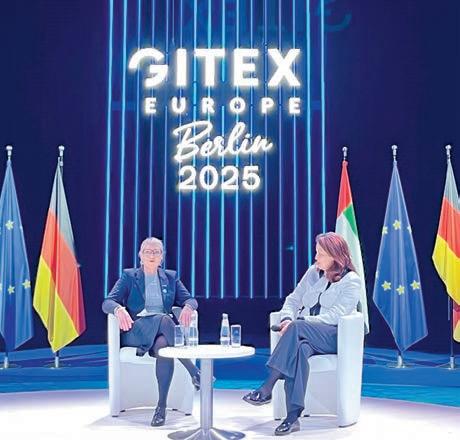
The ILO’s core position remains that economic globalisation— whatever its form—must be governed by fairness, social justice and the protection of workers’ rights
country is caught in a middle-income trap. What steps should Serbia take to transition towards sustainable, high-value growth while preserving labour rights?
— In order to move towards sustainable, high-value growth, countries must pursue a development strategy that balances economic upgrading with social equity. This requires shifting to higher-value, innovation-driven sectors through investments in education/skills development, technology and infrastructure. At the same time, respect for labour – such as through fair wages, a safe and healthy working environment, and collective bargaining rights – must be guaranteed to ensure growth is inclusive and sustainable. Ultimately, long-term competitiveness comes not from cheap labour, but from a skilled, healthy and motivated workforce.
Governments across the region often face challenges with outdated
labour laws, weak social dialogue and underdeveloped social protection systems. What general reforms would you recommend for the region—and specifically for Serbia, as it begins drafting a new Labor Law?
— Assuming that by ‘the countries of the region’ you are referring to those that aspire to EU accession, promoting social dialogue will be key for all of them. Governments will only be able to develop and implement sustainable labour and social policies if they consistently engage in dialogue with representative employers’ and workers’ organisations, as they have first-hand knowledge of labour market challenges and short-to medium needs and opportunities. Labour laws and social protection systems should be developed to enable the shift to higher value, innovation-driven economic growth, while protecting labour rights to ensure growth is inclusive and sustainable.
In this context, comprehensive and rights-based social protection systems must be seen as a key component of modern labour market institutions. These systems should aim to provide adequate protection throughout the life cycle – including unemployment benefits, pensions, healthcare, maternity and sickness coverage – thus ensuring that no one is left behind, particularly vulnerable groups such as informal workers, youth and women. For Serbia, as it begins drafting a new Labour Law, this is a timely opportunity to align national legislation not only with EU standards, but also with ILO Conventions and Recommendations. This includes embedding clear linkages between employment policies and social protection measures, promoting transitions from informal to formal employment, and strengthening mechanisms for financing and delivering social protection in a sustainable and equitable way.
Serbia has long struggled with an outdated labour law and a weak level of social dialogue. How does the ILO support the strengthening
Effective social dialogue, supported by the ILO’s project in Serbia, is key to shaping fair and resilient labour reforms through tripartite cooperation
The ILO remains committed to working with all partners in the region to ensure its support is accessible, targeted and effective
Technological change poses risks and ensures that re-skilling and just transition are key to adapting to the labour market
of negotiations between social partners and the improvement of labour legislation in such contexts?
— The ILO is currently implementing an EU-funded project in Serbia to promote social dialogue and collective bargaining. By working together with the government, employers and trade unions, this project seeks to develop an enabling legal and policy framework wherein social dialogue and collective bargaining become second nature for all involved as a means to ensure equitable growth, as well as ensuring that all three parties have the capacity to participate in a constructive and well-informed manner.
Are the countries of the region making the most of the resources and support your organisation offers, or do you see gaps in how these opportunities are being used?
— Many countries of the region are engaging actively with the ILO’s expertise and support. We’ve seen strong collaboration through Decent Work Country Programmes, capacity-building and policy advice.
However, there is always room to deepen this engagement. In some instances, limited resources or institutional capacity can hinder the full utilisation of ILO support. More could be done to leverage our tools on skills anticipation, digital labour platforms, labour migration and just transition planning.
Which ILO projects – in the region and in Serbia specifically – do you believe have the greatest potential to drive meaningful, long-term change?
— The ILO aims to achieve decent work for all in the sub-region, which, firstly, means protecting labour rights and ensuring compliance with labour legislation; secondly, promoting quality em-
ployment opportunities that provide at least a living wage to workers; thirdly, strengthening social protection systems so as to make it universal; and, fourthly, making social dialogue effective and a tool of real governance.
Implementing projects that support these objectives drives long-term change in the labour world. For example, we are managing a project to support the implementation of the youth guarantee in the Western Balkans. Through this project, we build the capacity of

key institutions and stakeholders so that they can roll out a youth guarantee programme based on the model of EU member states. It means the public employment services will be able to guarantee either an employment or a training opportunity to any young person who is either not in employment or is in education or training, within four months of having that status. Over the medium to long term, this will significantly reduce the number of youths who either aren’t participating in the labour market at all or are unemployed, providing them with high-quality employment or training.
We’ve launched two projects in Serbia that have great potential to drive meaningful, long-term change. One is
on social dialogue and the other is on improving the occupational safety and health system. These two projects work to upgrade the legislative and regulatory frameworks, as well as to strengthen existing systems and build the capacity of key stakeholders – trade unions and employers’ organisations in the case of the social dialogue project, and labour inspectors in the case of the OSH project.
Looking at your portfolio in Europe and Central Asia, which countries would you highlight as being strong performers—and what lessons or approaches from their experience could serve as inspiration for Serbia? — I would caution against generalising or ranking countries’ performances, as each country is in a unique context, with its own set of challenges and opportunities. That said, there are valuable lessons to be drawn from specific experiences across the region.
For example, Uzbekistan has taken notable strides in advancing labour reforms, including the ratification of key ILO Conventions such as C190 (Violence and Harassment) and C156 (Workers with Family Responsibilities), and exerted efforts to strengthen labour inspection and reduce informality. Similarly, Kyrgyzstan has taken important steps to expand social protection and promote inclusive employment policies. These experiences show that – with strong political will, institutional reforms and sustained tripartite dialogue – meaningful progress is possible. While each country must chart its own path, such examples can offer valuable insights for others—including Serbia— in designing and implementing policies that advance decent work and social justice. The ILO remains committed to facilitating this exchange of experiences across the region.
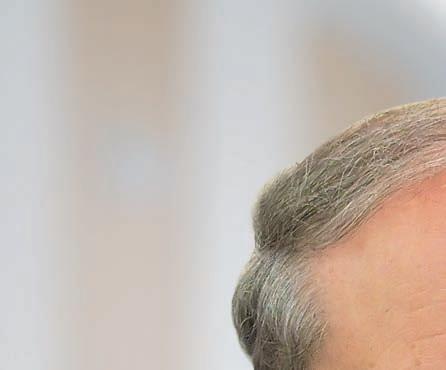
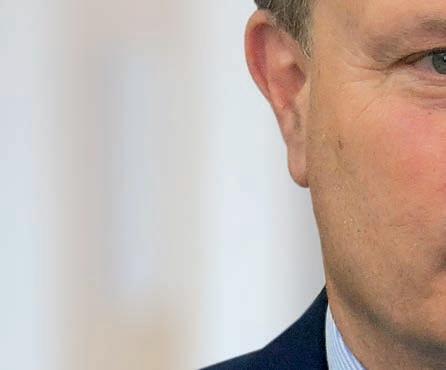
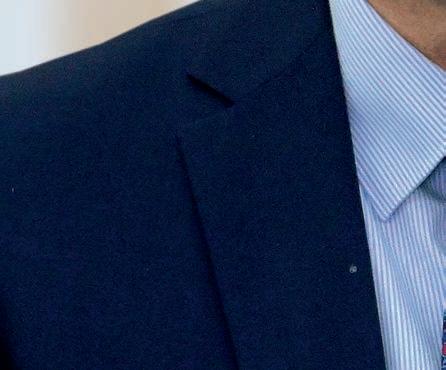
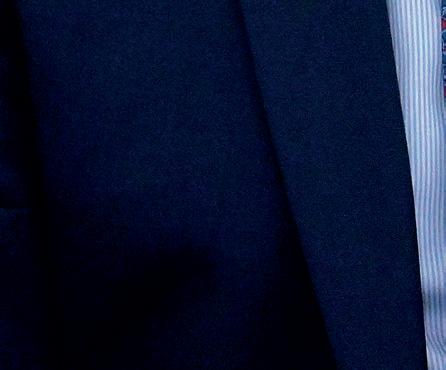
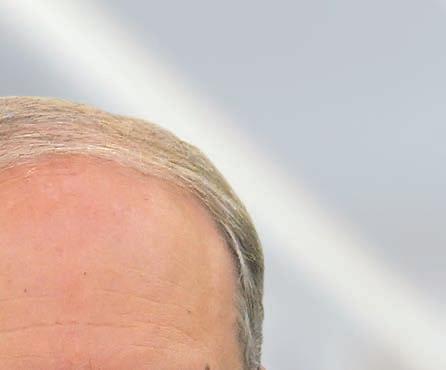
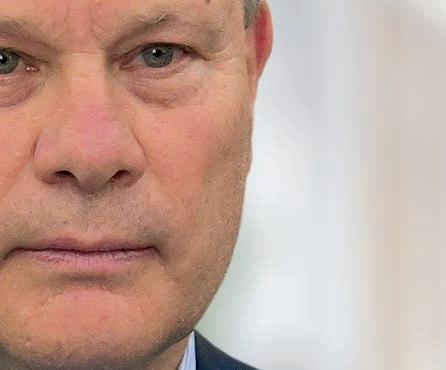

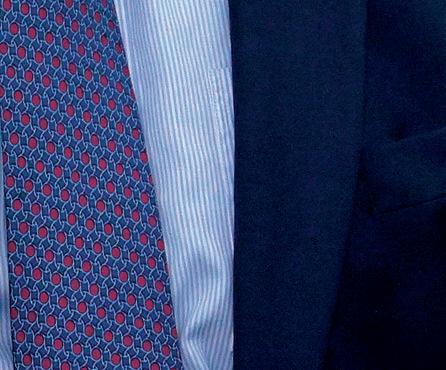

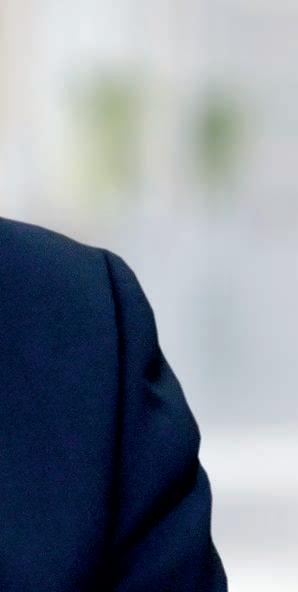






On his visit to Belgrade in 2019, President Macron addressed the Serbian nation in front of the Monument to France that stands at the heart of Kalemegdan Park. Belgrade is the only city in the world with a monument to France. It was a beautiful illustration of the friendship between two old European countries. It was also a promise on the road to Europe ~ René Troccaz



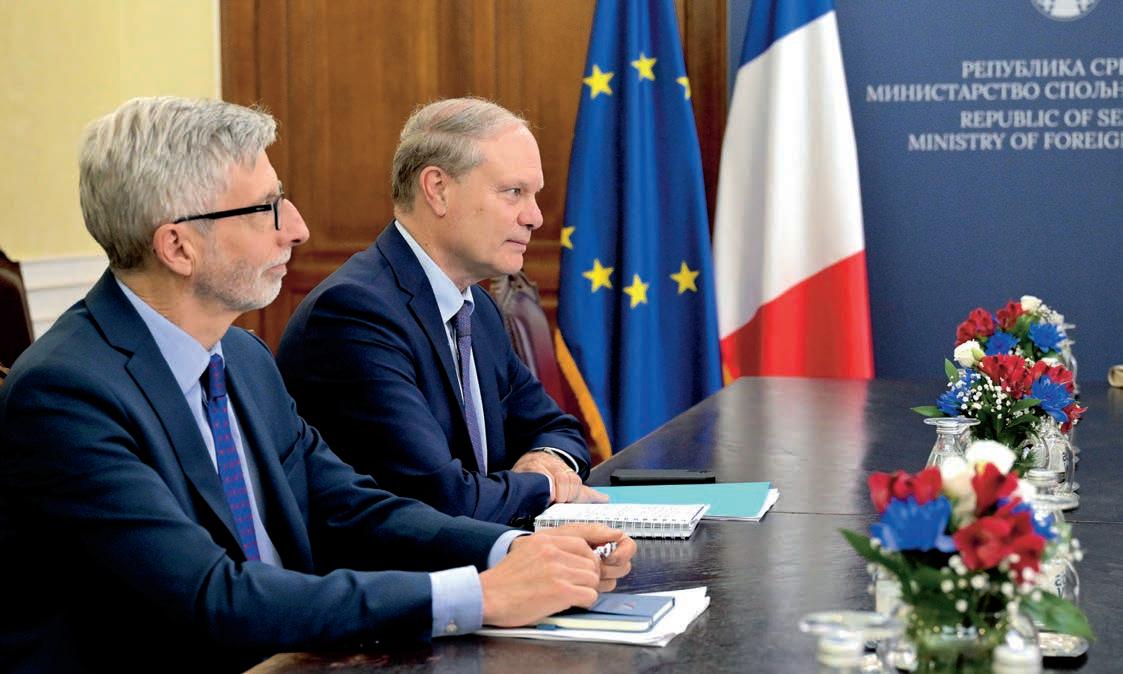
Speaking in this exclusive address for CorD Magazine, AmbassadorRenéTroccaz,France’s Special Envoy for the Western Balkans, adds: “I’d like to remind your readers that the EU isn’t only a market. Of course, it is also that, but we must always remember why it was created at the initiative of France and Germany in 1957. The aim of this creation, unprecedented in human history, was not primarily prosperity. It was peace. This message remains as relevant as ever.
“EU enlargement to the Western Balkans, and thus to Serbia, is a priority for France.
“This ambition is all the more pressing given the risk of instability on our continent as a result of the war in Ukraine.
“We must therefore get down to work on the EU accession process, and remain faithful to the commitment made at the Thessaloniki European Summit od 2003, which officially opened the European accession prospects of the Balkan countries.
“The issue of our continent’s stability is essential, but there is another obvious point to bear in mind. The countries of the Western Balkans are European. We are part of the same family, each with our own differences. And the EU respects these cultural differences. The natural place for these countries is therefore within the EU. It is within this framework of peace, prosperity, territorial in -
Infrastructure needs to be strengthened and modernised throughout the region. This is particularly true for transport and energy
tegrity and democratic values that we must work together to build our future.
“This is what President of the French Republic Emmanuel Macron has said during his official visits in Serbia, draw-
ing on the historic Franco-Serbian friendship.
“We all know that this ambition is demanding. It presupposes reforms and a clear commitment to an effectively functioning rule of law. These requirements satisfy the aspirations of our peoples.
“Of course, there are differences between each of the Balkan countries. Some have advanced more than others in the European accession process, while others are slightly less developed. But the essential thing is to stay the course and maintain the tempo. From this point of view, France supports the efforts of its partners and encourages reforms. We must also work to overcome the tensions that sometimes remain as a legacy of the past. But we do this as partners. This is logical, since the countries of the Western Balkans are destined to become full members of the EU.
“The EU wants to facilitate upgrading and development. Infrastructure needs to be strengthened and mod -
It is within this framework of peace, prosperity, territorial integrity and democratic values that we must work together to build our future
We need to open up the Balkan countries and better connect them to their EU neighbours. We’re working towards closer integration between the Balkans and the European Single Market
There’s no comparison: we’re your number one customer and your number one supplier
ernised throughout the region. This is particularly true for transport and energy. We need to open up the Balkan countries and better connect them to their EU neighbours. It is with this same logic in mind that we’re working towards closer integration between the Balkans and the European Single Market. All these efforts are steps in the right direction. This is all the more natural for the Balkans, where the vast majority of trade and investment is with the EU. There’s no comparison: we are your number one customer and your number one supplier. Many of the region’s young people study in the EU, while we have a lot of cultural exchanges. Millions of tourists from the EU come to the Balkans each year. Large Balkan expat communities are established in EU countries. In other words, we are already intertwined.
“The EU has tools to speed up this movement. I will cite one example: the EU has established a “growth plan” that mobilises six billion euros for the Western Balkans over a three-year
period (2024-2027). This substantial aid is aimed at speeding up reforms and bringing our respective markets closer together. With these resources, the Balkan countries will receive support comparable to that provided by the EU to its member states under the cohesion policy.
“For its part, France is actively involved. The country’s development agency (AFD) has been active in your region since 2019. It alone has invested over 1.3 billion euros to the Balkans. So, we’re part of an overall process and we support it strongly. There
The EU has established a “growth plan” that mobilises six billion euros for the Western Balkans over a threeyear period (2024-2027)
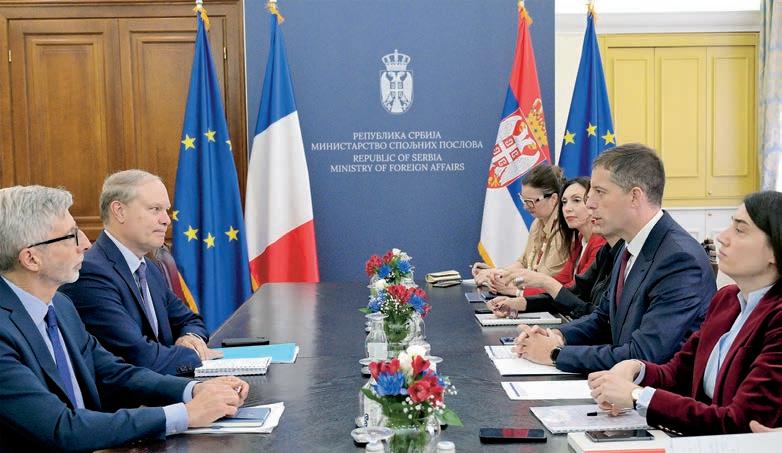
are obstacles, but also hopes and very concrete prospects.
“This overall approach should also encourage our companies to return to the Balkans. This is already the case for France, with major civil and military contracts having been signed with Serbia and other countries in the region. This is both a very tangible investment and a sign of trust between partners and the business world. Other European countries are doing the same, and that’s great. The strengthening of economic relations is obviously an essential dimension of the relationship.
“When it comes to the economy, I’d like to remind your readers that the EU isn’t only a market. Of course, it is also that, but we must always remember why it was created at the initiative of France and Germany in 1957. The aim of this creation, unprecedented in human history, was not primarily prosperity. It was peace. This message remains as relevant as ever.
“Our political dialogue is intense. Our authorities are in contact with all Western Balkan leaders. Here I shall limit myself to mentioning 2023’s first official visit of a French head of state to Albania since the country became independent. Of course, I must also note President Macron’s two major visits to Serbia (2019 and 2024).
“With this in mind, I’d like to conclude with a powerful image: that of President Macron on a visit to Belgrade in 2019, addressing the Serbian nation in front of the monument to France at the heart of Kalemegdan Park. Belgrade is the only city in the world with a monument to France and this address was a beautiful illustration of the friendship between two old European countries. It was also a promise on the road to Europe.”
A significant surge in hostilities between Iran and Israel was reported in mid-June, with missile and drone strikes exchanged by both nations, targeting military and nuclear sites. Israel said it eliminated several senior Iranian commanders, while Iran launched retaliatory attacks in Israel. Diplomatic efforts are ongoing, but UN agencies warn of rising civilian casualties and a growing humanitarian crisis.

“The climate emergency is a race we are losing, but it is a race we can win”
António Guterres UN Secretary-General
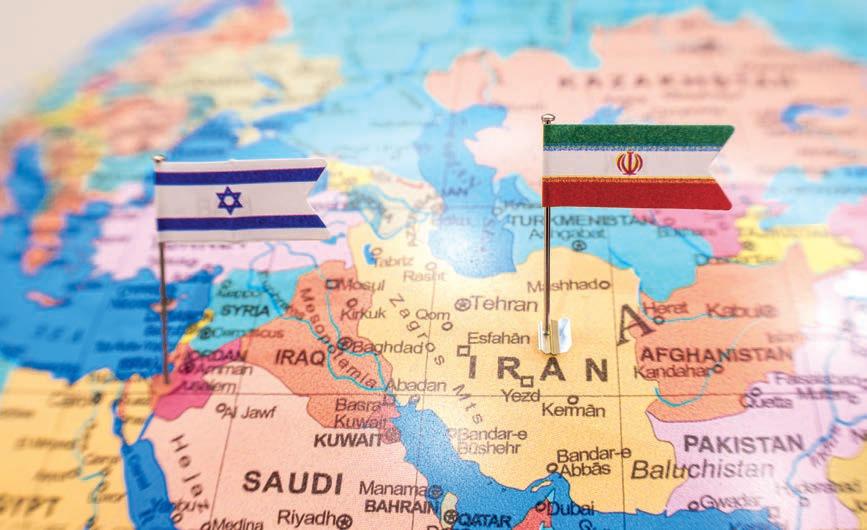

The Conference Board’s Leading Economic Index fell for the sixth consecutive month in May, slipping to 99.0 and triggering a recession signal. Declines were driven by weaker new orders, rising jobless claims, and pessimistic consumer sentiment.
Despite rising oil prices—now above $75 per barrel—and Middle East risks, global markets remain remarkably resilient. Investors are cautiously optimistic, tracking developments in the Iran–Israel situation, US trade tariffs, and shifts in central bank policies.

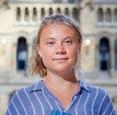
“I want you to act as if the house is on re, because it is”
Greta Thunberg Climate Activist
In recent weeks, extreme weather events have highlighted the growing impact of climate change across the globe. In China, an intensified East Asian monsoon has led to widespread flash floods, severely affecting infrastructure and putting the country’s \$2.8 trillion agricultural sector at risk. Meanwhile, in Mexico, Hurricane Erick—now downgraded to a tropical storm—has caused significant damage in the state of Oaxaca, bringing heavy rainfall, flooding, and mudslides.
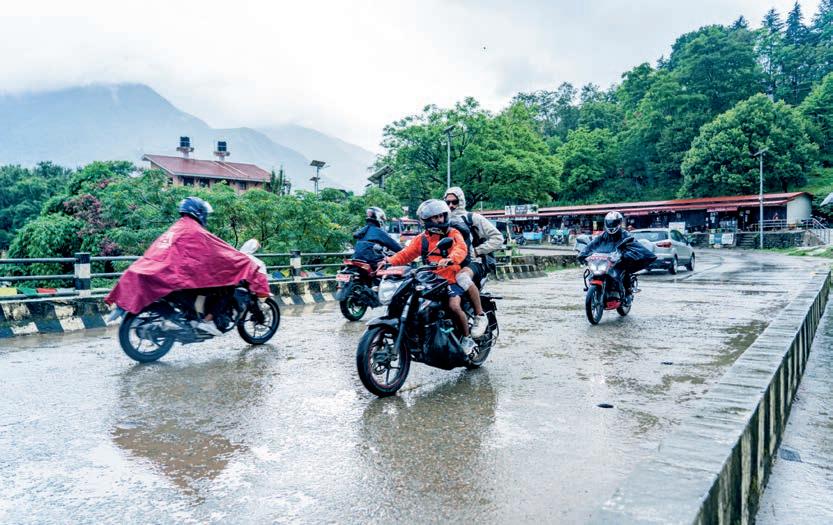
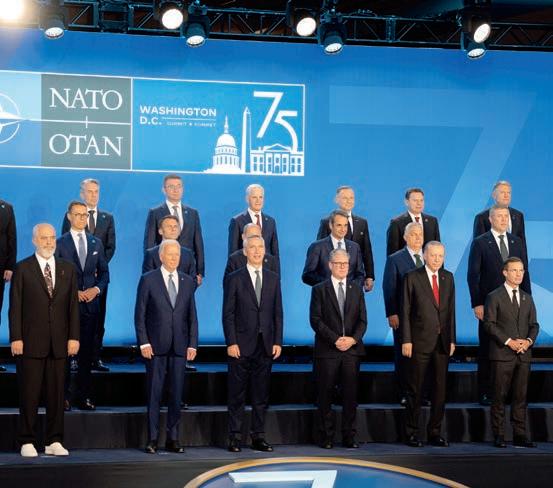
As NATO leaders gather in The Hague on June24–25, the city is under a massive security lockdown. Some 27,000 police and 10,000 defense personnel are deployed. The summit will address Ukraine, defence spending (including increasing member budgets from 2% to a proposed 5% of GDP), and regional stability.
African nations are implementing local currency payment platforms, reducing dependence on the US dollar and lowering transaction costs across the continent. This shift has drawn attention—and concern—from the U.S., with former President Trump warning that such moves may invite retaliation.
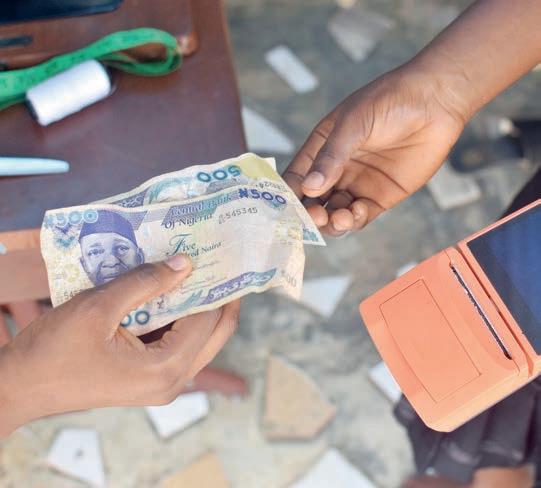
The politicisation of cryptocurrencies in the United States as a symbol of technological independence may have a long-term impact on nancial markets, but its reach depends on clear regulation, cooperation with traditional nancial institutions, and a balance between innovation and user protection
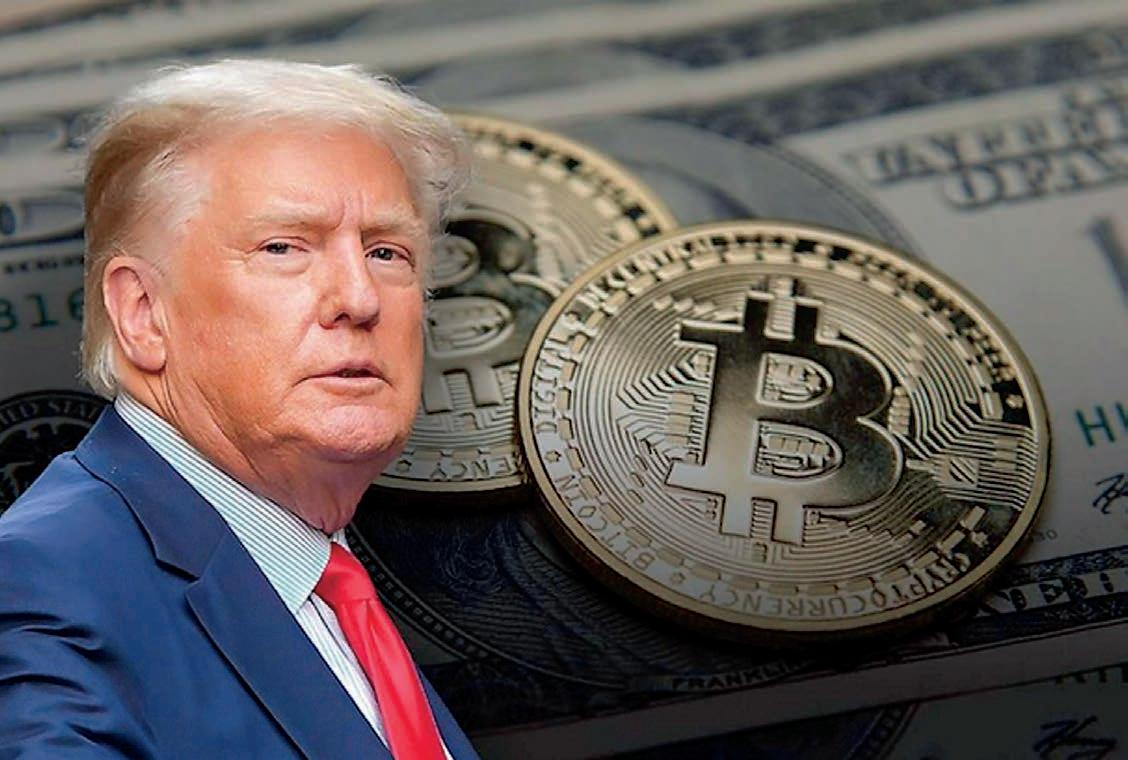
I n the political discourse of U.S. President Donald Trump’s administration, cryptocurrencies are increasingly being portrayed as an instrument of American geopolitical sovereignty and economic competition with China. He has repeatedly urged American citi -
zens to buy and hold cryptocurrencies, including Bitcoin, as a symbol of technological independence and “patriotic capital”.
While some believe this move could consolidate the leadership position of the U.S. crypto industry, many question the strate-
gic rationale behind the creation of such reserves. We discussed this with financial experts, specialists in cryptocurrency trends, and representatives of start-ups developing solutions to advance cryptocurrency trade or monitor and encourage innovation in this field.
David Mališ Head of Reserves Management Division, National Bank of Serbia
The expectation that a rise in the value of Bitcoin will reduce U.S. debt relies on an unwavering belief in its perpetual growth, while the impact this would have on the global role of the dollar and U.S. Treasury bonds remains unclear
The U.S. administration’s measures aimed at creating “strategic reserves” of Bitcoin and other cryptocurrencies represent the partial fulfilment—if only symbolic—of a campaign promise regarding a “business-friendly” policy, and a form of legitimisation of Bitcoin, an area previously unexplored by governments and central banks, which have traditionally been hesitant to venture into this domain. In any case, this initiative is meant to solidify U.S. leadirship in crypto industry and digital finance.
The actual mechanism behind President Trump’s proposal remains insufficiently clear. For now, it refers to Bitcoins already in the possession of federal authorities, acquired mostly through court proceedings, and valued at around $17–18 billion at the time this policy was announced. Any further increase in this fund would, according to its proponents, need to be “budget neutral”, meaning that potential purchases on the market must not be financed through additional borrowing. There are, however, voices claiming that without active market purchases, the fund would be “nothing more than a fancy name for Bitcoins already held by the federal government”, while others believe that future appreciation in Bitcoin’s value could serve as a source of funds to reduce U.S. national debt. This is where the core— though not the only—problem with this idea begins.
Unlike other strategic reserves—in FX reserves, energy, food, or critical raw materials—intended to ensure stability and security during times of crisis, cryptocurrency advocates are not seeking price stability. Rather, they are hoping that the involvement of the state and its sovereign funds will provide the legitimacy cryptocurrencies require, thereby attracting additional investors from around the world—not only private but institutional ones as well. This would lead to a significant increase in Bitcoin’s value and major profits for those who already hold large positions.
What the creation of “strategic reserves” in Bitcoin would mean for the position of the dollar as the world’s reserve currency, and for the global role of U.S. Treasury bonds as the bedrock of American supremacy, is unclear. The argument that Bitcoin could serve as a reliable hedge against inflation is somewhat questionable, as it remains a highly volatile asset. Furthermore, the notion that the potential rise in the value of Bitcoin could be harnessed to reduce U.S. debt reflects a blind faith in its ever-growing price. And if further expansion of the fund were to be financed with budgetary resources, it could exacerbate the already precarious fiscal outlook of the United States in the eyes of credit rating agencies and international investors, leading to increased borrowing costs.
Without clear and transparent rules, the risk of arbitrary selection of speci c cryptocurrencies is substantial and could lead to distortions in market mechanisms and a decline in public trust
This brings us to a kind of “squaring of the circle”: originally conceived as a refuge from currency debasement and a symbol of distrust in fiat currencies and the monetary and fiscal policies of sovereign states, Bitcoin and its value would, under this model, become directly dependent on the state and its market interventions—an irony not to be overlooked.
*The views expressed are personal and do not represent the official position of the National Bank of Serbia.

Ivan Andrejević Crypto Analyst
Trump’s crypto narrative holds symbolic appeal for small investors, but genuine institutional impact depends on concrete measures such as using stablecoins for bond purchases and providing incentives for the crypto industry
Trump’s portrayal of cryptocurrencies—particularly Bitcoin—as a symbol of technological sovereignty and rivalry with China carries political and strategic potential, as it capitalises on the current regulatory uncertainty that has led to a ban on cryptocurrencies in China. Such a narrative can significantly increase interest among retail investors, especially those with more conservative and nationally oriented views. It could also influence institutional investors—albeit to a lesser extent, as institutions remain cautious due to regulatory risk, liquidity, and long-term stability. However, should such a policy be translated into legislative or fiscal incentives (e.g. tax benefits), which has been mentioned on several occasions, the level of interest could rise sharply.
Essentially, political narratives of this kind act as short-term catalysts of market sentiment, but serious institutional shifts require stable, consistent policies and regulation.
Whether Trump’s announcements will boost or dampen interest in crypto largely depends on context and the credibility of the source. During periods of market optimism and stability, such announcements tend to amplify buying enthusiasm. Conversely, their effect can be negative if perceived as populist rhetoric or political manipulation lacking concrete legislation. In Trump’s case, if such policy were implemented through laws that have long been under discussion (e.g. allowing government bonds to be purchased with stablecoins, tax reliefs for mining companies, subsidies for token and cryptocurrency issuers, etc.), it would have a profound and lasting impact on the market.
An increase in cryptocurrency usage would directly support the development of the Web3 ecosystem, as more users turn to
decentralised applications (DeFi, NFT, DAO…), prompting further development of the infrastructure required for their use.
At the same time, well-calibrated regulation is of critical importance. Complete deregulation may lead to a rise in fraud and a loss of user trust, while overly strict regulation could stifle innovation and deter start-ups from operating in certain jurisdictions.
Serbia has a solid legal framework that requires modernisation, along with greater support for innovators and improved awareness of the advantages of cryptocurrencies, in order to remain aligned with global trends
The balance lies somewhere in between—where legislation does not suppress experimentation, but requires transparency and accountability.
In that respect, the Law on Digital Assets, adopted at the end of 2020 and in effect since 2021, provides a solid foundation. At the time of its adoption, it marked a major step forward, but it now urgently needs to be updated and aligned with the rapid changes taking place in the crypto industry, in line with the digital era in which we live. At present, it favours the exchange of cryptocurrencies more than decentralised Web3 projects and the benefits of embracing this technology.

Kosta Andrić CEO ICT Hub
When the leader of a global power voices support for Bitcoin, it sends a strong signal that crypto is no longer on the fringes but is becoming part of the mainstream—something con rmed by growing institutional interest, such as BlackRock’s entry into Bitcoin ETFs
Lately, we have witnessed the increasing politicisation of cryptocurrencies in the United States, particularly in the rhetoric of Donald Trump, who promotes them as instruments of American sovereignty and independence from traditional financial centres. This narrative, although simplified, has the potential to influence public perception and institutional actors alike, as it signals a possible shift in the U.S. regulatory approach towards crypto.
When the leader of a major power lends legitimacy to Bitcoin and the broader crypto market, it sends a clear message that this asset class is no longer reserved solely for enthusiasts and early adopters. We are already seeing a rise in institutional interest, primarily reflected in the entry of major players such as BlackRock into Bitcoin ETFs. These developments do not necessarily herald explosive growth, but they do strengthen the sense that crypto has entered the financial mainstream—not as a fringe element, but as part of the system’s evolution.
Increased usage of cryptocurrencies directly supports the development of Web3 and blockchain technologies. The more users there are with wallets, trading tokens, or sending stablecoins, the easier it becomes to expand the application of decentralised services. Web3 cannot develop without infrastructure and user volume, and this is precisely where cryptocurrencies play a vital role—as the first point of contact with the new internet.
When it comes to regulation, progress depends on finding the right balance. Excessive deregulation can lead to abuse (as seen in the FTX case), while overly strict rules stifle innovation and deter start-ups. Ideal solutions involve so-called “sandbox” approaches, where innovations are tested
Regulation must strike a balance—protecting users while supporting innovation through sandbox regimes and active dialogue with the industry
under controlled conditions. Regulation must protect users, but also leave room for experimentation and growth.
The Law on Digital Assets in Serbia marked an important first step, positioning the country as one of the first in the region to adopt a clear legal framework. However, in practice, licensing procedures have proved lengthy, the financial sector remains hesitant to cooperate with crypto firms, and there is a lack of flexible space for testing Web3 ideas. If Serbia wishes to align with innovation trends, the next step must involve opening the door to sandbox regimes and fostering dialogue between regulators and the industry.

Nemanja Petrović COO, Moonstruck
Global investors are increasingly allocating capital to digital assets, driven by belief in their innovative potential and expectations of more stable regulation, with a focus on projects o ering real-world applications rather than speculative ventures
The recent shift in political rhetoric surrounding cryptocurrencies is more than mere posturing. Historical patterns and current market data clearly demonstrate that statements by influential figures—such as President Trump—can have an immediate and significant impact on crypto markets. High-profile endorsements boost investor confidence and risk appetite, while also signalling potential regulatory leniency. This dynamic underscores the strong link between political discourse and financial market behaviour.
A global survey of institutional investors conducted in early 2025 revealed growing optimism towards digital assets, accompanied by increased capital allocations. This enthusiasm stems not only from the pursuit of higher returns but also from belief in the sector’s innovative potential. Furthermore, hopes for clearer and more business-oriented regulation under a pro-crypto administration have helped stimulate investment flows and market activity. Bitcoin’s rise above the $100,000 threshold shortly after Trump’s election victory stands as a clear sign of renewed investor confidence.
Nonetheless, the initial bull run did not fully meet expectations, indicating growing market maturity. Investors are becoming more discerning, shifting their focus to Web3 projects with real-world use cases and the potential to integrate with traditional industries. The next phase of growth is expected to come from blockchain initiatives that address specific problems, rather than purely speculative ventures. This evolution reflects institutional investors’
preference for innovation that delivers tangible results and sustainable business models.
The regulatory framework remains a double-edged sword. On one hand, clear and predictable rules can foster innovation, attract capital, and position the United States as a global leader in blockchain and Web3 technologies. On the other, overly restrictive regulation could stifle creativity, push legitimate businesses abroad, and reduce competitiveness. The ide-
The tension between regulatory oversight and crypto innovation re ects a deeper struggle between entrenched nancial powers and the promise of digital democratisation
al solution lies in a flexible and adaptive regulatory environment—one that protects consumers without hindering technological progress.
Ultimately, the politicisation of cryptocurrencies in the U.S.—framed as a symbol of technological independence and a strategic tool in geopolitical competition with China—holds the potential to shape financial markets and institutional investor behaviour in the long term. Its lasting impact will depend on regulatory clarity, successful integration with traditional sectors, and the ability to strike a balance between encouraging innovation and protecting consumers.
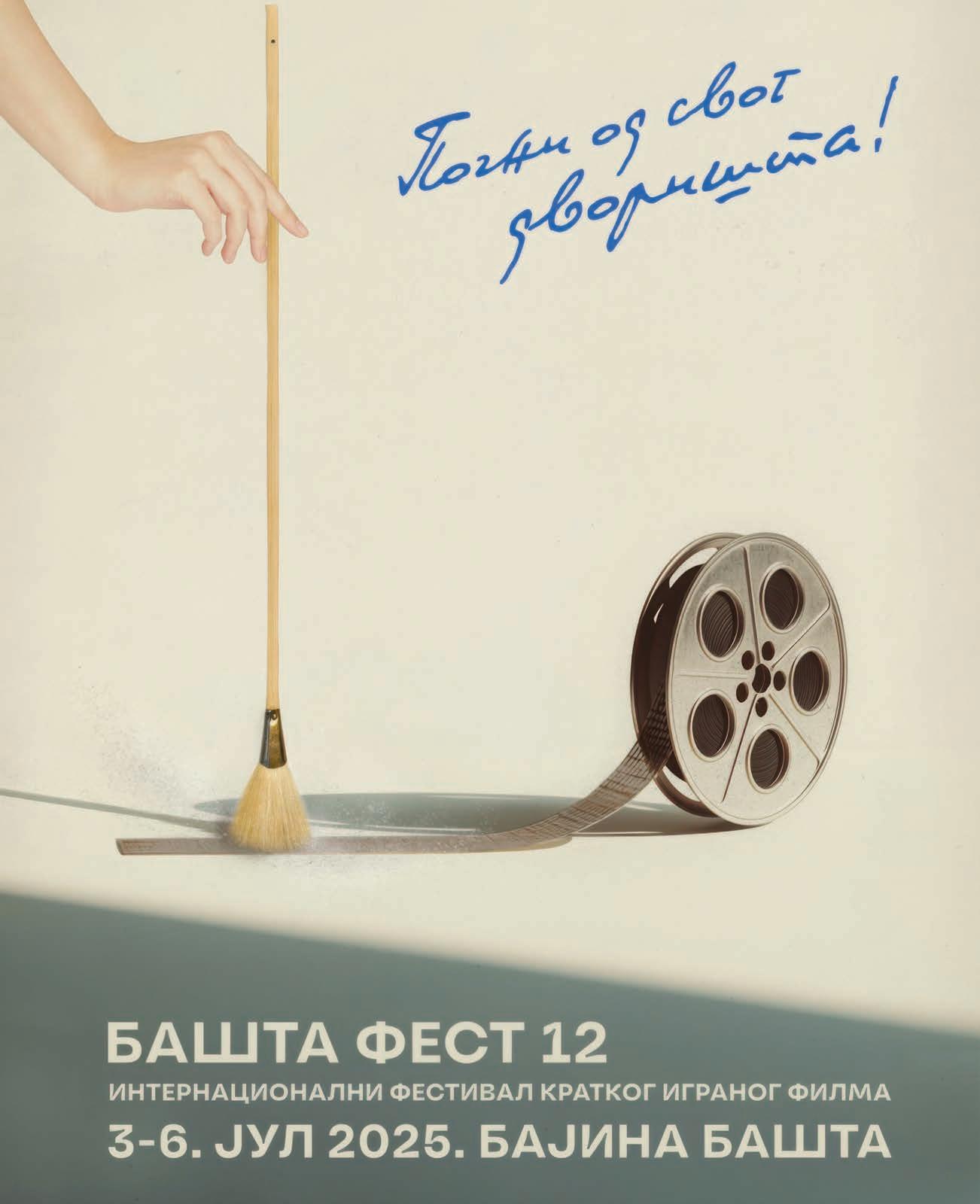

ECB President Christine Lagarde renews her call for faster implementation of the digital euro. Amid rising global crypto in uence, Europe aims to defend its monetary autonomy with urgency and clarity
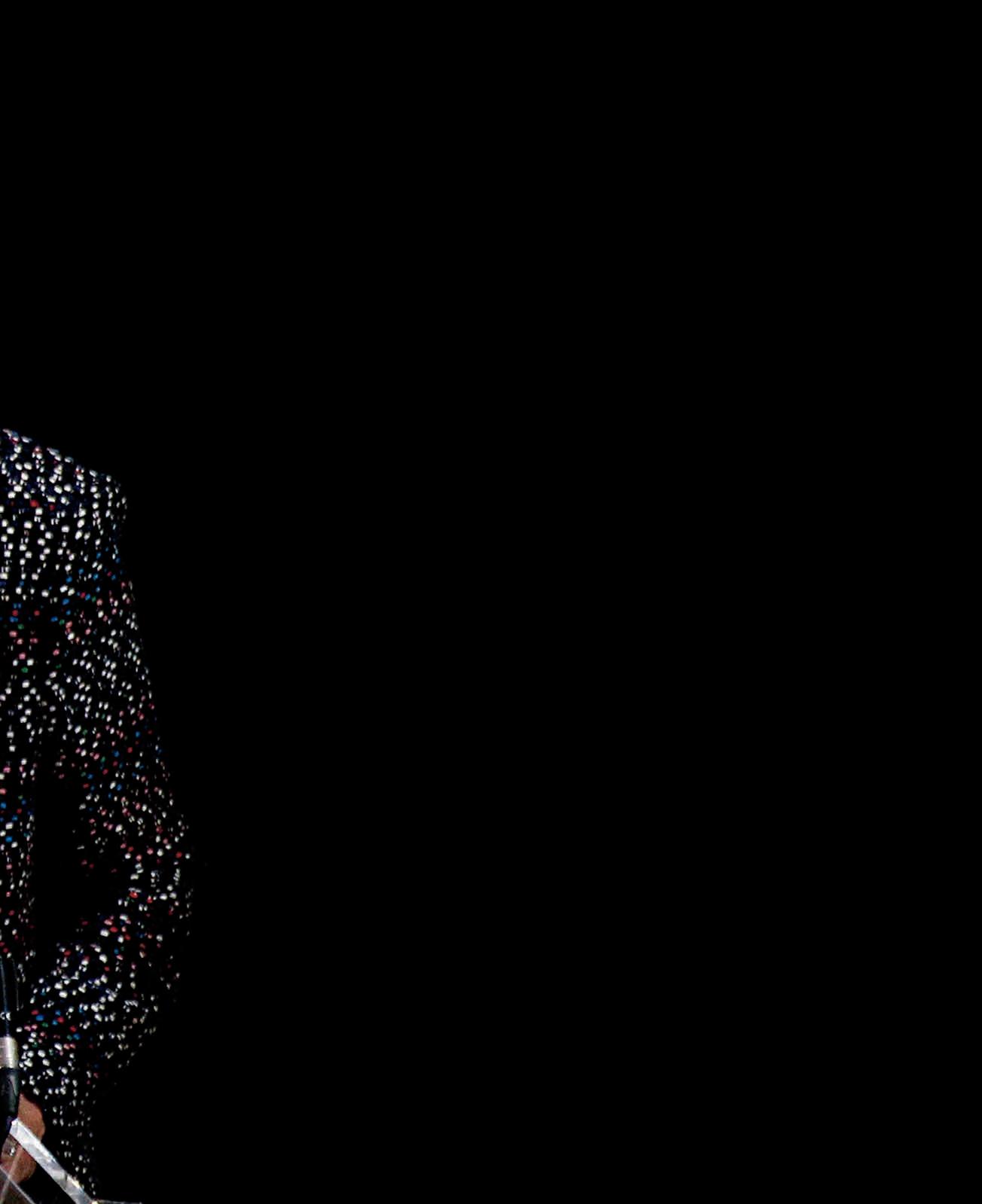
Christine Lagarde, President of the European Central Bank, has reiterated her criticism of cryptocurrencies and called for accelerated progress on the introduction of the digital euro. Speaking before the European Parliament’s Economic Affairs Committee in Brussels, she warned of both market volatility and regulatory gaps that could threaten Europe’s monetary stability if not addressed in time. While Lagarde acknowledged that the current risks posed by crypto-assets to the eurozone’s financial system remain limited, she stressed that the rapid growth of the sector demands stronger oversight. From €200 billion in early 2020 to over €2.7 trillion today, the cryptocurrency mar-
“The time to act is now,” Legarde said, underscoring that Europe’s position in the future of money will be determined not only by innovation, but by how quickly it acts to shape the regulatory and monetary tools of tomorrow
ket has seen remarkable expansion, with one in ten European households now owning crypto, and 14% indicating plans to invest in the future.
Lagarde’s concern was not limited to traditional cryptocurrencies like Bitcoin or Ethereum, which she described as speculative and unsuitable as reliable mediums of exchange. This time, her strongest words were reserved for stablecoins – digital currencies pegged to fiat assets such as the US dollar. She noted that 99% of stablecoins are currently denominated in dollars, highlighting the geopolitical implications of dollar dominance within the EU. Tether (USDT), the world’s largest stablecoin, came under particular scrutiny, as its issuing company is registered in El Salvador, a jurisdiction with no regulatory framework for such financial instruments. This lack of oversight, Lagarde warned, could allow significant vulnerabilities to spill over into the broader financial system, especially in the event of sudden, largescale redemptions.

She further raised the issue of deposit migration – where consumers might transfer money from regulated banks to private digital currencies – potentially undermining the effectiveness of the ECB’s monetary policy. Such shifts, she suggested, would reduce the role of banks in financial intermediation and weaken tools like interest rate adjustments. In her view, the only credible response lies in both coordinated global regulation and a strong, centralised digital alternative: the euro in digital form.
In this context, Lagarde described the Markets in Crypto-Assets (MiCA) framework, adopted by the EU, as a pioneering move. However, she implied that more decisive implementation is required to match the pace of innovation. MiCA sets out the world’s first comprehensive regulatory framework for crypto-assets and stablecoins, but questions remain regarding its ability to enforce rules against non-EU issuers. As the ECB expressed earlier this
year, the proposal to allow non-EU stablecoins to operate under shared branding could increase systemic risks, particularly if foreign investors initiate mass redemptions.
The ECB has long considered the introduction of a digital euro as a strategic necessity, and Lagarde reaffirmed this position. She described it as essential to safeguard Europe’s financial and monetary independence. While legislation to enable the digital euro was proposed in mid-2023, institutional hesitation has slowed progress. Lagarde warned that delays in decision-making could put Europe at a disadvantage, especially as other global actors move forward with their own central bank digital currencies (CBDCs). The digital euro would allow Europeans to pay and save in a public, secure, and accessible format, with transactions guaranteed by the central bank – offering an alternative to private platforms and foreign-controlled infrastructure.
Beyond its practical functions, the digital euro carries symbolic and strategic value. In a financial landscape where US-based payment processors and stablecoins play an increasingly dominant role, Lagarde views the ECB’s digital currency as a necessary counterbalance – a tool for preserving sovereignty in the digital age. She was clear: the project must offer privacy protections similar to cash, and must not displace the banking sector. Proposals under discussion include limits on individual holdings to prevent sudden outflows from banks.
Lagarde concluded her remarks with a call for unified international regulation of stablecoins and crypto-assets. “The time to act is now,” she said, underscoring that Europe’s position in the future of money will be determined not only by innovation, but by how quickly it acts to shape the regulatory and monetary tools of tomorrow.

President CCIFS Proactively Shaping the Business Environment
36 ALEKSANDAR VLAJKOVIĆ
Owner ASE Consultingess Association of Serbia (HBA) A Team for Every Challenge
37 SOMBOLED
President Somborska – Pleasure is important
38 SANJA IVANIĆ
general director of CCIFS; secretary general of CEBAC The Business Community as a Driver of Change
40 A CENTURY SINCE THE BIRTH OF JACQUES DELORS A Pro-European Visionary



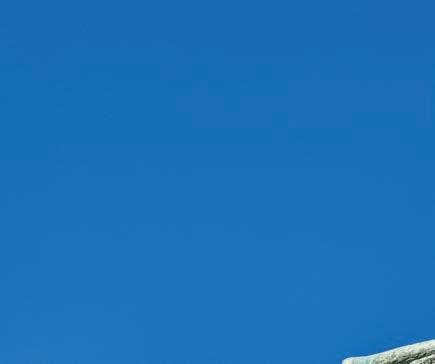
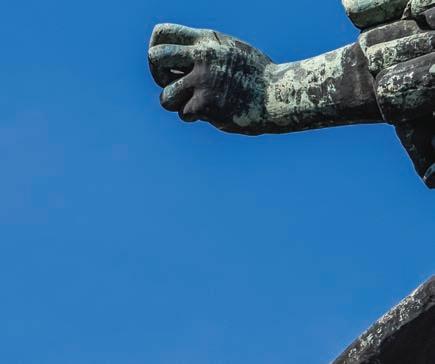
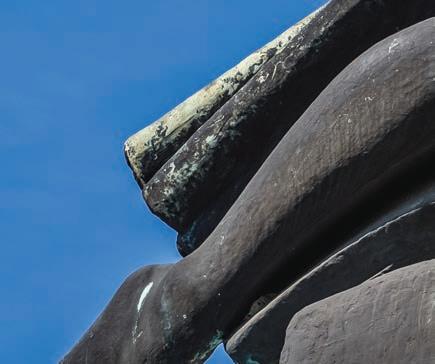


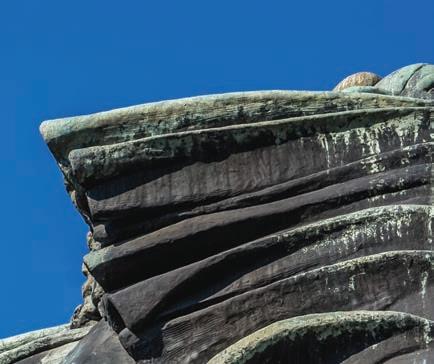
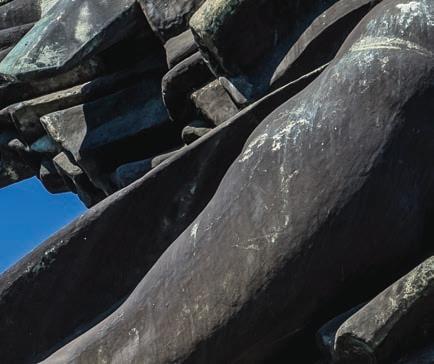



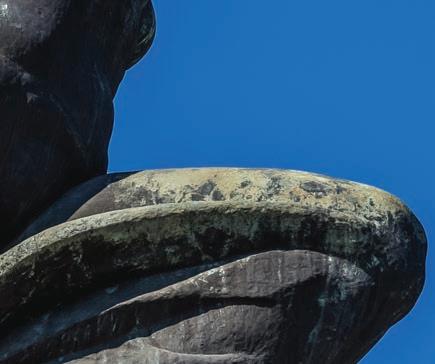


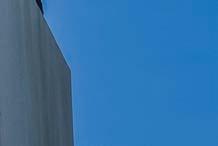




The longstanding partnership between France and Serbia continues to evolve, rooted in mutual respect, shared values, and a forward-looking vision. In this edition of CorD, we explore the political, economic, and cultural dimensions of this relationship, as well as the opportunities and challenges that lie ahead
While the foundations of Franco-Serbian cooperation remain solid – as evidenced by numerous French investments, cultural programmes, and institutional collaborations –there is also a growing awareness that the region stands at a critical juncture. As France’s Special Envoy for the Western Balkans, René Troccaz, reminds us in his text, peace and stability cannot be taken for granted. More than two decades after the end of the conflicts in the former Yugoslavia, the need for reconciliation, political dialogue and a lasting resolution between Belgrade and Pristina remains urgent.



Troccaz also notes that further progress in the rule of law, freedom of the press and judicial reform are key to creating the kind of political environment in which meaningful cooperation and investment can thrive. This is not merely a checklist for EU integration, but a broader societal imperative. France, he writes, will continue to support Serbia in advancing these reforms, but responsibility ultimately rests with local leadership and institutions. This issue also features insights from key business figures. Sanja Ivanić, CEO of the French-Serbian Chamber of Commerce, speaks of “a mature and diversified partnership,” pointing to successful cooperation across sectors such as energy, construction, and banking. Dragan Stokić, President of the Chamber’s Board, underscores the importance of predictability and transparency

for long-term economic engagement. Both stress the importance of continuity and strategic dialogue between the business community and the state.
As Serbia continues its path of transformation, the presence of French companies, from historical investors to new entrants, remains a powerful symbol of trust and ambition. At the same time, the prospect of renewed diplomatic leadership in Belgrade – with the expected arrival of a new French ambassador –brings an opportunity to revitalise bilateral dialogue and deepen cooperation in key areas, including green transition, digital innovation and regional security.



As Serbia continues its path of transformation, the presence of French companies, from historical investors to new entrants, remains a powerful symbol of trust and ambition
We extend our sincere gratitude to our partners – Lesaffre, Belgrade Airport, ASE Consulting and Somboled – for supporting this edition. Their commitment is a testament to the strength and vitality of the French-Serbian partnership, and a reminder that progress is best achieved when institutions, businesses and civil society work in concert.




French companies have a long-term and stable presence in Serbia, with investments that are not just capital-intensive but also contribute to the transfer of knowledge, technology, and business culture. Their contribution is multifaceted — from modernising infrastructure, enhancing the energy sector, to strengthening the food industry and logistics. – Dragan Stokić

Dragan Stokić, President of CCIFS, in an exclusive interview for CorD, highlights that Serbia has significant potential for development in sectors requiring high added value and innovation, and that the role of French companies is particularly important. He also adds that the key areas for further cooperation improvement are digital transformation, sustainable mobility, green energy, and education.
During the General Assembly of CCIFS, plans were presented for strengthening the network of members and enhancing the business community. What specific initiatives do you plan to further strengthen mutual cooperation and the position of French companies in the Serbian market? — Our focus is on connecting members through thematic clubs and sectoral working groups, as well as enhancing the visibility and influence of the community through cooperation with domestic institutions. We plan a series of workshops, B2B events, conferences, and a regional forum. In addition, through partnerships with local and international associations, our goal is for French companies to be proactive in shaping the business environment and be recognised as leaders in sustainable and responsible business practices. In this regard, we are proud to have been one of the initiators of the Council of European Business Associations and Chambers of Commerce (CEBAC) and its first secretary.
The new Government of Serbia has been formed during a time of challenges but also opportunities for improving the economic climate. What are your expectations regarding the cooperation between CCIFS and the French business community with the new cabinet, and which reforms would you prioritise? — We expect open dialogue and continuity in reforms that contribute to a predictable and transparent business environment. We see reforms in the judiciary, administrative simplification, public administration digitalisation, and improvement of the education system in line with labour market needs as priorities. CCIFS is ready to, as a bridge between institutions and the business community, provide constructive proposals and support in defining and implementing reform measures.
French companies play a significant role in the construction of the Belgrade metro, but the project faces certain challenges. How would you assess the progress so far, and how can CCIFS contribute to overcoming existing obstacles?
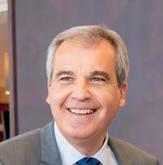
Our focus is on connecting members through thematic clubs and sectoral working groups, as well as enhancing the visibility and influence of the community through cooperation with domestic institutions
We expect open dialogue and continuity in reforms that contribute to a predictable and transparent business environment
By connecting with already present firms, facilitating the exchange of experiences, and assisting in navigating local procedures, CCIFS can help overcome obstacles and accelerate the project’s realisation
— French companies, such as RATP Dev, Alstom, and Egis Rail, are key partners in the development of the Belgrade metro. Their participation brings essential international experience in managing complex infrastructure projects, from technical recommendations to planning operations and cost optimisation. RATP Dev, for example, has been actively involved as an advisor in the early stages of the project for two years, which further confirms the trust of domestic institutions. However, the project faces challenges, particularly regarding administrative procedures, coordination among multiple international partners, and environmental issues. In this context, CCIFS (the French-Serbian Chamber of Commerce) can play an important role as a bridge between French companies and the local environment. By connecting with already present firms, facilitating the exchange of experiences, and assisting in navigating local procedures, CCIFS can help overcome obstacles and accelerate the project’s realisation.
The establishment of the Council of European Business Associations and Chambers of Commerce (CEBAC) in Serbia represents an important step towards strengthening the joint presence of the European business commu-
Through partnerships with local and international associations, our goal is for French companies to be proactive in shaping the business environment and recognised as leaders in sustainable and responsible business practices
nity. How do you see the role of CCIFS within CEBAC and what benefits do you expect for your members?
— CCIFS’s role within CEBAC is very active — as one of the founders and its first secretary, we are dedicated to improving coordination and jointly representing the interests of the European business community. We are proud that we used the first year to launch a large number of projects: initiating the work of sectoral committees, organising several events with over 200 companies attending each time, starting a dialogue with various ministries, and becoming the main inter-
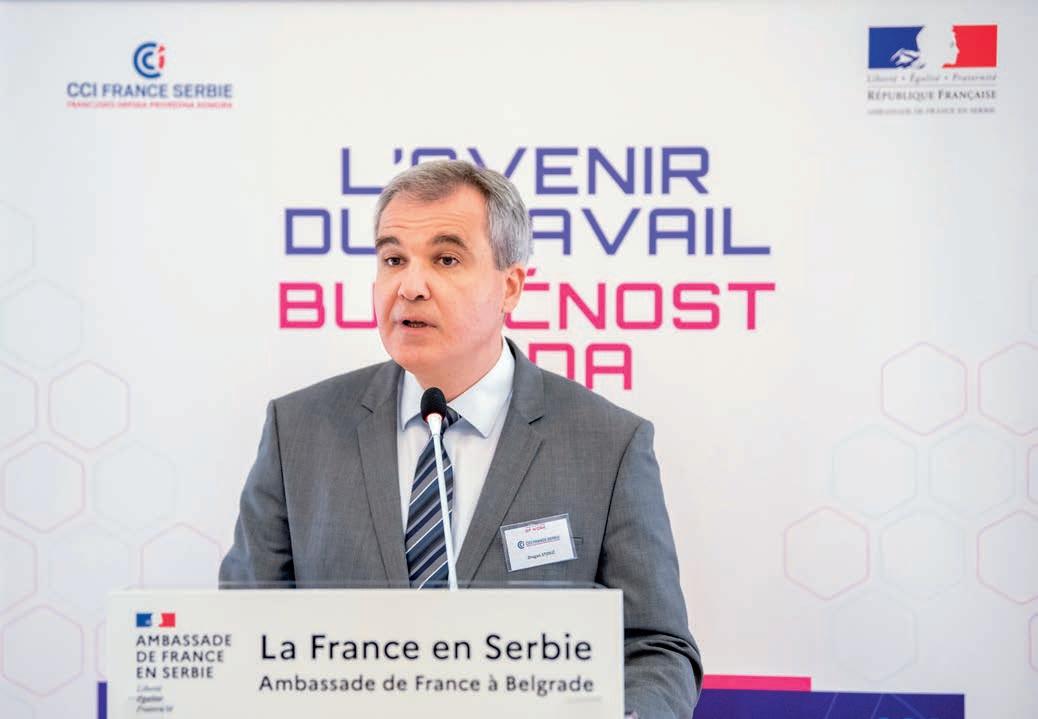
locutor for the EU Delegation in Serbia, as well as the European Commission. CEBAC provides a strong unified voice for European companies in dialogue with authorities and international institutions. Our members will benefit from better information, joint initiatives, networking opportunities, and the chance for their voices to be heard through this unique platform.
EXPO 2027 is a great opportunity to promote French innovation, culture, and entrepreneurship. Our goal is to showcase the best that the French economyoffers — from sustainable solutions in urban planning to creative industries
France’s participation in EXPO 2027 in Belgrade has been confirmed by President Macron. What activities does CCIFS plan for this event to further promote the French economy and culture in Serbia?
— EXPO 2027 is a great opportunity to promote French innovation, culture, and entrepreneur-
ship. CCIFS will organise a series of events before and during the exhibition, including thematic forums, business delegations, and cultural-business meetings. Our goal is to showcase the best that the French economy offers — from sustainable solutions in urban planning to creative industries. We also see EXPO as an opportunity to strengthen Franco-Serbian partnerships and enhance bilateral cooperation in areas of mutual interest.
Sustainable development and ESG principles are becoming increasingly important factors for the success of companies in the global market. How does CCIFS support its members in implementing ESG standards, and what areas do you see as key for further development? — CCIFS recognises ESG as a key component of modern business. We organise training sessions, workshops, and panels on these topics in collaboration with experts and members who are leaders in ESG practices. Special focus is placed on decarbonisation, circular economy, inclusive employment, and ethical governance. Additionally, we work on connecting members with relevant financial and regulatory actors to facilitate alignment with increasingly demanding sustainability standards.
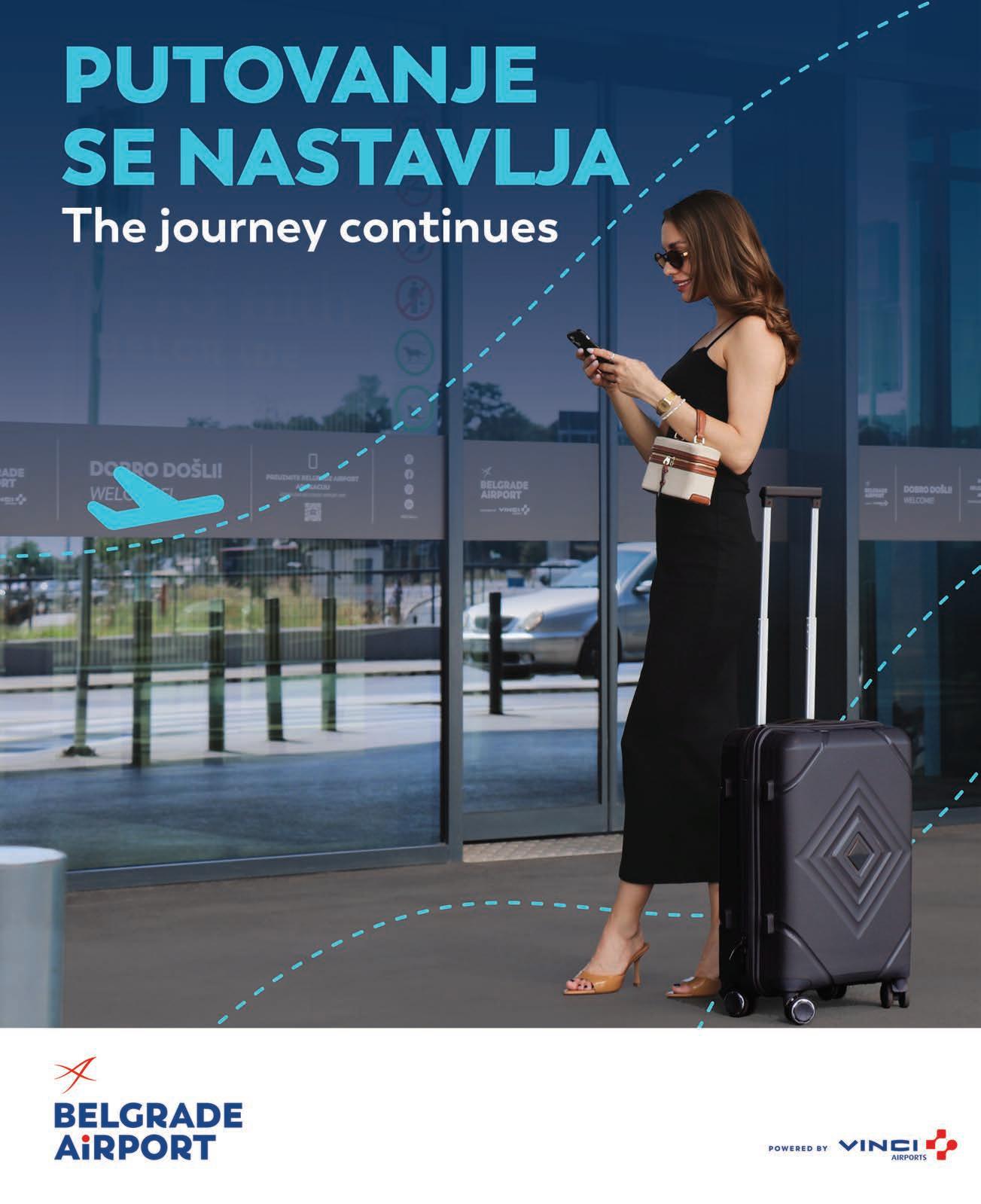
ASE Consulting, a member of the Association of Consulting Engineers of Serbia and the French-Serbian Chamber of Commerce, has built a successful reputation in providing expert supervision at all stages of construction, as well as in project management

Every successfully implemented project provides us with experience and the additional strength needed to take on new challenges in complex construction — says Aleksandar Vlajković, with whom we spoke about the challenges of the construction sector, the projects his company is currently engaged in, investor expectations...
Your company specialises in expert supervision and the management of complex construction projects. What exactly do your services include?
— ASE Consulting primarily provides expert supervision services across all stages of construction, from excavation pit protection and structural works to the installation of systems and the execution of architectural and finishing works. In addition to supervision, we offer project finance monitoring services for clients who require reports for the banks. We are also able to provide consultancy for the design and construction management of complex facilities.
You are currently engaged in numerous projects, from the construction of mixed-use buildings and hotels to industrial facilities and a water park?
— There is currently a great deal of construction underway in Serbia, creating opportunities for both existing and new consulting firms to become involved. My company is currently engaged in several projects, among which I would highlight the expert supervision of the new “Panonka” development in Novi Sad,
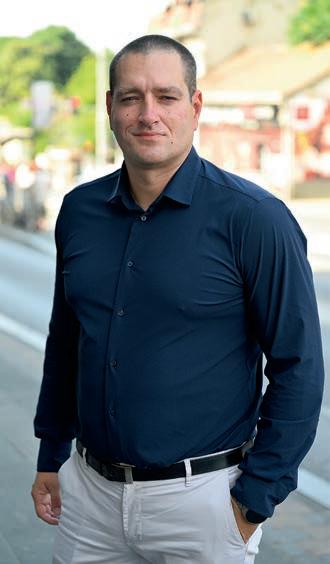
your visibility and networking with successful professionals?
— Both memberships have given me the opportunity to exchange valuable business ideas, participate in important seminars both in Serbia and abroad, meet successful professionals and identify potential new business opportunities.
You have a team that, thanks to its knowledge, experience and dedication, can rise to every challenge encountered during the course of a project?
— We are engaged in an extremely responsible line of work, where even the smallest oversight or error in monitoring and quality control on construction sites is unacceptable. The role of expert supervision on any project is a serious undertaking. A well-executed supervision process during construction provides the investor with assurance and confidence that the project will be completed successfully and on time. Effective supervision in-
A well-executed supervision process during construction provides the investor with assurance and confidence that the project will be completed successfully and on time
commissioned by the investment company Zoned Group. This project involves the construction of a new residential and commercial neighbourhood comprising 14 buildings, ranging from eight to 14 storeys, with a total residential area of 85,000 square metres.
ASE Consulting is a member of the Association of Consulting Engineers of Serbia and, more recently, the French-Serbian Chamber of Commerce. This says a great deal about
cludes not only daily and weekly reports from regular site visits, but also the organisation of regular meetings with contractors, designers and other consultants, in order to successfully coordinate activities, meet monthly and final deadlines, swiftly address issues arising during the works, and manage all other crucial factors that affect the successful realisation of the project. Every successfully completed project enhances our expertise and provides the strength needed to take on the next challenge in complex construction.
President, the most prominent brand of the French group Lactalis, continues to strengthen its position on the Serbian market year after year. Thanks to the joint efforts of colleagues from France, Serbia, and other countries where Lactalis operates, excellent results have been achieved locally.
One of the ways to increase sales and market share lies in continuous innovation and further investment in existing products. This year, Somboled, a member of the Lactalis Group, is celebrating a significant milestone – 40 years of President Somborska on the Serbian mar-
ket. To mark the occasion, a special anniversary packaging design for 2025 has been unveiled, and a new campaign for this product is currently in preparation.
To recall, President Somborska is a full-fat white cheese, known for its rich flavour and creamy texture, produced for four decades according to the original recipe of the Sombor dairy. Made from premium-quality cow’s milk sourced from the pastures of Vojvodina, it retains its freshness thanks to high-quality packaging –available in 250g, 500g and 900g tubs.
President Somborska is an ideal ingredient for preparing a variety of salads
and, when combined with tomatoes, peppers, onions, lettuce, rocket, herbs and olive oil, allows for a delicious meal to be made with ease. It also pairs excellently with fine meat delicacies and makes a perfect addition to quick appetisers. Moreover, it can be served as a refreshing side dish with grilled specialities. It can also be used for making sandwiches, canapés and bruschetta, or as a key ingredient in the preparation of traditional pies and gibanica, giving them a distinctive flavour. However you choose to enjoy President Somborska, one thing is certain – you will enjoy it, and pleasure is important.
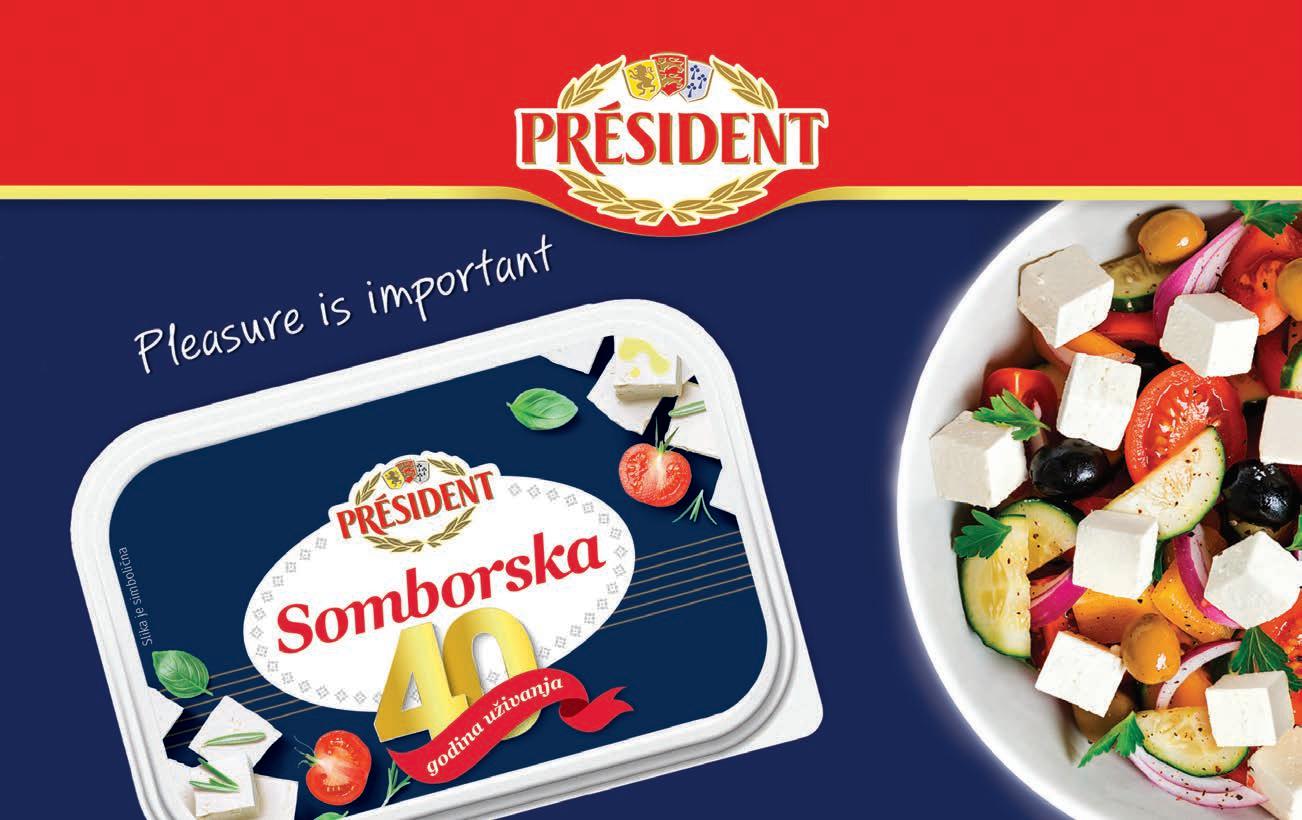
The business community must actively engage in the European integration process as it can be the key driver of change through the adoption of European standards and practices. As CCIFS, and through the platform of the Council of European Business Associations and Chambers (CEBAC), we will intensify our cooperation with EU institutions and national bodies in the coming period to provide our members with up-to-date information, training, and support to align with European regulations – Sanja Ivanić
In this interview with Sanja Ivanić, Executive Director of the French Chamber of Commerce and Industry in Serbia (CCIFS), we learn more about the chamber’s current role in Serbia’s EU integration, the organisation of significant events, and the services CCIFS offers to French companies. Ivanić also provides an in-depth explanation of preparations for EXPO 2027, which she sees as a major opportunity for the promotion of French innovations in the regional market.
You recently met with European Commissioner for Enlargement, Marta Kos, to discuss Serbia’s European perspective. What were the key conclusions of that meeting and how does CCIFS plan to support its members in the context of the current integration processes?
— The meeting with Commissioner Marta Kos was very constructive and confirmed that Serbia’s European perspective remains firmly on the EU agenda. It was stated that there is currently momentum regarding the accession process and that
The goal of CEBAC is to contribute to creating a more competitive, stable, and predictable business environment for all companies operating in Serbia – whether they are international or domestic. For CCIFS members, this means even stronger support
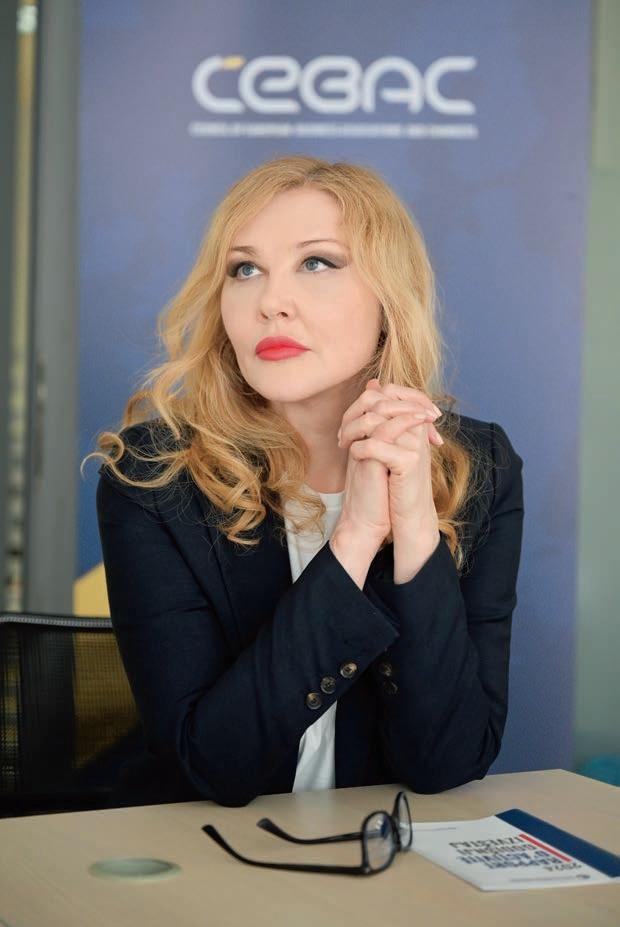
Serbia must seize this opportunity and accelerate reforms. The key conclusion is that the business community must actively engage in the European integration process, as it can be a driver of change through the adoption of European standards and practices. As CCIFS, and through the platform of the Council of European Chambers of Commerce and Associations in Serbia (CEBAC), we will intensify our cooperation with EU institutions and national bodies in the coming period to provide our members with up-to-date information, training, and support to align with European regulations. We will also work on increasing the visibility of successful examples of cooperation between French and Serbian companies that already operate in line with European principles.
In 2024, CCIFS organised several significant events, including the France-Western Balkans Forum and the traditional French Week. Which activities would you highlight as most important for promoting French-Serbian cooperation and what new initiatives can we expect in 2025? — I would single out the France-Western Balkans Forum as the most strategically important event, as it brought together companies, institutions, and partners from across the region with the aim of strengthening regional connectivity and positioning France as a reliable investor. On the other hand, French Week has a strong cultural and promotional character, further enhancing mutual understanding and trust between France and Serbia. In 2025, we will organise the second edition of the France-Western Balkans Forum, focused on the theme “Adapting to Change: Building Business Resilience”, while in November we will host a new edition of French Week, including traditional events such as Beaujolais Nouveau, and plan to organise a conference on nuclear energy.
As the General Secretary of the newly established CEBAC, you are actively involved in strengthening the European business community in Serbia. What are the main initiatives launched within CEBAC and what contribution do you expect for CCIFS members?
— The 14 chambers and business organisations that make up CEBAC represent over 2,000 companies with European capital, employing more than 120,000 people. When it comes to foreign trade, European countries are Serbia’s most significant partners, both for exports and imports. In this sense, CEBAC is today the most important economic factor in Serbia.
CEBAC is a project I have personally championed since 2014, and I am very pleased that we were finally able to realise it in 2024. Having had the opportu-
nity to be the first General Secretary of the Council and to lay a strong foundation in its first year holds particular professional significance for me.
In just a few months, we have launched the work of sectoral committees, organised several events with over 200 participants each, established a dialogue with key ministries, and become the most important interlocutor for the EU Delegation in Serbia as well as the European Commission.
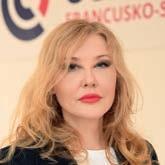
The meeting with Commissioner Marta Kos was very constructive and confirmed that Serbia’s European perspective remains firmly on the EU agenda
CEBAC
The 14 chambers and business organisations that make up CEBAC represent over 2,000 companies with European capital, employing more than 120,000 people
CCIFS
Our team guides companies through every stage of entry – from initial analysis, market testing, to establishment and expansion
The goal of CEBAC is to contribute to creating a more competitive, stable, and predictable business environment for all companies operating in Serbia – whether they are international or domestic. For CCIFS members, this means even stronger support, direct influence on business policies, and more opportunities for connecting with the European business community.
CCIFS provides support to French companies wishing to develop their business in Serbia through a range of specialised services. What are the most in-demand services, and how does the chamber help companies successfully enter and position themselves in the market? — The most sought-after services are market studies, business partner identification, and support during market entry. Our team guides companies through every stage of entry – from initial analysis, market testing, to establishment and expansion. What sets us apart is our approach, which combines local experience with French standards of quality.
EXPO 2027 in Belgrade offers a unique opportunity for the promotion of French companies and innovations. How does CCIFS plan to support its members in preparing for this event and further strengthen their presence in the regional market?
— EXPO 2027 is a great opportunity not only for Serbia but for the entire region, and we see it as a key event for positioning French companies, especially those engaged in sustainable solutions, urban planning, and digitalisation. CCIFS is already working with relevant institutions on the preparation of the French Pavilion and supporting companies wishing to showcase their offerings through national or sectoral presentations. In addition, we are planning special business missions and thematic conferences to accompany the EXPO activities, with a focus on connecting with partners from the Western Balkans region. Together with other French chambers from around the world, we will also organise visits for their members and business meetings during this period.
“The European idea is based on a triptych: competition that stimulates; cooperation that strengthens; solidarity that unites,” Jacques Delors would often reiterate, expressing his unwavering faith in the original concept of integration –something he once called an “unidentified political object.” Though an old idea dressed in new clothes, the notion of “Europe ’92” succeeded above all thanks to a very concrete programme and its rigorous implementation
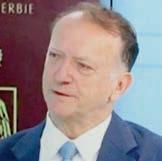
By Duško Lopandić Professor of European Law, President of the Forum for International Relations
Although he was never a president or a prime minister of his own country, Jacques Delors (1925–2023) will be remembered as one of the most significant French political figures of his generation, and a great European whose influence shaped today’s European Union more than perhaps any other politician of his time. He served as President of the European Commission for nearly a decade (1985–1994), a period during which the European Community – previously a primarily economic union of Western Europe – was transformed into the European Union, with ambitions to encompass the entire continent. The only Commission president to serve three terms,
Delors played a pivotal role in formulating and securing key decisions and pioneering policies that led to the creation of the single market, the Schengen Agreement, the Maastricht Treaty (1992), the establishment of the Economic and Monetary Union and the introduction of the euro, as well as the EU’s expansion to Mediterranean and EFTA countries and the opening of membership prospects for Central and Eastern European states.
Nothing at first glance suggested that history was about to take a decisive turn on that day in January 1985, when this former French finance minister, bank official, Christian trade unionist, and life-
long socialist first stepped into the grey corridors of the Berlaymont building –the Brussels seat of the European Commission. His predecessor, the now largely forgotten Luxembourg politician Gaston Thorn, had left the institution in a state of one of its cyclical spells of euro-pessimism, the kind we are familiar with even today. A self-made man and descendant of peasant stock from Corrèze in central France, Delors had built a career in France’s elitist public administration through hard work and an exceptional sense of duty – something he soon brought to the slumbering Brussels bureaucracy. Yet this industrious man, a brilliant organiser with gentle manners and a somewhat reserved demean-
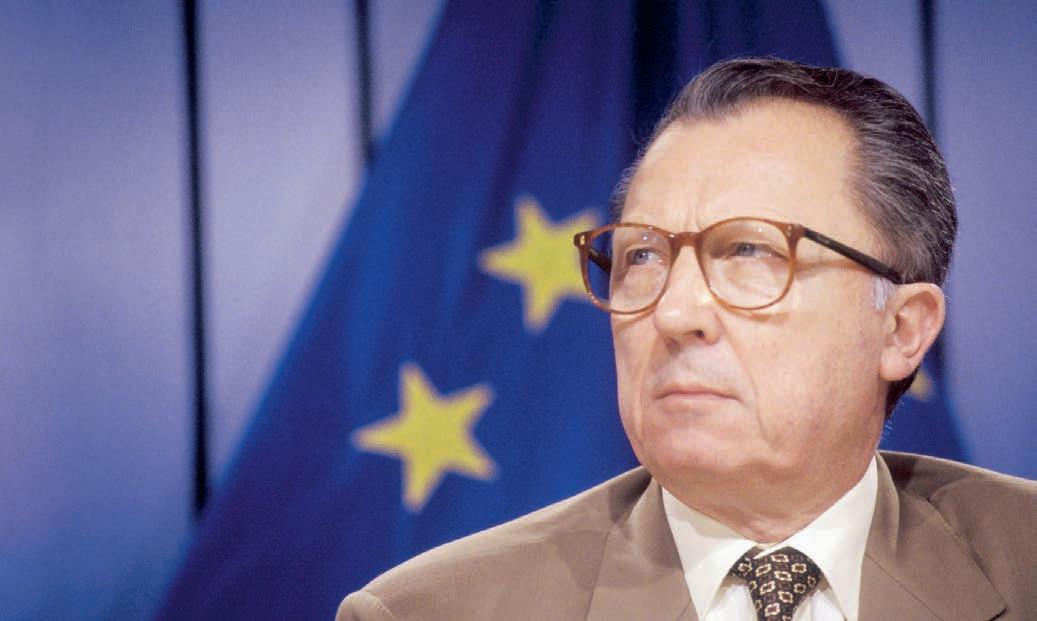
our, was always much more than a successful technocrat. He was a politician of conviction and integrity, a socialist with a deep sense of solidarity and empathy, and a pro-European activist with a clear vision.
Just months after his arrival in Brussels, one of the most effective political and communication campaigns in the EU’s history was launched – “Europe ’92” – echoing the spirit of Jean Monnet and the founding of the European Coal and Steel Community. It was an old idea, but reframed in Delors’ style: a plan comprising over 300 measures aimed at removing border, administrative and other barriers in order to achieve the “four freedoms” of movement and to complete the “internal” (or single) market.
“The European idea is based on a triptych: competition that stimulates; cooperation that strengthens; solidarity that unites,” Delors would often repeat, reaffirming his belief in a form of integration he once dubbed “an unidentified political object.” Though an old idea dressed anew, “Europe ’92” triumphed thanks to a concrete programme and strict implementation.
The plan succeeded beyond expectations and resonated widely across Europe at the time. Even neutral EFTA countries applied for membership. With changes unfolding in Eastern Europe and German reunification, France and Germany – led by Mitterrand and Kohl – proposed the creation of a political union. History was accelerating at a frantic pace.
“It was our greatest failure,” Delors remarked with a note of self-criticism, referring to the “Yugoslav drama” that during his term in Brussels had turned into tragedy. In his Memoirs (2004), co-written with journalist Jean-Louis Arnaud, Delors recounted a visit to Belgrade in May 1991, alongside European Council President Jacques Santer. It was one of the final attempts by Brussels to offer financial aid and the prospect of closer association with the Community in a bid to prevent the complete disintegration of the federation. Delors described meetings with federal officials Ante Marković and Budimir Lončar, as well as individ-
ual and joint discussions with the presidents of the six republics. The republican leaders remained divided.
During a joint meeting, Slobodan Milošević, Delors wrote, symbolically moved his chair to sit on the opposite side of the table from the other five presidents. “We returned from Belgrade with the uneasy feeling that our economic offers would not suffice to prevent serious incidents,” he noted.
Although SFR Yugoslavia had, in the decades before the 1991 catastrophe, led the way among former socialist states in cooperation with the EEC – even concluding an ambitious cooperation and association agreement in 1980 – and was objectively in a position to begin deeper integration earlier than Poland or Hungary, everything collapsed rapidly. Delors further described Germany’s unilateral recognition of Slovenia and Croatia, the failure of the Yugoslavia Conference, and his speech in August 1992, in which he stated that only military intervention could stop the civil war and the continuing bloodshed.
Once the conflict erupted and Yugoslavia began to disintegrate, the EU’s
primary goal became to avoid a negative domino effect across the continent.
“The breakup of Yugoslavia is a tragedy –the collapse of the European Community would be a catastrophe,” Delors summarised the consensus among the Community’s member states at the time.
In December 1991, almost simultaneously with the dramatic events in Eastern and Southeastern Europe, the Maastricht Treaty was signed, establishing the European Union. A new Europe was being born – unified, while former socialist federations were falling apart.
After stepping down as Commission President in 1995 and declining to re-enter French national politics (he turned down
“There is a deliberate, systematic attempt to weaken Europe,” warned the committed European federalist in 2004, ahead of the EU’s protracted polycrisis –words that today appear truly prophetic
euro to the great financial crisis; from the Treaties of Amsterdam and Nice to the failure of the proposed “European Constitution” and the adoption of the Lisbon Treaty; from the “big bang” enlargement to the rise of populism and Brexit.
“If there is no such thing as permanent victory, there is also no eternal defeat,” this wise man would say, perhaps thinking of other lifelong passions of his, such as basketball and cycling.
Though somewhat faded, Delors’ vision remains present – in both the strategy and practice of the European Commission, and in the work of institutions he helped to found, such as the Notre Europe – Jacques Delors Institute, which marked the centenary of his birth with a

calls to run for president), Jacques Delors devoted himself, much like Jean Monnet before him, to supporting European projects and ideals from behind the scenes.
“There is a deliberate, systematic attempt to weaken Europe,” warned the committed European federalist in 2004, on the eve of the EU’s prolonged “polycrisis” – words that today seem strikingly
prophetic. It was the end of the euro-euphoria era.
“Where there is no vision, the people perish,” he liked to quote the old proverb.
Delors continued to observe and comment on the ups and downs of the European project in the opening decades of the 21st century: from the success of the
conference titled “Strengthening the Single Market for a Sustainable and Prosperous Future for Citizens.”
“People do not fall in love with a single market... the European project must also have a soul,” Delors often said, advocating European solidarity, regional development policies, social measures and the fight against growing inequality.



A Conversation with Milan Rašković (Bureau Cube Partners) and Manuela Gatto (Zaha Hadid Architects)
Anđelko Ristićević Business Development

As the global architectural landscape embraces sustainability, digital innovation and biophilia, Serbia is stepping into the limelight—blending regional tradition with international dialogue

Across the world, architecture in 2025 is undergoing a transformation: driven by environmental awareness, technological shifts and a human-centred ethos. Some of the most compelling expressions of this evolution are emerging from unexpected places—including Serbia. The nation’s creative scene is gaining international traction, not through grand gestures, but through programmes rooted in intercultural exchange, public engagement and conceptual depth.
One standout example is BINA – Belgrade International Architecture Week, founded in 2006 by the Association of Belgrade Architects and the Belgrade Cultural Centre. BINA is not merely a festival; it is a platform for intercultural dialogue, transnational collaboration and professional mobility. Year after year, it convenes architects, students, researchers and families in exhibitions, walking tours, lectures and seminars. Notable themes—such as the 2024 focus on modernist heritage and the 2025 emphasis on “The Publicness of Architecture” and “Understanding How the City Grows”—illustrate how BINA fosters critical reflection on urban space, architecture’s social role, and innovative urban practices. It is in such forums that local design discourse aligns with broader global concerns—resilience, public space, circularity and inclusive development.
BINA’s impact resonates beyond Belgrade. Through its membership in European platforms and its outreach to children and non-professionals, the festival redefines architecture as an accessible cultural practice. Workshops like “BINA Walks”, which guide participants through postwar modernist landmarks or new housing co-
operatives, invite communities to engage actively with the built environment. This kind of participatory practice exemplifies a global trend: architecture not as object, but as collaborative process.
Serbian architects also enjoy visibility at major international venues. Take, for example, Serbia’s participation at the Venice Architecture Biennale—where projects such as the intriguing woolunravelling installation “Unraveling: New Spaces” captivated audiences with its powerful metaphor for impermanence, reuse, collective memory, and decentralised design. Such installations demonstrate that ideas conceived in Belgrade can resonate globally, offering poetic yet practical insights into materiality, time and ecology.
Sustainability is another defining focus. The 11th International Landscape Architecture Exhibition in Belgrade explores adaptive urban green systems, reinforcing lessons in ecology and community anticipation ahead of City Expo 2027. Meanwhile, the annual Belgrade Design Week continues to champion regional innovation in architecture, urbanism, product design and beyond. Similarly, the Mikser Festival brings art, architecture, tech and public programming together in a creative explosion—connecting Belgrade to global creative circuits.
These developments do more than signal Serbia’s rising design profile—they reflect a shared shift in architecture itself. Today’s architectural sphere values system-awareness over ego, networks over monuments, and ideas over icons. It seeks to cultivate spaces that are resilient, inclusive, intelligent—and meaningful.
As global trends advocate for modular construction, regenerative materials, pedestri-
an-friendly planning and biophilic integration, Serbia’s creative platforms demonstrate that these concepts are not abstract ideals but lived practices. In embracing dialogue across disciplines, embracing mobility, and engaging diverse audiences, Serbia reminds us that architecture is not only about building but about co-creating shared futures. In the end, what emerges is an invitation: to look beyond metropolitan hubs, to tune into regional and cultural laboratories of innovation. As we chart the course of global architecture, voices from Belgrade and beyond are not echoes—they are catalysers, shaping the discourse and revealing what any building should ultimately be: a space of connection, care and possibility.
The nation’s creative scene is gaining international traction, not through grand gestures, but through programmes rooted in intercultural exchange, public engagement and conceptual depth
A Conversation with Milan Rašković (Bureau Cube Partners) and Manuela Gatto (Zaha Hadid Architects)
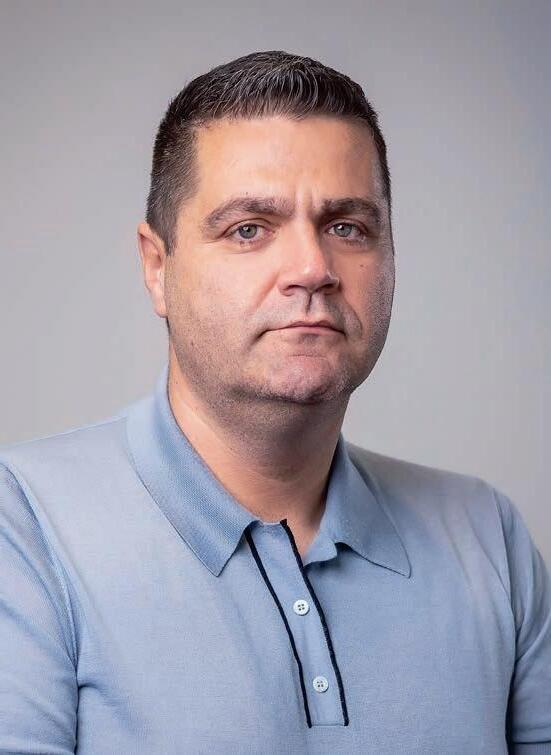
Milan D. Rašković PhD CEO and Partner at Bureau Cube Partners

Manuela Gatto Director at Zaha Hadid Architects
by

One of the most ambitious cultural and architectural projects in Southeast Europe is taking shape in Belgrade, the new Nikola Tesla Museum. Transforming the site of the former Milan Vapa Paper Mill into a futuristic tribute to one of history’s greatest inventors, the project brings together two distinctive forces in global and regional architecture: the internationally acclaimed Zaha Hadid Architects and Serbia’s Bureau Cube Partners.
The museum aims to become a landmark of architectural, scientific, and civic significance, celebrating Tesla’s universal values, innovation, imagination, and progress. With public spaces, interactive installations, a rooftop restaurant, and an immersive transformer gallery, the design goes beyond commemoration. It invites new ways of learning, gathering, and engaging with Tesla’s legacy. In this conversation, Manuela Gatto, Director at Zaha Hadid Architects, and Milan D. Rašković share their perspectives on the collaboration, the design philosophy behind the museum, and the legacy they hope to build in Tesla’s name.
Led by Milan D. Rašković, PhD, Bureau Cube Partners is one of the most recognised architectural practice in Serbia, known for its interdisciplinary approach, design precision, and research-driven practice. Under his leadership, the studio has delivered a series of complex and high-profile projects across the country while shaping the future of Serbian architecture through both local innovation and international collaboration. Their joint submission with Zaha Hadid Architects for the Nikola Tesla Museum won first prize in an international competition, marking a milestone not only for the firm, but for regional architecture.
How did this international collaboration between your two studios come to life? What aligned your teams creatively?
MANUELA GATTO: This was our first collaboration with Bureau Cube Partners, and from the outset of the competition, it became evident that we share a mutual commitment to employing innovative architectural strategies to honour the extraordinary legacy of Nikola Tesla. The partnership has been both highly productive and rewarding, and we believe that this synergy is clearly reflected in the strength and coherence of our final proposal.
MILAN RAŠKOVIĆ: The collaboration with the globally renowned architectural studio Zaha Hadid Architects evolved from previously established and nurtured professional contacts, followed by working meetings, and ultimately professional visits that enabled a deeper understanding of the real potential for creating new values through cooperation with such an eminent international practice. This entire process was
grounded in mutual respect, compatibility of approaches, and a shared ambition to respond to complex cultural challenges through the language of contemporary architecture. Trust was established naturally, through a dialogue of professional integrities. Our joint participation in the international competition for the Nikola Tesla Museum was a logical step forward in developing a project that, to be completely honest, transcends the local framework of what architectural practice can typically offer and communicates universal architectural values.
The jury commended your concept for its originality in merging the legacy of Nikola Tesla with the architecture of old Belgrade and the modern face of the capital. Is it both a great honour and a great responsibility, given that Tesla is considered one of the greatest minds of all time?
RAŠKOVIĆ: The task was both a privilege and a responsibility. The site is deeply embedded in Belgrade’s industrial past, and that’s precisely what gave it symbolic weight. The moment we assessed the brief, it was clear that the location had the potential to become a new cultural icon. A museum celebrating Nikola Tesla, a visionary tied to the future, deserved to stand at a location bridging industrial history with forward-thinking urban regeneration. It was both a privilege and a responsibility to transform a space of memory into a space of imagination.
GATTO: Nikola Tesla is not only one of the greatest scientific minds in history but also a universal symbol of innovation, imagination, and the relentless pursuit of knowledge. To design a museum with his name comes with the unique challenge of honouring his legacy in a way that is meaningful, relevant, and forward-looking.
Our design aims to bridge the past and the future, much like Tesla’s own work did. It merges the architectural character of historic Belgrade with the city’s evolving modern identity.
The transformation of the former Milan Vapa Paper Mill into the new Nikola Tesla Museum is both a tribute to Tesla’s legacy
and a key step in the ongoing revitalisation of this part of the city. As an integral part of Belgrade Waterfront development, the museum is envisioned as a dynamic cultural destination - celebrating Tesla’s life, inventions, and lasting impact on science, while attracting researchers, visitors, and the local community.
At its core, this project is about reimagining space. Through the adaptive reuse of the 1920s Paper Mill, we preserve an important part of Belgrade’s industrial heritage while introducing contemporary architectural interventions that transform the building into a future-ready cultural venue—one that offers unforgettable visitor experiences and bring together history, modernity and Belgrade’s aspiration for the future.
Do you believe that the new Nikola Tesla Museum will become a true “jewel” of our time , a recognizable symbol of innovation, culture, and heritage?
RAŠKOVIĆ: I am confident it will. The project does not erase the existing identity, rather, it reinterprets it through a contemporary architectural language.
The old factory was a functional artifact of its time, while the new museum is envisioned as a cultural artifact of the time to come.
Its true value lies in its ability to serve simultaneously as a space of memory, an
educational platform, and an architectural icon.
The museum’s design will feature futuristic elements characteristic of Zaha Hadid’s style, with an emphasis on dynamic forms and innovative materials. Always ahead of their time and their peers – would you say that’s what connects Tesla with the leading architects from both your studios?
GATTO: Yes, that connection feels very natural. Tesla’s ability to think beyond his time and continually challenge conventions is something we also strive for in architecture.
At Zaha Hadid Architects, we’re known for pushing boundaries and exploring new possibilities. We approach each project with fresh perspectives and tailored strategies, aiming to create spaces that are not only visually striking but also highly functional.
In this sense, there’s a strong affinity between Tesla’s pioneering spirit and our approach to design - both are rooted in bold vision, experimentation, and a commitment to shaping the future. With the New Tesla Museum, we see a unique opportunity to connect the content of the museum with the architecture quality of the space, creating a powerful resonance between the two great pioneers in their respective fields.

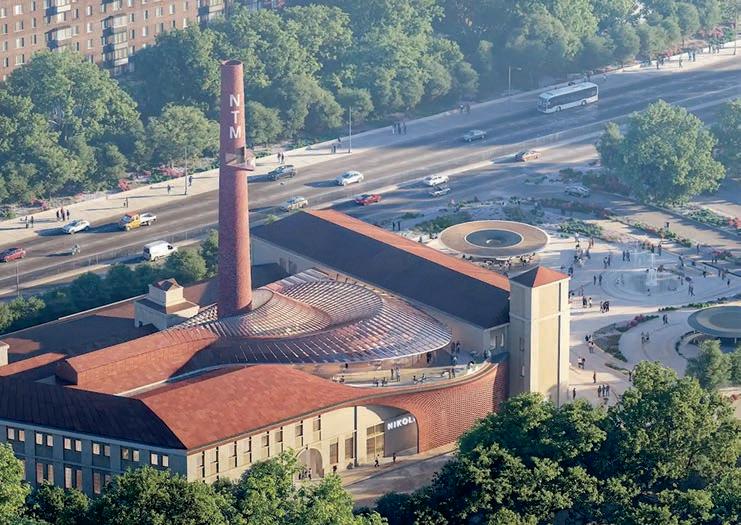
How important was it for you to connect Tesla’s legacy with the identity of Belgrade and the contemporary language of architecture?
RAŠKOVIĆ: The task was to translate Tesla’s universal legacy into a spatial narrative of Belgrade. Not through clichés or a general cacophony of everything and nothing, but through contemporary architecture that speaks of the city’s spirit, of memory, and of ambition.
Belgrade is a city in transformation, a place where change is clearly visible and undeniable, whether in its functionality, infrastructure, spatial layout, or form. And Nikola Tesla, who unfortunately walked its streets only once, deserves architecture that speaks not only of the past, but of what we are capable of becoming.
You drew inspiration from Tesla’s vision of magnetic fields combined with the idea of wireless energy transmission. Was the aim to reflect his work throughout the space – from the entrance foyer and grand atrium to the exhibition galleries?
GATTO: Yes, Tesla’s scientific vision—particularly his work on magnetic fields and wireless energy transmission—was a key inspiration for us. Throughout the project, spheres and curves, symbolizing magnetic
force and interconnectivity, shape the design on every level—from masterplanning and placemaking to façade articulation and interior spatial organization.
The museum entrance is defined by a bold circular cut into the western façade, creating a striking first impression and drawing visitors into the Grand Atrium—a dramatic, triple-height space anchored by the historic chimney at its centre. We sculpted the interior with a series of ellipsoid voids, cutting through the existing parallel structural walls to form three-dimensional spherical voids, creating a continuous spatial and visual axis from the Entrance, through the Atrium, to the Tesla Memorial at the eastern end, spanning all floors.
The Tesla Electronic Transformer Gallery is shaped by continuous flows of curves, inspired by the dynamic energy of magnetic fields. The journey culminates in the Tesla Memorial—a surreal, reflective, suspended sphere that houses Tesla’s ashes - offering a contemplative and poetic conclusion to the museum experience.
Is the synergy between ZHA and BCP in line with Tesla’s spirit?
RAŠKOVIĆ: This is a key defining factor, as we approached the project through a partnership unlike any local collaboration seen before. Together, we established a profes-
Rising on the site of the former Milan Vapa Paper Mill, the new Nikola Tesla Museum is set to become a landmark of architectural innovation and cultural significance. Designed through a groundbreaking collaboration between Zaha Hadid Architects and Bureau Cube Partners, the museum honours the legacy of one of the world’s greatest inventors while redefining the urban fabric of Belgrade.
The museum integrates historic preservation with cutting-edge design, featuring a dramatic Grand Atrium, immersive exhibition spaces, and a suspended Tesla Memorial sphere housing the inventor’s ashes. Inspired by Tesla’s theories of magnetic fields and wireless energy, the building’s form pulses with curves and ellipses that echo the invisible forces he explored. In addition to state-ofthe-art galleries, the complex will include a sky restaurant, multipurpose hall, and Nikola Tesla Square, an open civic space for gathering, dialogue, and discovery. The surrounding landscape, shaped by fluid pathways and interactive installations, connects the museum to the city and the Sava River. More than just a museum, it is a cultural machine, a space where architecture becomes science, memory becomes experience, and the future takes shape.
Rooted in Belgrade’s heritage and aimed at global relevance, the project transforms an industrial landmark into a symbol of innovation. It connects Tesla’s universal legacy with the evolving identity of the Serbian capital
sional bond that resulted not in a compromise, but in true synergy.
Tesla was radically ahead of his time. Architecture bearing his name must carry the same drive, an impulse unmistakably realized through the collaboration of our two studios.
The architectural practices Zaha Hadid Architects and Bureau Cube Partners have, with great care and at the highest possible level, nurtured authenticity and professional consistency by respecting and applying the architectural narrative principles of the late Zaha Hadid, the founder of this globally renowned partnership. They ensured continuity, formal clarity, and technological expression recognized through an original architectural language, enabling the creation of a clearer architectural identity for today’s world.
In addition to the exhibition space, the museum will include a café, a multipurpose hall and a rooftop restaurant overlooking the Sava River, while the surrounding grounds will feature winding pathways and gardens. Were these elements also inspired by Tesla’s legacy?
GATTO: Those elements are integral to our architectural interpretation of Tesla’s legacy. We envisioned the museum as more than just a space to showcase his work, it should also embody the spirit of curiosity, imagination, and connectivity that defined him.
The dynamic circular and curvilinear design language continues into Nikola Tesla Square, where flowing paths, civic amenities, green nodes, and interactive installations animate the public realm, creating a seamless dialogue between the museum’s interior and the urban landscape around it. Visitor amenities such as the café, the multipurpose room, and the rooftop sky restaurant are designed to enhance the overall experience. The restaurant, situated beneath a lightweight glass roof shaped by forms inspired by magnetic fields, offers panoramic views of the Sava River and the Belgrade Waterfront. It’s a place where visitors can engage with the city, the sky, and each other, echoing Tesla’s enduring fascination with nature, energy, and the cosmos.
How much attention did you dedicate to ensuring that Tesla’s scientific vision is reflected throughout all segments of the museum?
RAŠKOVIĆ: Our ambition was for the architecture itself to become a medium of Tesla’s genius. The entrance foyer, the central atrium, and the exhibition spaces, all were designed as spatial manifestations of Tesla’s ideas. His sketches of magnetic fields and the concept of wireless energy were transformed into the building’s morphology, the patterns of light, and the rhythm of movement through the space.
You have completed close to 1,000 projects across 44 countries, including the
tural innovation in a way that truly resonates with our values as a studio. We’re proud to honour Tesla’s legacy through a design that looks to the future—just as he did. We hope it becomes a lasting source of inspiration for visitors from around the world.
How challenging was the “Tesla’s Electric Transformer Gallery”?
RAŠKOVIĆ: It was exceptional. Not only because of the technical requirements , 12 million volts demand specific engineering protocols, but also due to the conceptual function of the space. The gallery had to be more than just a spectacle: it needed to evoke emotion, curiosity, and convey the energy of the idea to the visitor. It
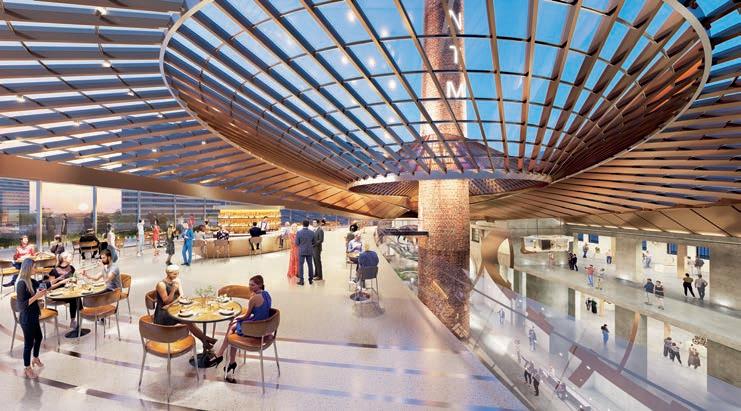
Museum of XXI Century Arts in Rome and the Glasgow Riverside Museum of Transport. Do you see the Nikola Tesla Museum as one of the projects you will take particular pride in?
GATTO: Every project has its own story, but the Nikola Tesla Museum holds a very special place for us. It’s not only a tribute to one of the greatest minds in history, but also an opportunity to contribute meaningfully to the cultural and architectural landscape of Belgrade. This will be the first project and building in Serbia in which Zaha Hadid Architects is involved, which makes the project even more meaningful.
The museum brings together historical context, scientific inspiration, and architec-
is the heart of the museum, both functionally and symbolically.
Were additional facilities, such as the restaurant, gardens, and multifunctional hall, inspired by Tesla’s legacy?
RAŠKOVIĆ: Absolutely. Tesla’s philosophy was not exclusively scientific but also humanistic. He believed in the harmony of nature, energy, and humanity. The typologically unconventional roofs, fluid pathways, and spaces designed for dialogue and encounters are all part of a spatial system that is not only representative but also inclusive, reflective, and open.
Did you use the most advanced technologies in designing the museum?
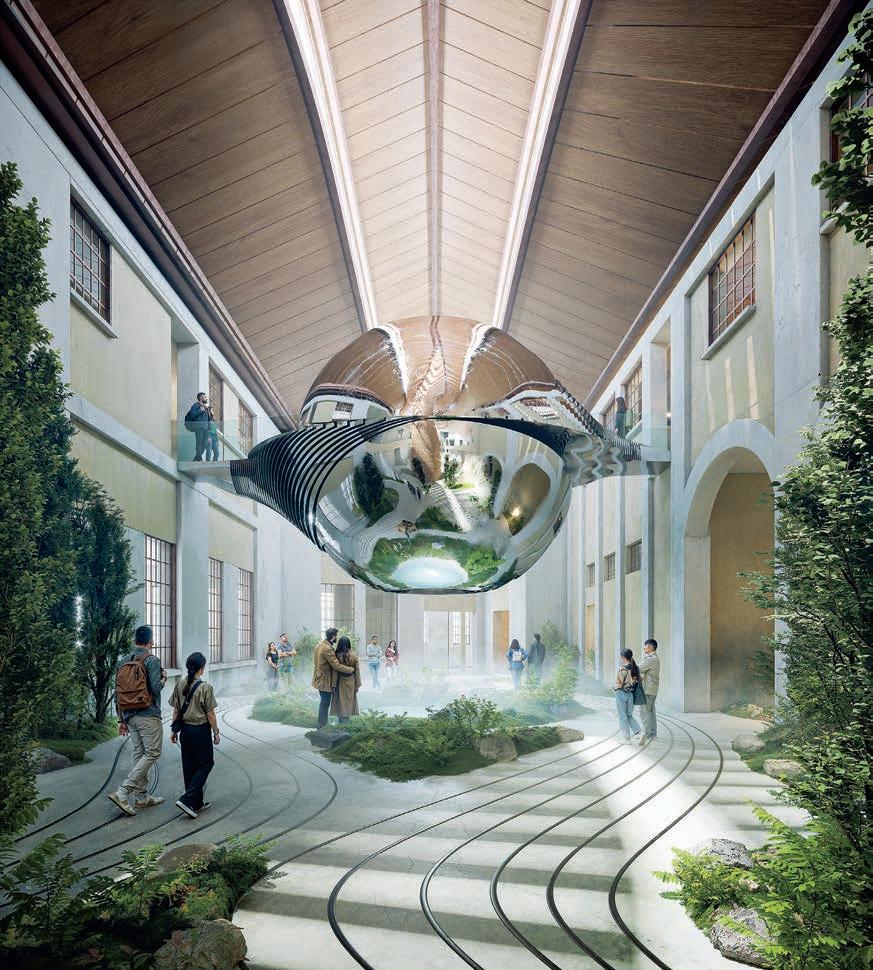
RAŠKOVIĆ: In our work, we utilized advanced BIM platforms, algorithmic tools, as well as digital simulations of light, airflow, and material performance. Additionally, the choice of materials was guided by criteria of sustainability, energy efficiency, and durability. Tesla inspired us to design not only for today’s user but also for the future one.
What does working on this project personally mean to you?
RAŠKOVIĆ: For me personally, this is the pinnacle of a phase in my career, but also
the beginning of a completely new one. In architecture, it is rare to have the opportunity to build both a city and a symbol at the same time. Tesla is a personality that pushes you out of your comfort zone. This project has drawn out from me not only knowledge but also visions that until then were unformulated. It is an experience that changes both the architect and the person.
Will this project surpass even the complexity of the SANU Palace reconstruction?
RAŠKOVIĆ: The reconstruction and expansion of the SANU Palace was extremely de-
The museum is designed as a cultural engine, where science, architecture, and imagination converge. Its owing forms and interactive spaces invite visitors to explore the future through Tesla’s visionary lens
manding and truly a special design puzzle, which, besides the joint work with colleagues, doyens of architectural practice, the late academic architect Milan Lojanica and professor Miodrag Mirković, required perfect precision and an almost philological understanding of space and materials. However, the Nikola Tesla Museum is complex on many more levels, technically and symbolically, as well as narratively, in terms of design and urbanism. I wouldn’t say it’s about which is more challenging; rather, each represents, in its own way, an extreme point of architectural responsibility, possibilities, and challenges.
Anđelko Ristićević Business Development Director, CRE International
With over 100 completed projects across ve markets, a team of 50 top-tier engineers, and unwavering attention to detail – this is the success formula of CRE International. From Skopje to Minsk and Belgrade to Riyadh, their expertise creates lasting value and sets new standards in sustainability
For the past 15 years, CRE International has been pushing the boundaries of engineering in the region and beyond, combining local know-how with global standards. In this interview for CorD, Business Development Director Anđelko Ristićević shares how trust is built, why every project is equally important, and why the future lies in sustainable, intelligent solutions – from logistics centres and hotels to LEED certification and ESG principles.
Over the past 15 years, you’ve completed more than 100 projects across five markets. Are you proud of the impact, contribution, and legacy you’ve built?
— Yes, absolutely. Those numbers speak for themselves — but what fulfils us most is the fact that we’ve remained true to our roots and approach throughout the years, while also embracing new technologies.
Quality lies at the core of your work, regardless of a project’s type or complexity?
— The market has clearly recognised that — which is why we’re often brought into projects where specific consultancy services are required, in addition to the standard ones needed for legal compliance in planning and construction. Our clients frequently assume that CRE International will be there to support them in complex, demanding assignments – not just as supervisory or technical control, but as a consulting partner guiding them toward their goal.
The company has had a long-standing presence in North Macedonia. Which markets do you see as opportunities for growth?
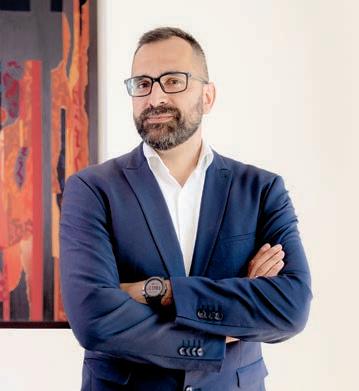
— We’ve been present in North Macedonia for the past 15 years, having worked on the two largest shopping centres in Skopje, Hotel Russia, and numerous smaller facilities. At the moment, we’re engaged on a complex logistics centre alongside a long-term client from Serbia. We also operate in Montenegro, where our Podgorica branch has existed for 13 years. Additionally, we’ve followed certain projects in Bosnia. We are currently completing project management for the Waldorf Astoria hotel in Minsk, Belarus, and we aim to maintain our presence in both the Russian and Belarusian markets. However, our most significant plans outside Serbia are focused on Saudi Arabia, where we are in the process of opening a branch to support the incredible construction boom currently taking place there.
You’re well-known for promoting energy-efficient projects and implementing
them with a strong environmental focus. Do you see sustainability as the future?
— Of course. As in many industries, sustainability is arguably most critical in construction – both during the design phase and throughout execution. We are currently involved in the certification process for a LEED Gold building in Belgrade, and we are witnessing first-hand how seriously the market is embracing these trends. Following European developments, through our regular attendance at MIPIM – probably the world’s largest real estate event – and other major conferences, we’ve observed that ESG has moved to the forefront, even ahead of energy efficiency itself. Accordingly, we have focused even more intensively on this area.
Your clients say you approach every project with the same level of dedication. Is that the secret to your long-standing partnerships?
— That’s right. Our team is composed mainly of highly experienced engineers who are uncompromising in their standards and approach every task with equal care and commitment. They’ve been our compass and our greatest asset throughout our company’s journey. Our business model is based on delivering complete services, rather than charging by man-month or man-hour – and clients recognise this as a major advantage. This approach provides flexibility, which is especially valuable in complex projects. It also helps that we have a large number of engineers and can deliver most services independently, without relying on external partners or firms.
OAK HILL Investor: CRE International
Oak Hill is more than a residential development – it is a vision of life that seamlessly brings together nature, security, wellbeing, and the contemporary needs of families and individuals. It is a place where children play without a care, adults nd tranquillity, and days unfold in harmony with oneself and the surrounding environment




At a time when city life is increasingly defined by noise, pollution and stress, more and more people are in search of a setting that offers peace, open space, clean air and a life aligned with personal balance. Oak Hill does not merely respond to that desire – it sets a new benchmark for modern living.
Situated amid greenery on the edge of the city, Oak Hill is a gated, secure and contemporary neighbourhood, meticulously designed to unite refined architecture, firstclass infrastructure and natural surroundings into a complete and elevated residential experience.
So far, 28 homes have been built and occupied, with only five remaining – ideal for those looking to invest in a healthy, sustainable and highly functional lifestyle. Each house is positioned on a 1,000 m² plot, offering ample privacy, generous greenery and space for additional features.
parquet flooring (1,500x140mm), bringing a sense of durability, comfort and timeless elegance. Window frames are crafted from aluminium by the respected brand Alumil, in an anthracite finish, and feature Guardian Solar glazing – ensuring optimal energy efficiency, noise insulation and security. Bathrooms are equipped with premium tiles and fixtures: Geberit concealed cisterns, Grohe taps, glass shower enclosures – all paired with underfloor heating and natural
The neighbourhood benefits from complete infrastructure – fibre optic internet, gas supply, three-phase electricity, water and sewage systems, public lighting and paved access roads. There is no need for compromise: no noise, no smog, no traffic jams. Just calm, clarity and nature that inspires.
Community life has also been given special consideration. A padel court and basketball court are currently under construction, offering not only recreational space, but also opportunities for social interaction and the cultivation of healthy habits. Additional facilities are planned to enhance residents’ quality of life – from landscaped green areas and walking paths to integrated safety and service systems.

The architecture of the estate exudes warmth, characterised by clean, modern lines. Materials have been carefully selected to meet the highest standards of quality. Interiors are fitted with top-grade oak
ventilation to ensure a daily living experience that is both comfortable and functional. Each home comes with two designated parking spaces, a landscaped garden and the option to include a range of high-quality extras: fireplace, swimming pool, solar panels, smart climate systems, extended terraces, summer pavilions and more. Buyers here are not simply purchasing space – they are choosing a way of life that reflects their personal values and aspirations.
Oak Hill is more than a residential complex. It is a vision of living that connects nature, security, wellness and modern comfort. A place where children grow freely, where adults find inner peace, and where everyday life flows in rhythm with both self and surroundings.
If you are searching for a home that doesn’t restrict but empowers – where every detail is designed to work for you – then Oak Hill is a place worth discovering. Because a home is not defined by its size. A home is a feeling. And here, that feeling finally has a home of its own.
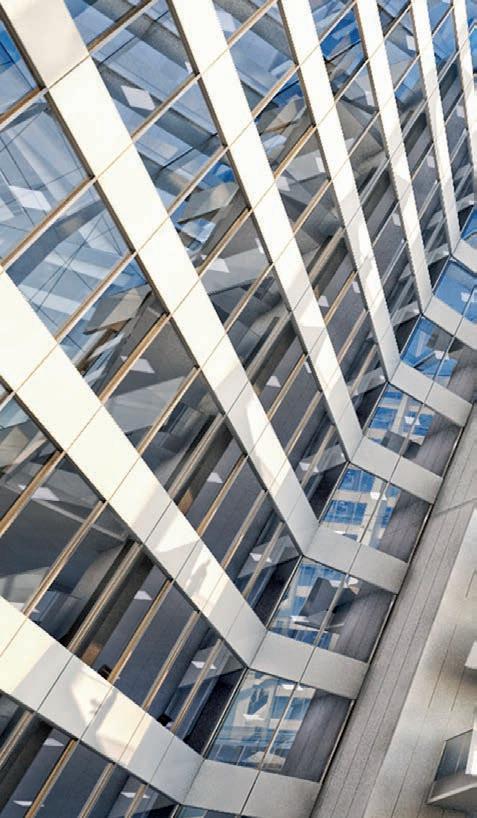
Architecture in 2025 is navigating a quiet but radical transition. It is no longer centred on spectacle or excess, but on how buildings serve people, respond to their environment, and interact with the digital tools that now shape design. In an age of climate anxiety, shifting demographics and technological acceleration, architects are rethinking not only what we build, but why we build. From smart materials and biophilic integration to data-driven forms and modular efficiency, a new philosophy is taking root—one that brings humanity back into the heart of architecture.
The digital transformation of architecture is no longer theoretical. Advanced computational tools, artificial intelligence and real-time data analysis now influence every stage of the design process—from concept to construction. Buildings are increasingly generated with the help of algorithms that analyse user needs, climate conditions and structural performance, producing designs that are efficient, adaptable and forward-thinking. AI is helping architects predict how a building will
behave, how light will move through it, how it can conserve energy, and how it can adapt to different uses across time. In some studios, AI has become an ideation partner—suggesting forms that blend structural logic with aesthetic experimentation. Zaha Hadid Architects, among others, has embraced this direction, using generative AI tools to support early-stage
architecture embraces clarity, purpose and environmental responsibility. Space is used more intelligently—rooms serve multiple functions, walls move, and floorplans adjust to the rhythm of daily life. Materials are chosen not for spectacle, but for their ability to reduce carbon, regulate temperature, and improve air quality. Recycled timber, low-impact concrete and glass are tak-
Architecture in 2025 is, above all, a return to essence. It is a discipline rooted in empathy, powered by data, and shaped by a profound awareness of our place in the world
design processes grounded in sustainability and livability.
Alongside this digital leap is a renewed focus on functional minimalism. Gone are the days of excess and overdesign; today’s
ing centre stage, creating buildings that are not only efficient but emotionally calming. Prefabricated and modular construction is accelerating this movement. Factories now produce entire rooms that are transported

and assembled on site, dramatically reducing waste, energy consumption and construction time. This approach is no longer limited to temporary or low-cost housing— architects are applying it to high-end residences, hotels and public infrastructure. The result is a more agile, affordable and sustainable way to respond to urban growth.
Biophilic design—once seen as a niche trend—is now integral to mainstream architectural thinking. It brings nature back into the built environment, not only to beautify, but to heal. Studies have consistently shown that integrating natural materials, greenery and daylight into buildings reduces stress, improves productivity and fosters emotional wellbeing. This has led to the proliferation of green walls, rooftop gardens, internal courtyards and ventilation systems that mimic natural airflow. Biophilic architecture is not about decoration—it is about restoring balance between people and the environments they occupy.
Nowhere is this better exemplified than in buildings that generate more than they consume. Self-sufficient structures powered
by solar panels, harvesting rainwater, using geothermal systems and incorporating recycled materials are no longer the exception. One such model is The Edge in Amsterdam, often cited as one of the most sustainable office buildings in the world. With its intelligent lighting, integrated sensor systems and energy-neutral operation, it embodies a future where architecture is proactive rather than reactive—working in harmony with the climate, not against it.
Urban planning is also evolving. Cities are becoming more human in scale, greener in spirit, and smarter in operation. Superblocks, first implemented in Barcelona, have inspired planners to reimagine streets as social spaces rather than transit corridors. Pedestrian zones, cycling infrastructure and green corridors are replacing traditional roads, turning cities into places for people, not just vehicles. Public spaces are being redefined as inclusive environments that prioritise accessibility, health and community over commercial function.
At the intersection of all these trends lies a deeper shift: the idea that architecture
must no longer simply protect from the elements, but participate in the life that surrounds it. Buildings are being conceived as systems, not symbols. Their value lies not in permanence, but in adaptability. Their success is measured not in their scale, but in their ability to contribute to quality of life.
In this new paradigm, architects are collaborators with ecologists, technologists, behavioural scientists and local communities. They are designing for futures that are uncertain, environments that are fragile, and people who demand more from their spaces. What emerges is a language of light, structure and purpose—where digital precision meets organic thinking, and where every element has a reason to exist.
Architecture in 2025 is, above all, a return to essence. It is a discipline rooted in empathy, powered by data, and shaped by a profound awareness of our place in the world. In a time when we are re-evaluating how we live, move and coexist, this new architecture offers not just shelter, but vision. And that, perhaps, is its most radical promise.

In a world where the word “entrepreneur” often evokes images of Silicon Valley start-ups and digital
unicorns, Fred Swaniker stands apart—not just for what he builds, but for whom he builds
for. Born in Ghana and raised across multiple African countries, Swaniker’s entrepreneurial journey is rooted not in pro t margins or valuations, but in human capital—the kind that transforms nations from the inside out
As the founder of the African Leadership Group , Swaniker has committed his life to answering one defining question: What ifAfrica’sfuturewereshapedbyageneration of bold, ethical, and visionary leaders? His response is not theoretical—it’s tangible, it’s operational, and it’s scaling fast.
Swaniker’s childhood reads like a map of Africa’s complexity. His family moved from Ghana to Gambia, then to Botswana, Zimbabwe, and back to Ghana, shaped by political upheaval and a search for stability. His mother, a school principal, often ran the educational institutions where he studied— instilling in him both a deep respect for learning and a first-hand understanding of leadership.
After studying economics at Macalester College in the United States and earning an MBA from Stanford Graduate School of Business, Swaniker could have joined the ranks of global corporations. Instead, he returned to the continent with a mission.
In 2004, Swaniker founded the African Leadership Academy (ALA) in South Africa—an ambitious school designed to identify and train the most promising 16- to 19-year-olds across Africa. The idea was revolutionary: offer a world-class education focused on entrepreneurship, leadership, and African issues, then send graduates out to transform their home countries.
ALA quickly gained global attention. But Swaniker saw a larger opportunity. “Education is not enough,” he often says. “We need ecosystems.” So, in 2013, he launched the African Leadership University (ALU), with campuses in Mauritius

and Rwanda, providing scalable, practical higher education aimed at solving Africa’s most pressing problems. ALU flips
“Education is not enough. We need ecosystems.”
the traditional model: students take ownership of their learning, set missions instead of majors, and work with real-world mentors and challenges.
In parallel, Swaniker developed the African Leadership Network (ALN)—a platform to connect high-impact leaders from across the continent— and ALX, a rapidly growing platform to develop 21st-century career skills for Africa’s tech-enabled future. Together, these initiatives form the African Leadership Group—a pan-African, entrepreneurial ecosystem that aims to develop three million leaders by 2035.
Swaniker’s approach is unapologetically African, but globally minded. His institutions reject the idea that solutions must be imported. Instead, they foster what he calls “mission-driven leadership” rooted in local knowledge, global standards, and unshakable ethics. Where others see fragility, Swaniker sees potential. He often reminds audiences that Africa has the youngest population in the world, with over 60% of its citizens under the age of 25. That’s not a crisis, he says—it’s an asset, if that youth is equipped to lead. His boldest move yet may be ALX, which has exploded in scale across major African cities. Offering free or low-cost programs in software engineering, data science, cloud computing, and leadership, ALX is grooming a new generation of African digital professionals—ready not only for the continent’s needs, but for global competition.
Fred Swaniker has earned global acclaim, named to TIME’s 100 Most Influential People list, featured in Forbes, and recognised by institutions such as the World Economic Forum and TED. Barack Obama praised his vision as emblematic of the change Africa needs.
But Swaniker is not driven by accolades. His metrics are quieter but more profound: the ALU graduate who launches a green energy startup in Kenya; the ALX developer who builds fintech solutions for informal markets in Nigeria; the ALA alumnus who becomes a public servant in Rwanda.
For European and Balkan readers watching Africa from afar, Fred
At a time when global youth increasingly demand purpose-driven careers, sustainable impact, and meaningful inclusion, Swaniker’s model stands as a lighthouse. Not only for Africa—but for any region navigating its future through the fog of inequality, disruption, and change.
Fred Swaniker is not finished. He speaks often of the “three million” goal—
Swaniker has committed his life to answering one de ning question: What if Africa’s future were shaped by a generation of bold, ethical, and visionary leaders?
Swaniker’s work offers two essential lessons. First, that entrepreneurship is not limited to markets—it can be applied to systems, institutions, and even mindsets. Second, that innovation thrives not only in abundance, but in necessity. Africa’s constraints have become the soil from which Swaniker’s most radical ideas grow.
but also of a deeper transformation.
“Africa’s future doesn’t lie in foreign aid or natural resources,” he says. “It lies in the minds of its young people.”
It’s an entrepreneurial vision not of product, but of people. And in a world that’s searching for meaning in leadership, that just might be the most powerful business model of all.

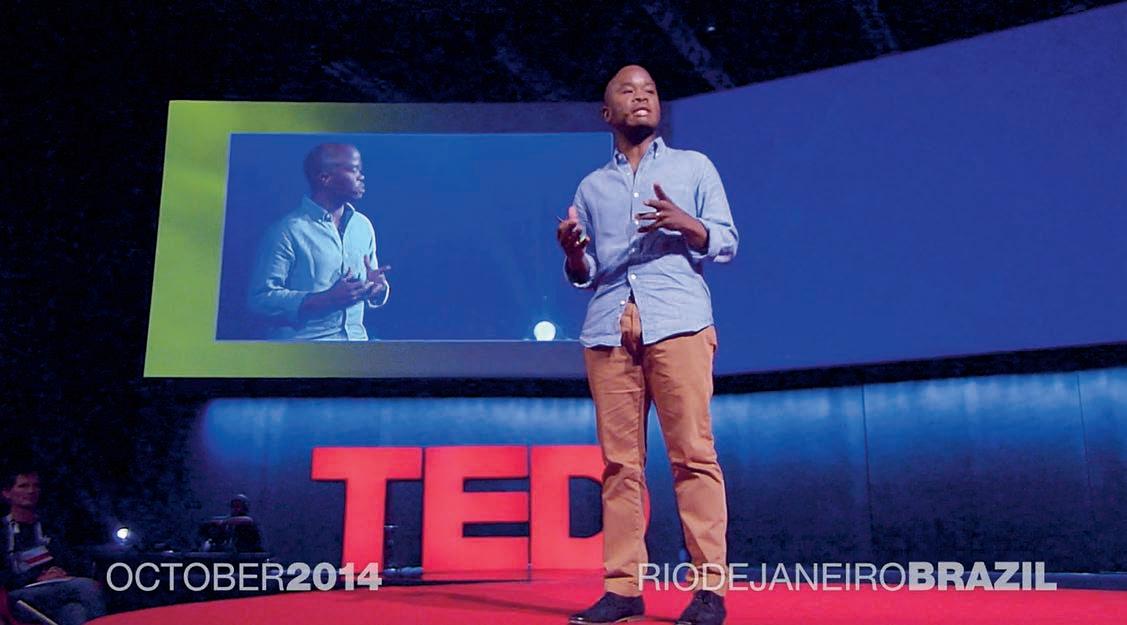





CEO, Louis Berger Adria Proud of a Long and Rich Tradition

Account Executive Dell Technologies Technology as an Equalizer
Owner, Military Shop There’s No Mystique in Business
Proud Recipient of the National Đorđe Vajfert CSR Award
Executive Director, AmCham We Are an Active Community
Solution Director, AIGO
General
Senior


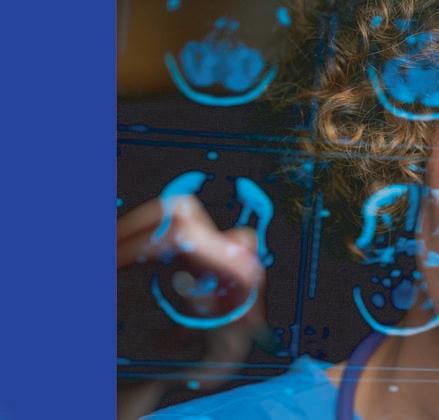


From investment and innovation to cultural dialogue and transatlantic trade, U.S.–Serbia relations continue to evolve through concrete results and forward-looking vision. This special edition captures the voices, values, and ideas shaping the future of this vital partnership

This special edition of CorD Magazine offers a panoramic view of the multifaceted partnership between the United States and Serbia—a relationship grounded in economic cooperation, shared democratic values, and a growing exchange of knowledge, culture, and innovation.
Through exclusive interviews with Stefan Lazarević and Vera Nikolić Dimić of AmCham Serbia, we highlight the role American companies play in building a modern, resilient Serbian economy. With more than 260 member companies employing over 119,000 people, AmCham represents a driving force behind digital transformation, sustainability,
and professional development. U.S. investors are not only injecting capital, but also introducing global standards, developing domestic talent, and actively shaping the business climate through dialogue and reform.
This issue also sheds light on key challenges and opportunities—from the implications of U.S. trade policy to the complexities of ESG reporting and the green transition. As Serbia navigates global economic shifts and aligns with EU standards, AmCham’s voice in supporting legal certainty, regulatory reform, and public-private cooperation has never been more vital.
We are especially grateful for the support of companies that have made this edition possi-

ble: McDonald’s, Coca-Cola, CBS International, Dell Technologies, Cummins, AIGO, A3 Architects, Louis Berger, and Military Shop—all of which embody the strength and diversity of the American business presence in Serbia. Beyond commerce, this edition highlights the enduring relevance of American culture and thought. We spotlight A Poem for Deep Thinkers, Rashid Johnson’s evocative solo exhibition at the Guggenheim Museum in New York; the Aspen Ideas Festival, a beacon of intellectual innovation; and the timeless wisdom of Henry David Thoreau, whose reflections on simplicity and freedom continue to inspire. These contributions remind us that diplomacy and development are not just economic—
This edition is an invitation to explore not just where we are, but where we’re headed—together
they are human, cultural, and philosophical.
As Serbia welcomes a new U.S. Ambassador in the coming period, we remain committed to fostering informed dialogue, regional cooperation, and mutual understanding between our countries.
This edition is an invitation to explore not just where we are, but where we’re headed—together.
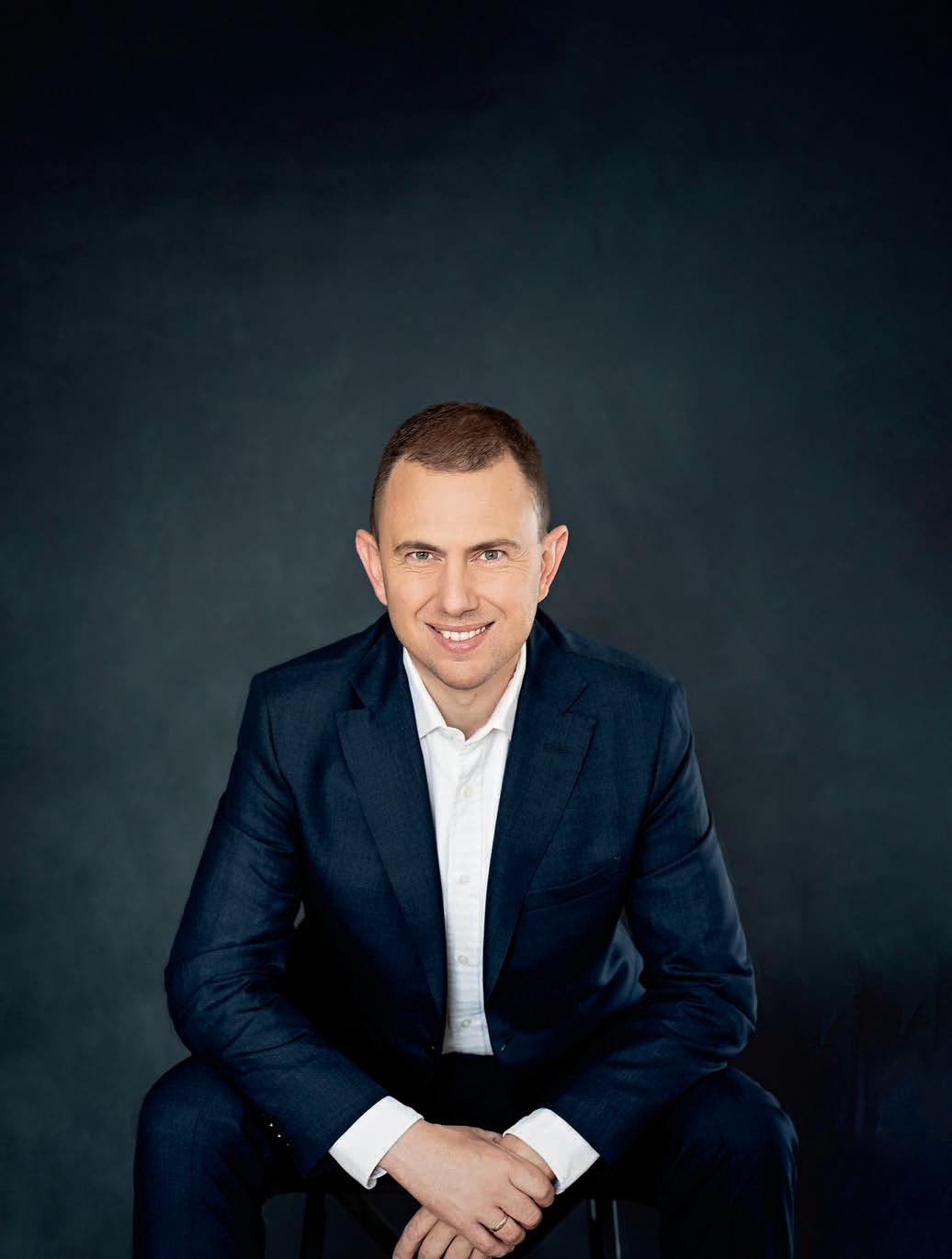
American companies in Serbia continue to make a strong contribution to economic growth—not only through investments and job creation, but also by raising business standards. With over 260 members, AmCham companies employ more than 119,000 people and generate over €21 billion in annual revenue. They also make significant tax contributions and provide ongoing value through knowledge, technology, and innovation
Over the past year, the IT and digital services sector stood out. In 2024, Serbia’s IT and ICT exports exceeded €4.13 billion, up more than 20% year-over-year—a new record and further proof that Serbia is becoming a key player in the global digital and software space. “U.S. companies are instrumental in this,” says Stefan Lazarević, President of AmCham Serbia. “They not only invest but also actively help grow domestic IT talent and the ecosystem. We are also seeing rapid growth in fintech, where U.S. investors increasingly recognize Serbia’s potential for developing digital banking and data management platforms.”
Looking ahead, the most promising sectors are green energy and renewables, in line with the EU energy agenda and Serbia’s growing orientation toward sustainable development. “U.S. companies are not just investors,” says Lazarević, “they are standard-setters, innovation drivers, and builders of a modern, resilient, and competitive economy.”
How might recent U.S. tariff increases on steel and aluminum affect American companies operating in Serbia and the region?
— Changes in U.S. trade policy affect global companies, including those in Serbia. While the tariffs primarily target direct exports to the U.S., indirect effects may be felt through supply chains and increased input costs. Serbia mainly exports steel to the EU and China, with only limited quantities to the U.S., but that doesn’t mean there won’t be consequences. The EU, Serbia’s largest trading partner, is significantly impacted by the new measures. When combined with rising geopolitical tensions, it’s clear that the global economy will be under pressure in the coming months.
AmCham held a meeting to discuss the implications of the new U.S. trade policy. What were the key takeaways, and how will AmCham support its members going forward?
— The meeting helped clarify the impact of reciprocal U.S. tariffs on Serbian exporters and companies engaged in transatlantic trade. A special value was added by Mr. Ian Sandford, a leading expert in international trade law, who offered actionable strategies, including contract renegotiation and legal adaptation. Discussions also addressed how governments can respond using diplomatic, legal, and political tools.
The final session looked at next steps, including potential EU responses, U.S. political developments, and broader implications for global trade dynamics. The event brought together a wide group: AmCham member companies, representatives from Serbia’s ministries of finance, trade,
and foreign affairs, the Chamber of Commerce, and several major exporters impacted by the tariffs—even if not AmCham members.
Your mid-year survey shows that AmCham members remain optimistic about investment prospects but point to the need for improved legal certainty and administrative efficiency. What are the most important steps for improving the business environment?

Green energy and renewables are seen as the most promising sectors for future growth
Our goal is to create a competitive and attractive environment for young professionals
Serbia’s IT and ICT exports surpassed €4.13 billion in 2024, marking a 20% increase over the previous year
— AmCham’s annual survey shows consistent priorities over the past six years: institutional reforms that strengthen the rule of law, judicial efficiency, and anti-corruption—all of which are also key to advancing Serbia’s EU integration.
Judicial reform is the top priority, with a focus on digitizing the court system. E-courts would ensure faster and more predictable dispute resolution, reduce opportunities for corruption, and improve legal certainty—key conditions for building investor confidence.
The second priority is continued digitalization of public administration. Businesses stress the need for broader acceptance of electronic documentation in employment law, which would reduce the administrative burden on both firms and institutions. Additionally, digital tools like electronic health records could enhance service delivery and efficiency.
The third pillar is green reform, especially regulatory frameworks that support investment in renewables. Amendments to Serbia’s Energy Law allow companies to become active energy buyers, contributing to a more stable and sustainable energy system. Equally important is consistent enforcement of the “polluter pays” principle, ensuring that environmental obligations are fair and encourage compliance.
Innovation and digital transformation are reshaping the future. How is AmCham supporting its members in adopting new technologies? — Digital transformation is no longer optional— it’s the foundation of competitiveness. Through its Digital Economy Committee, AmCham helps members adopt digital tools, share knowledge, and address regulatory hurdles. We organise themed forums, workshops, and roundtables where local and global companies exchange best practices in AI, cybersecurity, e-commerce, and IoT.
We also advocate for the development of public digital services—such as e-government, e-courts, and e-health—because a modern public sector will drive wider private-sector digitalisation.
ESG principles are becoming the standard for modern business. How is AmCham helping members implement sustainability strategies, and what should be the focus going forward?
— Like digitalisation, ESG is now a regulatory requirement. Our latest research shows that 70% of members have ESG strategies in place, and that number is growing. Main challenges include the lack of standardised reporting guidelines, complex international regulations, and limited capacity in terms of staff and budget for implementation. This is especially true for compliance with EU standards, such as the CSRD.
To support members, we launched the “Responsible Business Dialogue” initiative, which brings together experts from business, government, NGOs, and academia for practical education and exchange. We also offer ESG-focused training and roundtables to help members understand new EU standards and apply best practices in sustainable finance and circular economy.
Areas requiring greater attention include ESG reporting standardisation, carbon emission reduction, and engaging local communities in sustainability strategies—factors that drive long-term reputational and market value.
Considering global market instability and rising geopolitical tensions, it’s clear that the global economy will face significant pressure in the months ahead
Talent development and retention are strategic challenges. How does AmCham help bridge business and academia to support young professionals?
— For years, AmCham has invested in talent through our AmChamps program, which pairs students and young professionals with business leaders. It is widely recognized as one of the most effective mechanisms for identifying and empowering future leaders. Last month, we proudly awarded diplomas to the 11th generation and named four finalist pairs—our largest group yet.
We also foster collaboration between business and academia through internships, mentoring, and entrepreneurship support. We believe success lies in combining theory with real-world experience, and aligning education with market needs.
Retaining young talent depends on quality jobs, opportunities for professional growth, and inclusive workplace cultures—all of which AmCham members are deeply committed to. Our goal is to create a competitive and attractive environment for young professionals.
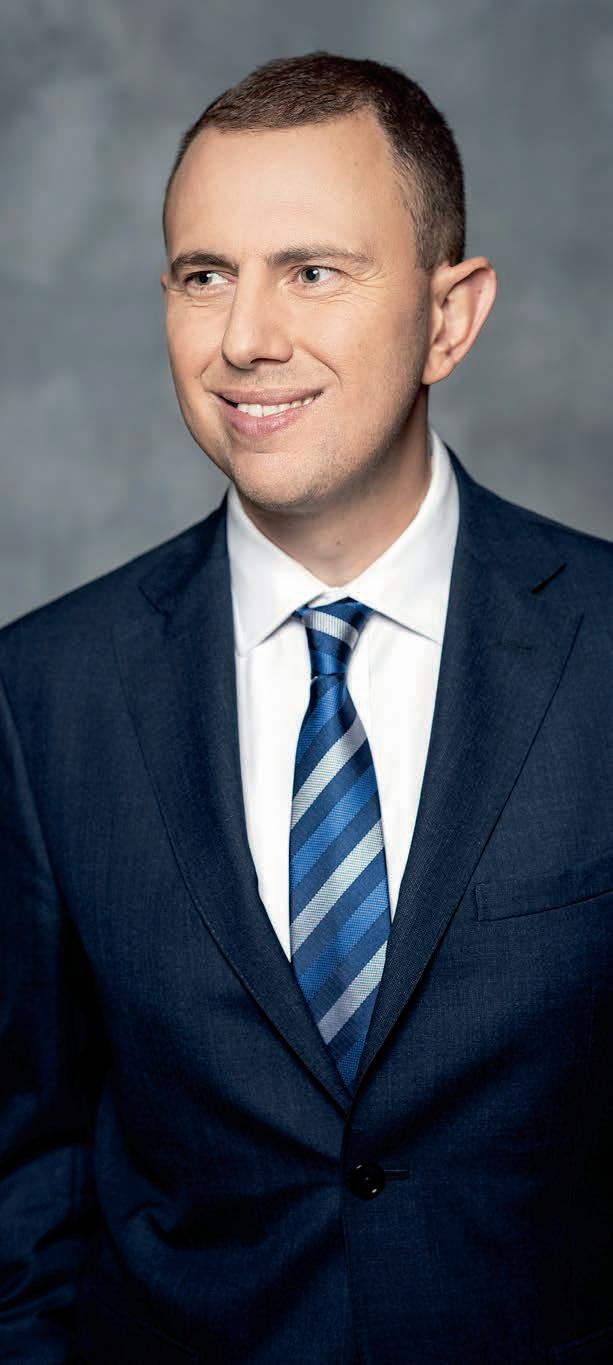

Climate change is the existential crisis of our time, and we must act today to solve it.
DestinationZero™, is our strategy to reach zero emissions and the core of our PLANET 2050 sustainability strategy. It fulfills our mission of powering a more prosperous world.
Cummins is working to transition customers to products that eliminate carbon emission.
Cummins has already significantly reduced carbon through innovation of its current powertrain products. We all play an important role in ensuring our strategy is successful. We have innovated for over 100 years, and we won’t stop now.
Major investors running sustainable businesses play a key role in the development of local communities. They expand production, optimize processes, create jobs directly, support employment across the value chain, and engage local suppliers—clearly demonstrating a strong commitment to economic development

oca-Cola HBC Serbia and Montenegro embraces this role. As part of the Coca-Cola System, together with Bambi, it presented findings from the 2023 SocioEconomic Impact Study, showing €633 million in added value—equivalent to 0.9% of Serbia’s GDP. The recently published Sustainability Report also outlines clear goals for reaching Net Zero emissions by 2040. In this interview for CorD, General Manager Saša Marković emphasizes that transparent reporting and a strong ESG focus add value to the company’s operations in Serbia.
CThe Socio-Economic Impact Study highlights how your operations support others in the market. What forms does this support take?
— The study quantifies our impact through key metrics and specific actions that support growth for other players in the value chain. Our influence is most visible in retail and hospitality, which together generated €166 million in added value in 2023. Coca-Cola HBC Serbia now works with around 37,000 customers—not just through volume but also through shared experiences and continuous improvement.
We’re especially proud to provide professional development opportunities for our people. Talent development is a top

priority and a key reason we’ve consistently been ranked as one of Serbia’s most attractive employers across generations. In 2023, the study shows we supported 22,600 jobs throughout the value chain. As leaders in the non-alcoholic beverages sector, we are committed to delivering added value—through innovation and market investment. The study is published biennially, so in 2025 we expect new insights and further results to be proud of.
In 2024, your operations were marked by an investment cycle worth approximately €36 million. What were the key focus areas?
— Our investments targeted infrastructure and process optimization, as well
In 2023, the study shows we supported 22,600 jobs throughout the value chain
as digital integration. Following major upgrades in our bottling plants in Surdulica and Neresnica, we expanded our Belgrade facilities—enhancing storage and production capabilities. We introduced “SmartCan,” a new can production line that increases capacity and enables more localized production.
We also began building an automated warehouse in late 2024. This will increase our storage space by 70% and significantly enhance operational flexibility and efficiency—transforming the landscape of our Belgrade bottling plant.
In the 2024 Sustainability Report, Coca-Cola HBC Serbia and Bambi highlighted major progress in reducing CO2 emissions and preserving water resources. How do you balance sustainability with growth?
— While we continue to achieve strong production and market results, transparency and encouraging sustainability throughout the value chain remain central to our strategy. We’ve reduced Scope 1 and Scope 2 direct CO₂ emissions by 76.2% compared to our 2017 baseline. But since a large share of emissions comes indirectly, we’re working closely with suppliers to explore greener solutions together.
From 2007 to 2024, we reduced water consumption per litre of beverage by 55%, and all electricity used in our plants now comes from renewable sources. These achievements are driven by the commitment of our people, as well as the support of our partners, customers, and suppliers—because only through joint effort can we advance sustainable business practices.

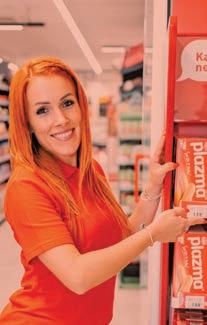





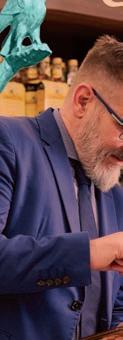

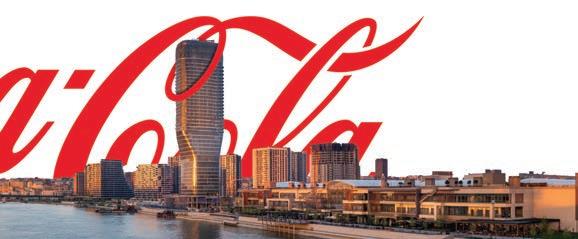

Dell Technologies is positioned as one of the world’s leading technology innovators, actively contributing to the digital transformation of both the private and public sectors

Our solutions enable the shift from outdated systems to flexible, scalable platforms that integrate hyperconverged infrastructure, edge computing, and hybrid cloud – says Mr. Vladimir Spasić, emphasizing that the focus is on data security through advanced backup systems, Zero Trust architecture, and end-to-end protection.
Through your digital solutions, products, and services, you are continuously improving the business operations of your clients. Over the years, your contribution to the digitalization and advancement of the public sector has also grown?
Dell promotes sustainability by offering energy-efficient solutions and software tools for consumption monitoring, helping the public sector reduce its environmental footprint and operational costs. In this way, Dell Technologies empowers the public sector to be more efficient, secure, and prepared for future challenges.
Dell stands out as a pioneer across various technology domains... including the development and production of computers and servers, hybrid and cloud-based solutions, data storage, cybersecurity, artificial intelligence...? — In an era where more organizations are adopting hybrid and multicloud architectures, Dell Technologies offers solutions that enable flexible IT resource management. Through Dell APEX, the company
Dell Technologies leverages AI to create smarter IT infrastructures that autonomously manage resources and improve system security
— Dell Technologies is a key partner in the digital transformation of the public sector, helping government institutions modernize IT infrastructure and improve citizen services. In addition to technological modernization, Dell supports the automation of administrative processes and the development of electronic services, which increases the efficiency and transparency of institutional work. Furthermore, through partnerships with educational and research institutions, Dell contributes to the development of digital skills and advanced research.
delivers an “IT as a Service” (ITaaS) model, allowing organizations to use infrastructure as needed, whether on-premises or in the cloud.
Dell recognizes the transformative potential of artificial intelligence (AI) and machine learning (ML). Dell’s infrastructure solutions are optimized for AI workloads – including GPU-accelerated servers and advanced analytics systems – and are used across multiple sectors. This enables organizations to make better use of their data, automate processes, and make faster, more accurate decisions.

How is Dell using artificial intelligence to improve the world and change the way we live, work, and do business? What can we expect from AI?
— Our company actively employs AI to enhance the way we live, work, and do business. AI will bring about numerous changes that will shape the future on multiple levels. Artificial intelligence will significantly increase the efficiency of business processes. Automating routine tasks and analyzing large volumes of data will enable companies and institutions to make faster and higher-quality decisions. Dell Technologies leverages AI to create smarter IT infrastructures that manage resources autonomously and improve system security.
AI will also enhance the user experience. Smart assistants, personalized services, and systems for anticipating user needs are becoming the norm. In the public sector and industry, this means more accurate and timely services, directly impacting citizen and client satisfaction.
AI is driving revolutionary change in areas such as healthcare, education, and research. Analyzing large data sets, identifying patterns, and developing predictive models enable faster disease detection, better-tailored educational programs, and more effective scientific innovation. Dell Technologies supports these efforts through high-performance computing systems and AI platforms.
Dell is fully committed to developing technologies and services that make business easier for users. The idea of inclusivity and equal access to innovation has been their driving force – a principle that has made them a global leader

NWe advocate for innovations not to remain a privilege of large and technologically advanced systems, but to become accessible to all – small and medium-sized enterprises, educational institutions, the public sector, and individuals — says Uroš Đorđević, emphasizing that this is particularly relevant in sensitive areas such as healthcare, education, and the digital economy.
Your company is known for its constantly expanding portfolio, high-quality sales and service network... You are entirely focused on technological innovation and staying up to date with trends?
— Our company is fully dedicated to the development of technologies and services that facilitate and improve our clients’ business operations. This includes the continuous expansion of our product and solution portfolio, building a strong and reliable sales and service network, and complete focus on technological innovation. We monitor current trends and adapt to the dynamic changes in the market in order to provide users with maximum efficiency, competitiveness, and long-term value.
You’ve become a global leader, among other things, thanks to the belief that advanced technology should be available to everyone. Why is this so important to you? Do you believe that progress is impossible without advanced technologies?
— We firmly believe that without advanced technologies, there can be no essential and sustainable progress – neither in business nor in society as a whole. Our belief is that technology only makes
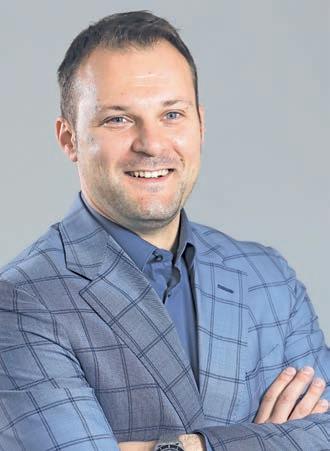
sense if it delivers real value and benefits to a wide user base. It is precisely this idea of inclusivity and equal access to innovation that has been the driving force behind our growth and one of the key reasons why we are a global leader today.
Which technologies do you believe have the greatest potential to transform your clients’ businesses over the next few years, considering the digital transformation and increasingly hybrid environment?
— In the coming years, within the context of digital transformation and a growing hybrid work environment, several key technologies will stand out as the most transformative for our clients’ businesses. Among the most significant are artificial intelligence and machine learning, which include the automation of routine processes (e.g., customer support, data analysis, predictive logistics), personalization of user experience, AI assistants for decision-making based on large data sets, and digital assistants in sales, HR, and support functions.
There’s also cloud computing and edge technologies, which provide flexible access to data and applications from any location, scalability (the ability to rapidly expand resources without large initial investments), while edge comput-
We monitor current trends and adapt to dynamic market changes in order to provide users with maximum efficiency, competitiveness, and long-term value
When technology becomes available to everyone, it opens doors to new solutions, faster development, reduced disparities, and the creation of a society in which everyone has the opportunity to thrive. That is why we are not only developing products – we are shaping a future that belongs to everyone. All of this in no way diminishes the importance and impact of people and their knowledge, which is embedded in every piece of technology and its application.
ing enables data processing closer to the source (e.g., IoT devices), reducing latency and increasing security.
One of the most impactful technologies is Generative AI (GenAI), which allows for automated content creation (text, code, design, marketing materials), accelerating creative and technical processes, and introducing AI’s new role as a “copilot” for employees. Generative AI is changing the way companies communicate, develop products, and make decisions.
For over two decades, McDonald’s Serbia has been a committed partner of the Creative Educational Center, supporting the inclusion of young people with intellectual disabilities through joint activities, food donations, and financial aid. The partnership is set to grow further, with plans to expand employment opportunities for young people facing intellectual challenges


This prestigious award, presented by the Serbian Chamber of Commerce, was granted to McDonald’s for the project “Integration of Young People with Intellectual Disabilities into the Social Environment,” which the company has been implementing in partnership with the Creative Educational Center for over 20 years. McDonald’s was the first company in Serbia to offer employment opportunities to young people with intellectual disabilities, allowing them to lead active and engaged lives within their communities. Over time, this collaboration has resulted in more than 250 individuals working in McDonald’s restaurants across the country.
One year ago, McDonald’s Serbia launched a platform titled “Small Steps Toward Big Changes,” which brings together all of the company’s initiatives focused on environmental protection, the transition to sustainable packaging, and community engagement. In just one year, significant progress has
been made. The company continues to reduce its carbon footprint by minimizing restaurant emissions, collaborating with suppliers who also prioritize lower CO₂ output across their supply
scheduled equipment usage and proactive maintenance plans. Waste recycling efforts include used cooking oil and cardboard packaging, further demonstrating McDonald’s commitment to sustainable operations.
Daily support for the local community comes in many forms: meal donations, funds collected through in-store donation boxes, student scholarships in collaboration with the Ana and Vlade Divac Foundation, and continued empowerment of young people with intellectual disabilities through long-standing cooperation with the Creative Educational Center.
McDonald’s employee volunteers remain deeply engaged, offering their time and energy to help those in need while also contributing to environ -
McDonald’s continues to support the local community every day through meal and financial donations, student scholarships with the Ana and Vlade Divac Foundation, and the empowerment of young people with intellectual disabilities in cooperation with the Creative Educational Center
chains, and inspiring other businesses to join in the fight against climate change. Last year, McDonald’s Serbia also replaced plastic spoons and forks with wooden ones and swapped plastic ice cream cups for eco-friendly cardboard alternatives.
The company is also working actively to reduce energy consumption through
mental initiatives such as tree planting and urban greening. In the past year, McDonald’s volunteers participated in revitalizing a sensory garden at the Radivoj Popović Primary School in Zemun. The company also donated educational tools and Montessori learning equipment to the Bubanj School in Niš.

The bald eagle symbolizes freedom, strength, and resilience. Native to North America, it was chosen as the national bird of the United States for its majestic appearance and fierce independence. Today, it remains a powerful emblem of the American spirit.
Digitalization is no longer a competitive edge – it’s a prerequisite for sound business operations. By combining process automation and digitalization with advanced analytics and artificial intelligence, companies can anticipate trends, optimize resources and personalize their offerings – Nebojša Garić
n this exclusive interview for CorD, Nebojša Garić discusses how companies can build the future of business and how AIGO, through its expertise, supports business transformation based on cutting-edge digital technologies. The company provides solutions that enable process digitalization, improved data integration and systematization, and data-driven decision-making.
IWhat do users expect from digital services today, and how is technology shaping those expectations?
— Users today expect speed, personalization, and intuitiveness from digital services. Technologies like AI enable companies to tailor services to individual users, anticipate their needs, and deliver a seamless digital experience. Keeping up with technological trends and improving customer satisfaction has become a necessity for any company aiming to remain competitive. That’s why the use of advanced analytics and AI is key to fulfilling a core customer expectation – the continuous enhancement of digital services.
Can a poorly designed digital strategy undermine a company’s reputation and competitiveness?
— Absolutely. Digital transformation without a clear strategy can lead to fragmented and siloed processes, lacking proper coordination. This inevitably results in poor service performance, a neg-

ative user experience, and, ultimately, the loss of clients. It is therefore essential to rely on robust digital platforms and solutions that support business goals and enable companies to adapt continuously to market changes.
When we talk about the next phase of digital transformation, AI is a central topic. How is AIGO addressing this challenge and helping companies lay the foundations for efficient AI adoption? — The key prerequisite for effective use of AI technologies lies in the quality and structure of data. Companies today use a wide range of applications that store vast amounts of diverse data. These sources are often disconnected and unsynchronized, leading to inconsistent and unstructured information. Without a clear data management strategy, AI can cause more harm than good. Our company helps clients establish solid process and
technology foundations to fully unlock the benefits that AI can offer.
How do you see digital ecosystems evolving alongside AI advancements? Is AI more of a tool for process optimization or a driver of entirely new business paradigms?
— Going forward, digital ecosystems will evolve toward greater autonomy, with fewer human interventions in routine tasks and stronger collaboration between “machines” and people. The integration of AI into business ecosystems is fostering innovation through adaptive models and self-learning systems that support opportunity identification and resource optimization. Additionally, AI will play a crucial role in advancing sustainability –optimizing energy use, reducing operational costs, and improving long-term viability through precise planning and the automation of key processes.
If you had to offer one key piece of advice to companies seeking to remain competitive in the AI era, what would it be? Is it more important to invest in technology, shift the mindset, or develop talent?
—All three elements are equally important – but if I had to highlight one, it would be the mindset shift. Companies that fail to embrace a culture of innovation and continuous adaptation will be unable to leverage the full potential of digital transformation. AI is not just a tool – it’s a new way of thinking about business, data, and customers. Our mission is to use our expertise and advanced technological solutions to support our clients in achieving their goals.

perating from its offices in Belgrade and Prague and with a presence in London, A3 Architects – led by Aleksandar Mitić, Mladen Nastasijević and Mladen Vulević – stands as a rare example of a professional practice that not only works on the global stage, but also actively shapes its standards.
OWhat sets your architectural expression apart, and how has that shaped your global image and positioning?
— Our approach to architecture is rooted in a deep commitment to space as an intellectual construct. We’re not driven by formalism, but by strategy. Every project is treated as an opportunity to create a spatial narrative that is intelligent, culturally aware and functionally sustainable. This allows each design to be unique yet recognisable for its conceptual depth, spatial logic, and technical excellence. On the global stage, this has positioned us as authors who do not impose a signature style, but create architecture that communicates essence – enduring, intelligent, and universal. Our portfolio is not a collection of isolated projects but a network of ideas that reinforce our position internationally. Our global image is not the result of marketing, but of trust, carefully built with clients over time.
What draws leading multinationals, fintech giants and startup innovators to A3 Architects?
With a reputation as a trusted partner in the fields of architecture, interior design and technical consulting, A3 Architects is a contemporary voice of Serbia at the highest level of international architectural practice

— We have a deep understanding of rapidly evolving industries: digital platforms, artificial intelligence, decentralised systems of business... but we don’t stylise these phenomena – we articulate them architecturally. At the core of everything we do lies understanding. We listen closely to our clients, not only in terms of their programme or requirements, but also through the lens of their broader context: market position, internal structure, cultural values.
Companies from the US and the UK aren’t looking for a “nice building” –they need infrastructural architecture that reflects their ambitions, from safe-
How do you maintain relevance in such a competitive global landscape? — Reputation takes years to build – and only days to lose if focus slips. We maintain that focus through architectural discipline, interdisciplinary thinking and technical precision. Every project is approached with the same standards, whether it’s a national pavilion at EXPO, a corporate campus for a global brand, workspace for leading fintech companies, general aviation terminals, or private residences. In a highly competitive global environment, relevance stems from the ability to design with clarity – but also to ensure that architecture reads across mul-
In a competitive global environment, relevance stems from the ability to design with clarity – but also to ensure that architecture reads across multiple layers
ty and environmental standards to ESG strategies and spatial flexibility in the era of hybrid work. Our response is always rooted in architectural thinking: we create spaces that anticipate, that are technologically aligned, functionally intelligent and aesthetically discreet yet impactful. That’s why clients who are shaping the future choose us – because they understand that architecture, in our case, is an extension of their strategic vision.
tiple layers. Our practice is founded on a robust methodology: interdisciplinary analysis, conceptual clarity, and uncompromising technical execution. What keeps us at the forefront is not form, but architectural precision – space as a matrix of thought. Our clients recognise this, as does the wider professional community, exemplified by the prestigious Visionary Leadership Award recently presented to me by New York’s Global Excellence Assembly.


Louis Berger Adria has been a synonym for engineering excellence in Serbia and the region for decades, thanks to some of the most significant infrastructure projects implemented here over the past 20 years
In an era of rapid construction and even faster technological advancement, having a strategic approach to change is essential for both growth and maintaining business stability – says Marko Andrijašević, CEO of Louis Berger Adria, with whom we spoke about what it takes to endure in such a demanding industry.
Judging by your company’s track record, success and longevity stem from adaptability and a responsible approach to every project.
— Louis Berger has had a presence in the Balkans since the 1970s, and in the past 20 years alone, more than 120 successful public and private sector projects have been
most important bridges, railways, roads, and highways of key local and regional significance.
In the field of transportation and infrastructure, our teams are focused on design and construction supervision. The key lies in the successful implementation of complex engineering projects—whether they involve large infrastructure systems or support for local communities. We are proud to contribute to development and improved quality of life in Serbia and the wider region, as well as to our long-standing tradition.
None of that would be possible without a professional, diverse, proactive and stable team like yours.
A team that has worked and evolved over decades develops not only its operating system but also a parallel system for adapting to various changes—including the possibilities brought by modern technology
completed. Today, Louis Berger Adria is focused on proactive leadership that brings together knowledge of local needs and challenges, experience in large-scale infrastructure projects across the region, and expertise accumulated through 70 years of international partnership on strategic projects in over 50 countries worldwide.
LB Adria takes pride in dozens of successfully completed transport and infrastructure projects, including some of the
— Our team has grown over the years, consistently supporting us and actively contributing to the creation of innovative solutions—transforming our company toward innovation and sustainability. In our case, long-standing business tradition plays a key role in adapting to the changes brought by modernization. A team that has existed, worked, and evolved over decades develops its operational system in parallel with its ability to adjust to dif-


ferent types of change—including the opportunities modern technology brings.
A long tradition in business is not only proof of successfully completed projects and a capable team, but also a testament to strategic flexibility in planning and organization—something essential for longterm sustainability in a world that is constantly changing.
In an era of fast-paced construction, rapid innovation, and ever-shifting conditions, there are many factors to consider when planning.
— The global landscape is marked by ongoing shifts in societal priorities and access to investment, which demands a serious strategic approach and the ability to adapt. We believe the industry will undergo significant transformation in the coming years, with new technologies— including artificial intelligence—playing a prominent role. That shift must be accompanied by operational resilience and sustainability.
Despite the challenges AI presents— regulatory, ethical, and data privacy concerns—it also offers significant advantages, especially in processing large volumes of data.
In addition to the conventional software tools we’ve already implemented, we are preparing to integrate AI solutions that we believe will help us make better decisions, work more efficiently, and free up time to develop creative strategies.
Military Shop, through lean operations and unwavering professionalism, has expanded across the Balkans—and now it’s setting its sights on the vast US e-commerce market
espite an already impressive career, the public knows him as the owner of Military Shop, an educator, a speaker, the author of a book on motivation… He’s Nemanja Antić. We spoke about shifting from managing logistics to crafting mindset, about business, influence, and the real mechanics behind online sales.
DYour story is one of success, building a sound business model, keeping a long-term vision… right?
— The next phase for me isn’t about bigger profits—it’s about greater impact. Yes, people know me in many roles, but at my core, I’m a builder. Whether I’m launching a company, writing a book, or speaking on stage, my goal is always the same: to do things well, with meaning and longevity. Success isn’t speed—it’s stability. That’s why Military Shop, nurtured over 10+ years, is what it is today. I don’t see business as a sprint, but as a structure where each part must support the next. My model has been simple: operational excellence, rapid inventory sourcing, even quicker sales, a clear brand, customer trust, and honest communication.
Over time, Military Shop outgrew itself and became a platform. And I transitioned from someone who manages logistics to someone who’s shaping mindset. That shift—from selling products to imparting knowledge and values—happened naturally.
In the end, everything I do leads to one destination: ensuring my work leaves a mark, not just a result. That’s my vision— not to be famous, but to be useful. And Military Shop is my partner in that.
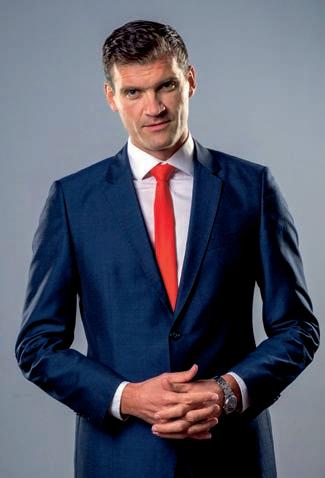
You’re focused on enhancing your e-commerce platform, scaling in the region, and potentially in the US. Do you enjoy challenging boundaries?
plexity lies opportunity for growth—for those who see it. And that kind of challenge energizes me—it’s not a burden.
The US market is the next level—not a whim, but a deliberate strategic curiosity. With strong investments and partners in our corner, everything’s possible. I’m not going there to prove anything—I’m going to learn new frameworks and test our capacity in one of the most competitive environments out there.
I don’t believe in the “impossible.” I believe in stages, in planning, and doing your best at every stage. Boundaries don’t shift through force—they shift through clarity. Significant funding from investment funds gives us momentum, energy, and confidence.
People admire that you avoid mystifying business—explaining its workings plainly. Is that intentional? — People today crave meaning, not just success. They’re tired of coded messages, fuzzy jargon, and ‘motivational wizards.’ In
Whether I’m launching a company, writing a book or delivering a speech, the focus is always the same: doing it well, meaningfully and for the long haul
— I see boundaries not as barriers but as temporary lines to be pushed. E-commerce has always been more than just sales for me—it’s a proving ground for efficiency, human insight, and attention management. I’m currently upgrading our digital infrastructure because scaling without a solid system is impossible. The Balkan market is complex and fragmented; Military Shop has already maximized its potential here. But within that com-
a world of increasing complexity, simplicity is the most precious commodity. I don’t mystify business—because there’s no mystique in it. There are products, people, emotions, costs, and markets. I think I’ve been accepted because I speak a language that both CEOs and newcomers understand. And because I don’t pretend perfection—I talk about mistakes, lessons, the mechanics of success—not secret tricks. That’s what Military Shop has taught me over time.
The greatest value of membership lies in the ability to influence. It’s not just about being informed — it’s about truly being part of change. Through AmCham, our members have the opportunity to engage in dialogue with decisionmakers, propose solutions, and help shape regulations that directly affect their businesses. – Vera Nikolić Dimić

In an exclusive interview for CorD, Vera Nikolić Dimić, Executive Director of AmCham Serbia, outlines the key activities aimed at strengthening member competitiveness in the past period:
“Our goal is very clear — to provide our members with concrete tools and knowledge to become more competitive, more innovative, and better prepared for the challenges of the modern market. We do this through a variety of channels — workshops, seminars, lectures — where we don’t only focus on regulations and market trends, but also enable direct exchange of experiences among companies. That often proves to be the most valuable part.”
She adds that she especially wants to highlight the activities of the Digital Economy Committee:
“Through this committee, we help companies navigate the process of digital transformation. We work on topics related to e-government, digital solutions in healthcare, judiciary, commerce... I’m especially pleased that we launched a workshop series called AInsights, focused on the application of artificial intelligence in business — a topic rapidly moving from theory into practice.
The green transition is another important direction — and we’re seeing great enthusiasm among our members. ESG standards are no longer optional, they’re a ne-
cessity. Companies are increasingly investing in renewable energy, developing their own carbon-reduction strategies, and we support them through education and access to relevant resources and experts. For example, through our ResponsibleBusiness Dialogue, we organize events focused on new EU regulations and energy policy — direct support for businesses in this important transitional period.
I must also mention our HR Forum — a space where HR professionals from diverse industries gather. We exchange best practices and design educational programs not only for companies but also for young people entering the job market.
And of course — AmChamps. This is something we’re especially proud of. For eleven years now, we’ve been connecting young talents with experienced leaders through an intensive mentoring program. We follow their growth, development, and leadership journeys... And by supporting individual development, we also help companies identify their future leaders.”
Connecting small and medium-sized enterprises to global value chains is becoming increasingly important. How is AmCham helping build the capacity of local companies for international markets?
—Today, more than ever, companies must be ready for changes coming from Brussels, Berlin, or any market where they wish to sell their products or services. One key challenge right now is aligning with CBAM — the EU’s Carbon Border Adjustment Mechanism, designed to tax imports of carbon-intensive products.
This is not something that’s coming “one day” — it’s already here. And many of our companies need to start thinking about decarbonization, even if they still lack the tools or support to fully implement it.
That’s why, at AmCham, we work to open space for dialogue — to involve the business community in consultations, seek realistic solutions, identify regulatory obstacles, and propose ways to overcome them. AmCham’s role is to connect — information, people, and experiences.
I’d also like to add that we participate in various events organized by the European AmCham network, such as the recent AmCham Regional Economic Summit (ARES), held in mid-June by AmChams in Greece, Turkey, and Bulgaria. This second summit was a fantastic opportunity to connect not only with colleagues from other American Chambers but also with company representatives and development and investment agencies from Southeast Europe, the Middle East, and Central Asia. I believe that this type of gathering will yield even greater results in the future, helping our companies access new markets and attracting more investment to our economy.
Gender equality and women’s empowerment have become priorities in today’s business environment. How is AmCham supporting these initiatives,
especially considering the results of your latest research on the position of women in business?
— For me personally, this is not just an important issue — it’s a matter of healthy, long-term business development. Inclusion isn’t a trend — it’s the essence of modern leadership.
At AmCham, we’ve been working for years to empower women through concrete programs, mentoring initiatives, and leadership training. And we’re not just talking about this on panels — our members invest in developing female potential within their teams, and we strongly support them in that.
Our most recent 2024 survey — part of the “She Knows” project — clearly showed
companies’ social and environmental impact. AmCham recognized the need for systemic support in this area.
Through our Responsible Business Dialogue, we’ve created a platform for experience sharing — organizing events with companies that are already well into their ESG strategies, helping others take their first steps.
We also hold workshops and roundtables to introduce companies to new EU standards — including sustainability reporting, green finance, and the circular economy.
Our goal is for ESG not to be seen as a burden, but as an opportunity — because what today is a smart move for reputation and responsibility will tomorrow become

where the challenges lie: balancing work and private life, pay gaps, and cultural pressures. The role of men is also critical — without equal distribution of family responsibilities, women cannot participate equally in business processes.
Investing in gender equality isn’t just a “nice gesture” — it’s an investment in profitability and competitiveness, and we prove this with both data and practice.
Sustainability and corporate responsibility are playing an increasingly important role in shaping business strategies. How is AmCham encouraging its members to improve transparency and ESG reporting?
— Sustainability has become a business imperative, and ESG reporting is an increasingly important tool for measuring
a key to accessing capital, investment, and markets.
AmCham membership offers many benefits to companies of all sizes and profiles. What would you highlight as the greatest value of membership today?
— To me, the greatest value lies in the ability to influence. It’s not just about being informed — it’s about being part of real change. Through AmCham, members can engage in dialogue with policymakers, propose solutions, and help shape the regulations that affect their business.
This is an active community — not just a networking club. It offers education, innovation support, sustainability resources, and knowledge sharing with top professionals from diverse sectors.
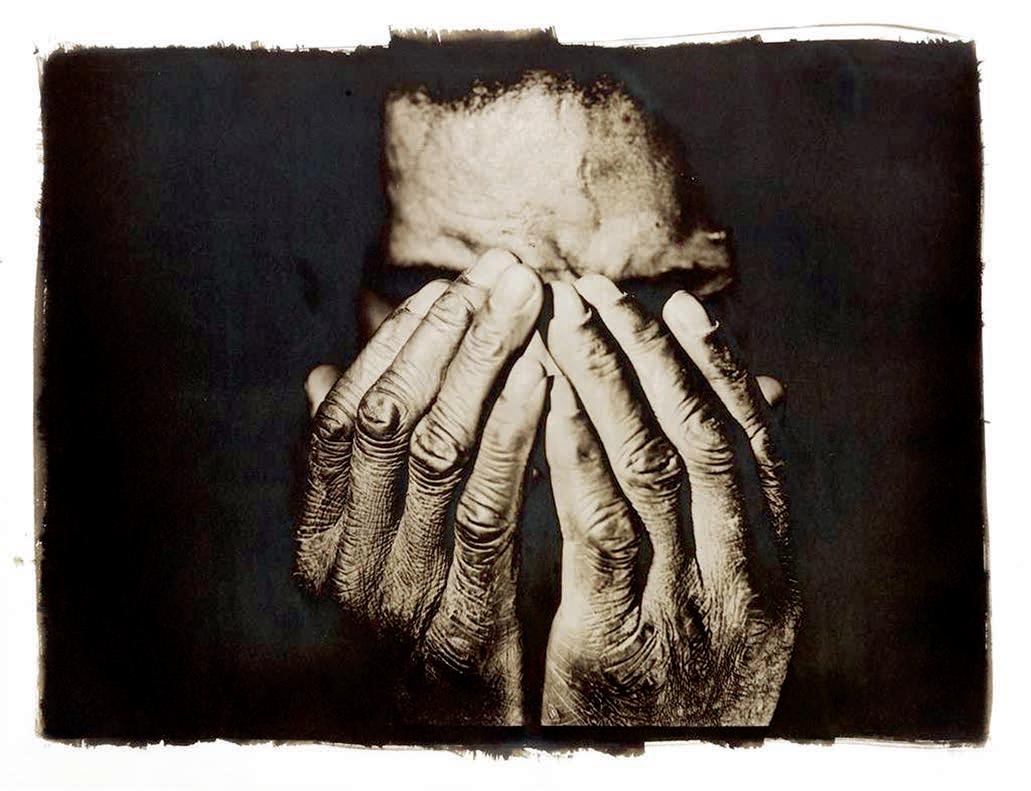
With over ninety works on view, Rashid Johnson’s largest solo exhibition to date transforms the Guggenheim rotunda into a living, breathing archive of memory, emotion, and cultural reckoning. The show is a journey through mediums and meanings—an artist’s search for connection, healing, and space to grow
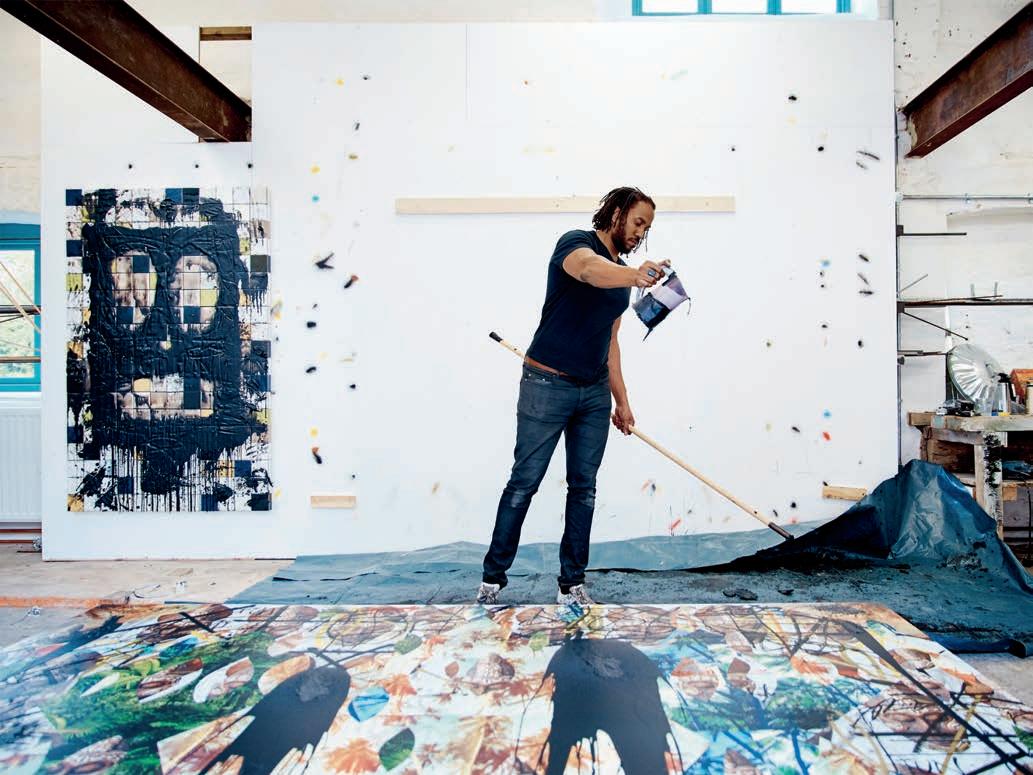
Aleading voice in contemporary American art, Rashid Johnson has spent the past three decades crafting a body of work that defies categorisation and insists on emotional truth. Now, with Rashid Johnson: A Poem for Deep Thinkers, the Solomon R. Guggenheim Museum presents his most ambitious solo exhibition to date—an expansive, site-specific installation that merges sculpture, film, painting, and live performance across the museum’s iconic rotunda.
Johnson, born in Chicago in 1977, emerged in the late 1990s as part of a new generation of artists interrogating identity and cultural narratives. A graduate of Columbia College and later the School of the Art Institute of Chicago, he was among the youngest artists included in the landmark 2001 exhibition Freestyle at the Studio Museum in Harlem—a show that helped shape the concept of “post-Black” art. Over the years, Johnson has become known for his emotionally charged practice that blends personal history with broader sociopolitical themes.

In his Guggenheim debut, Johnson brings together more than ninety works from across his career, including iconic pieces like Anxious Men and Broken Men, as well as the monumental new installation Sanguine. These works, layered with materials such as black soap, shea butter, ceramic tiles, books, mirrors, and live plants, pulse with urgency and introspection. Johnson’s use of culturally coded materials and recurring motifs— grids, faces, mirrors—serves as a visual language through which he explores Black identity, mental health, fatherhood, and vulnerability.
The rotunda’s spiralling architecture, envisioned by Frank Lloyd Wright as a continuous space of discovery, is the perfect stage for Johnson’s nonlinear storytelling. Rather than organising the works chronologically, the artist opted for an emotional arrangement—inviting visitors to trace connections between past and present, process and product. His early piece Mudcloth (2001), for example, places chicken bones—symbolically loaded and deliberately chosen—on photosensitised paper to evoke both ancestral
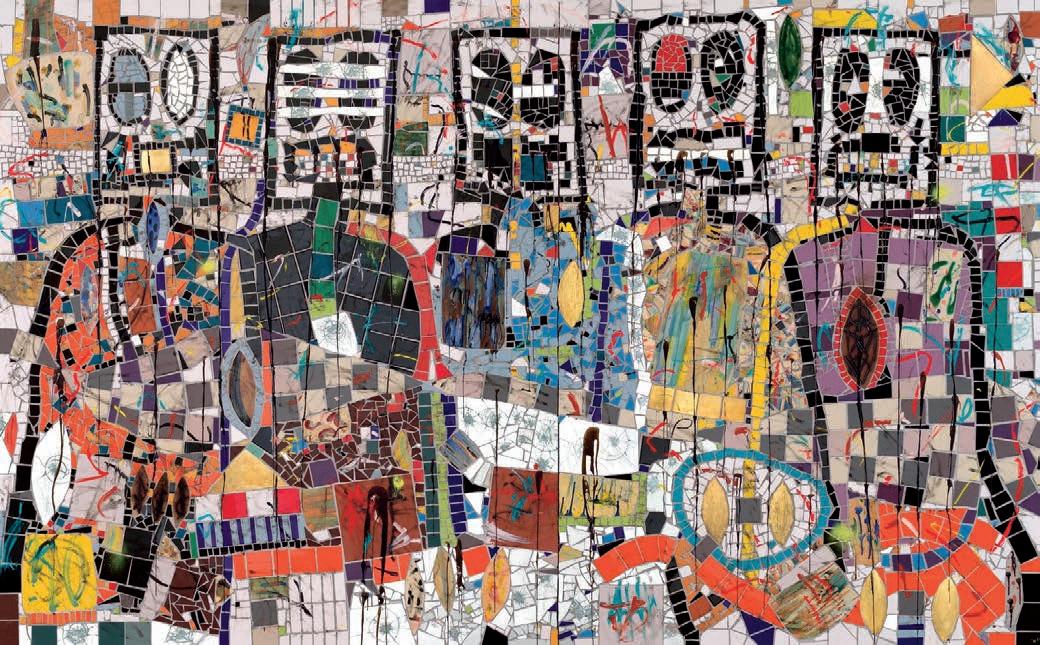
memory and the formal qualities of 19th-century photography.
At the top of the rotunda stands Sanguine, a vast, immersive environment made of gridded steel structures, video works, literary texts by seminal Black authors, and towering potted plants suspended from the ceiling. A hidden piano at its centre becomes active during live performances, and a stage designed by Johnson will host a full programme of public events, including poetry readings and musical acts. It’s a nod to his belief that art is a communal act—that museums can, and should, serve as platforms for many voices.
“Art for me has always been emotional,” Johnson reflects. “There’s a catharsis in making, in revisiting these objects that represent your anxieties, your hopes.” That ethos infuses every inch of the exhibition. Even the show’s title, drawn from a poem by the late Amiri Baraka, speaks to Johnson’s reverence for Black intellectual thought and his ongoing dialogue with poets, philosophers, and musicians.
This exhibition is not just a retrospective. It’s a meditation on growth—how an artist evolves, how meaning shifts over time, and how the spaces we inhabit can inspire transformation. As Deputy Director Naomi Beckwith puts it, “Like Wright, Rashid believes that a museum is a living, breathing entity. His work doesn’t simply inhabit the building—it activates it.”
The show is on view in New York through January 18, 2026, before travelling to the Modern Art Museum of Fort Worth and then the Museum of Contemporary Art Chicago. For those seeking a deeper connection with art and with the world it reflects, Johnson offers a simple proposal: “Come twice,” he says. “The work’s there to meet you.”
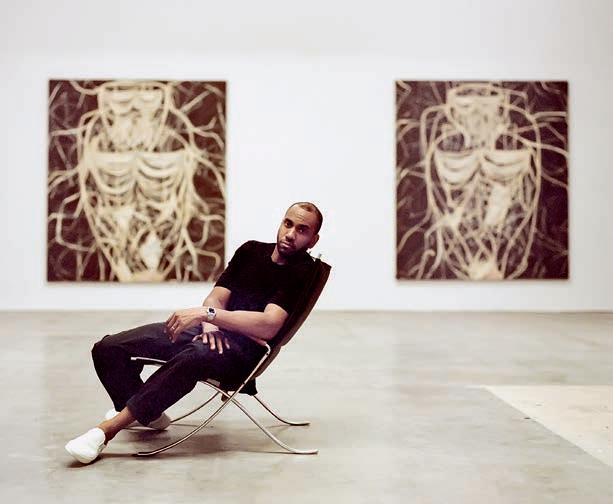

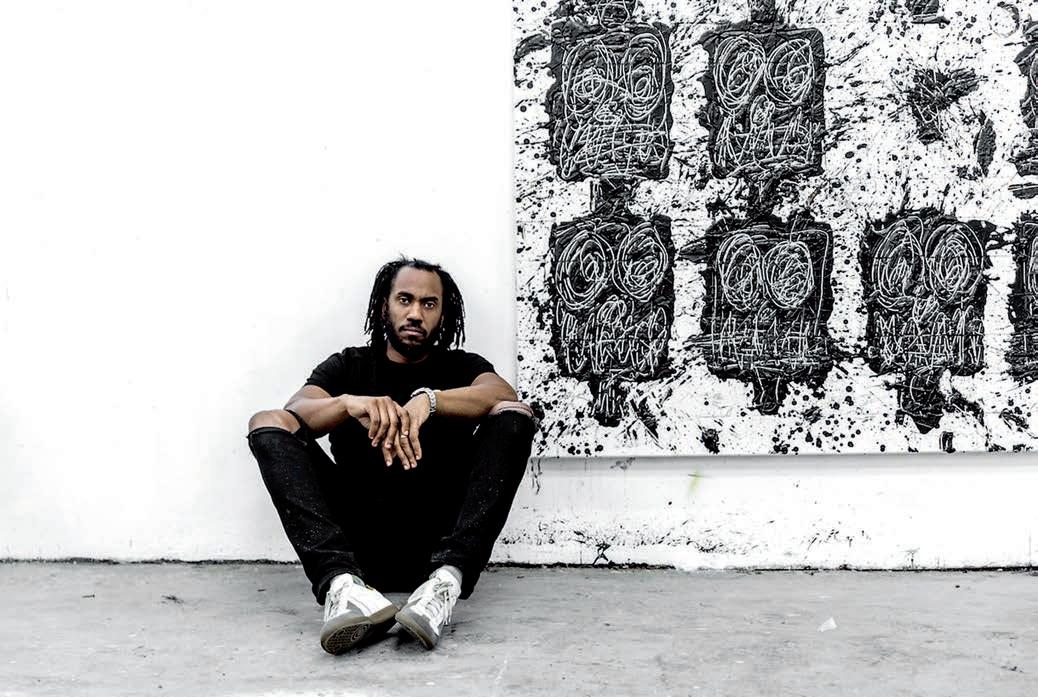

Henry David Thoreau, the American essayist, philosopher and naturalist, left a legacy far greater than the pond he made famous. His reflections on freedom, simplicity and harmony with nature continue to echo in the era of climate crisis and digital distraction

In the grand sweep of American letters, few figures stand as quietly defiant, and yet as enduringly influential, as Henry David Thoreau. Born in 1817 in Concord, Massachusetts, Thoreau lived a relatively modest life by outward measure, but his intellectual reach continues to shape generations. A man of introspection and action, solitude and resistance, he gave the world not only timeless literature, but also a moral compass for those navigating the complexities of modern existence.
Thoreau was, at once, an essayist, poet, philosopher, and pioneering environmentalist. Best known for his book Walden; or, Life in the Woods (1854), he recounted his two-year experiment living in a self-built cabin near Walden Pond. There, he sought to “live deliberately,” reducing life to its essentials and observing the rhythms of nature with meticulous care. The result was more than a literary achievement; it was a manifesto for mindful living long before minimalism or sustainability became fashionable.
Yet Walden was only one part of a broader, radical vision. Thoreau’s 1849 essay Civil Disobedience, written after he refused to pay a poll tax in protest against slavery and the Mexican-American War, would go on to influence figures such as Mahatma Gandhi, Martin Luther King Jr., and countless others committed to non-violent resist-
ance. His belief that “the only obligation which I have a right to assume is to do at any time what I think right” remains a cornerstone of democratic thought.
Thoreau’s concern for nature was not merely poetic. He was a keen observer of ecosystems, maintaining detailed journals and conducting what might now be called proto-environmental science. Long before the term existed, he articulated the interconnectedness of all living things and the importance of preserving wilderness—not
Thoreau’s two years at Walden Pond were not an escape, but a deliberate experiment in self-reliance and spiritual clarity
as a backdrop to human progress, but as a living force deserving of respect and protection. His vision prefigures many of today’s environmental philosophies and aligns powerfully with the principles of sustainable development.
In an era defined by consumerism, environmental degradation and the tyranny of the algorithm, Thoreau’s writings challenge us to re-evaluate our relationship with time, material wealth,

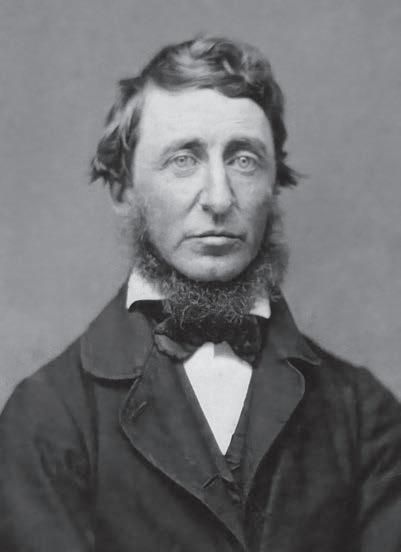
Long before the concept of citizen science emerged, Henry David Thoreau was meticulously documenting the natural world around him. During his years in Concord, he kept detailed records of flowering times, bird migrations, the freezing and thawing of ponds, and the changing colours of the seasons. These daily observations, recorded with the precision of a naturalist and the soul of a poet, filled hundreds of pages of his journals.
Over a century later, scientists at institutions such as Harvard University have used Thoreau’s data to study the effects of climate change. By comparing his 19th-century notes with modern conditions, researchers have identified measurable shifts in plant blooming times and ecosystem behaviour in the Concord area — offering some of the earliest and most compelling evidence of environmental change over time.
Thoreau could not have foreseen the global climate crisis we face today, but his devotion to attentive observation has become an unexpected gift to modern science. In his quiet walks and handwritten notes, he captured a baseline for the natural world — one that continues to speak with urgency and relevance.
and the natural world. His insistence on simplicity was never simplistic; it was, instead, a call to clarity. “Our life is frittered away by detail,” he warned. “Simplify, simplify.”
Importantly, Thoreau never advocated for isolation. His retreat to Walden was not an abandonment of society but a vantage point from which to better critique it. He remained engaged in public life, speaking out against injustice and maintaining friendships with prominent thinkers of the time, including Ralph Waldo Emerson. His life exemplifies the possibility of a principled individual engaging meaningfully with the world— without surrendering to it.
Today, as we confront climate collapse, political polarisation and social fragmentation, Thoreau’s words feel prophetic. He offers no easy answers, but he models a way of being in the world that prizes integrity over popularity, presence over productivity, and conscience over comfort.
Henry David Thoreau died of tuberculosis in 1862, at the age of just 44. Yet his ideas have proven ageless. From environmentalists and civil rights leaders to philosophers and poets, Thoreau’s spirit lives on in all who seek a life grounded in principle, inspired by nature, and attuned to the quiet truths that lie beneath the noise of the everyday.
He laid the foundations for environmental thought, civil disobedience, and a life led by conscience rather than convention

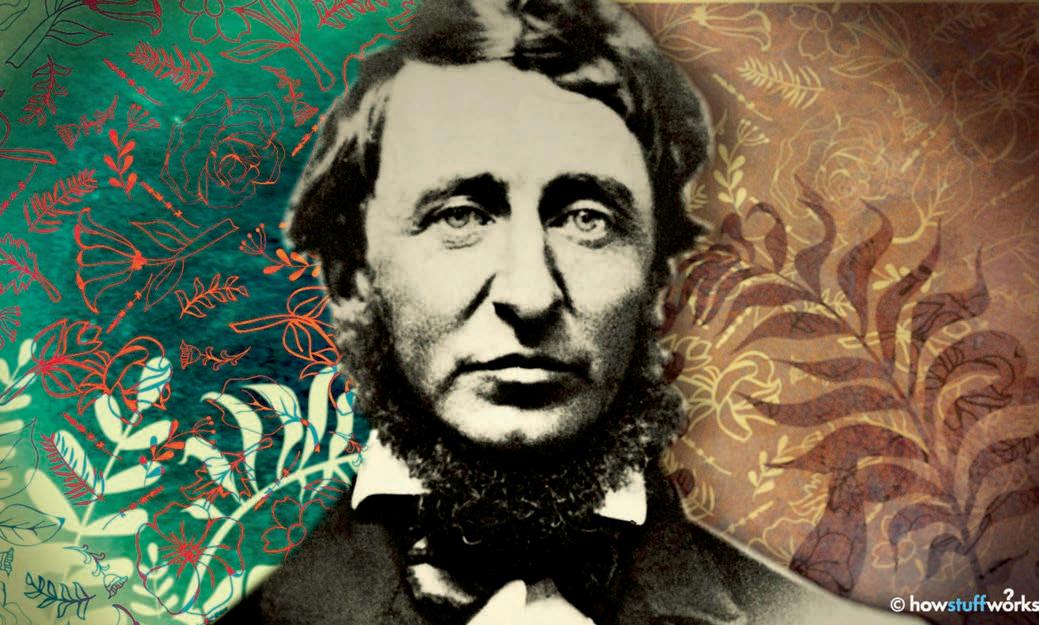
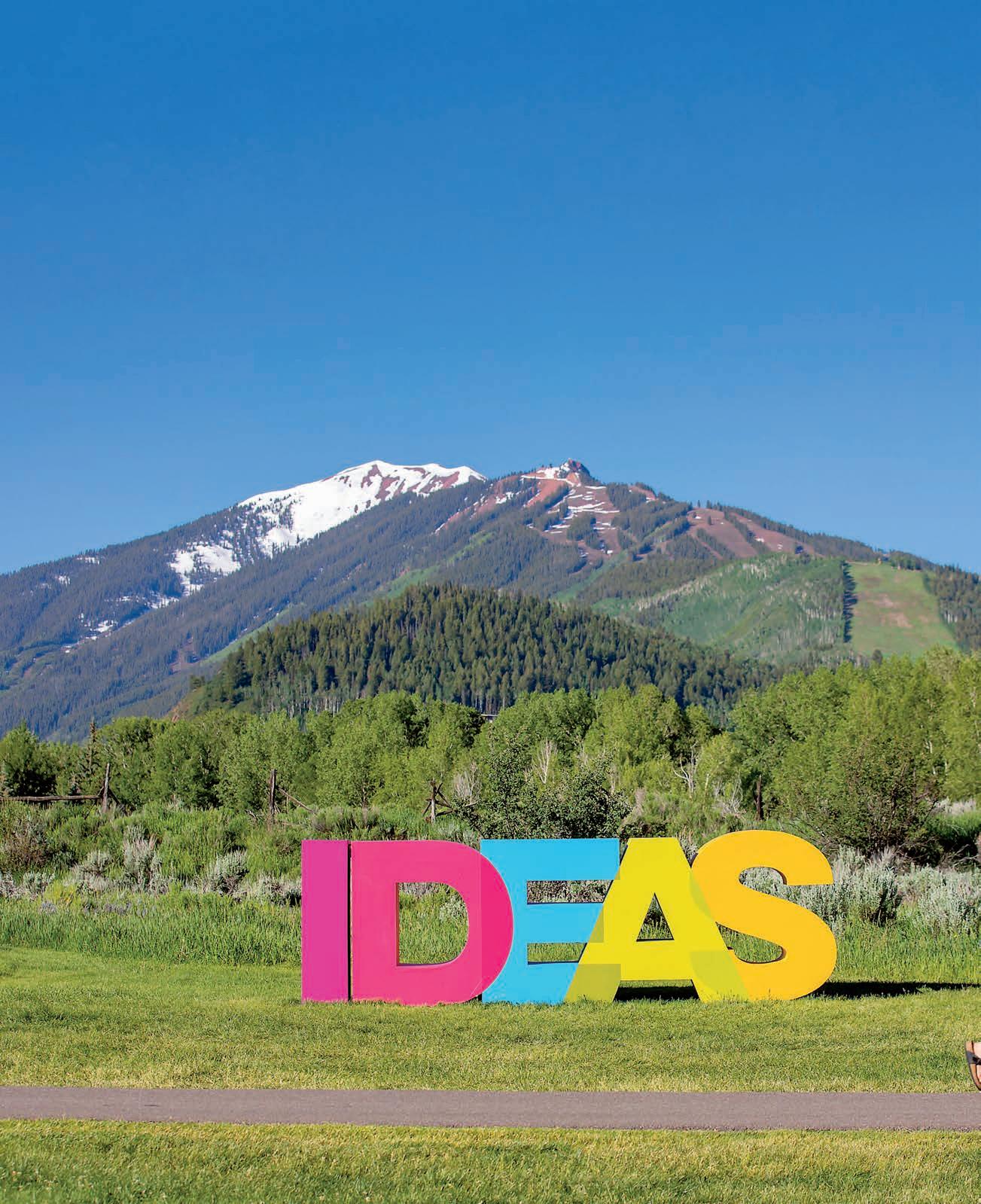

Each summer, the Aspen Ideas Festival gathers the brightest minds in a setting of pristine beauty and understated luxury. This is where policy meets philosophy, technology meets ethics, and ideas are given space to grow — away from the noise of the world
Nestled in the heart of the Colorado Rockies, Aspen is known to most for its powdery slopes, discreet luxury and A-list allure. Yet for over two decades, it has also been home to one of the world’s most compelling gatherings of thinkers, doers and visionaries — the Aspen Ideas Festival. Held each summer under the canopy of clear mountain skies and amid the serenity of alpine forests, this event stands apart from the crowded calendar of global conferences. It offers not just dialogue, but perspective. Not just networking, but nourishment.
Founded by the Aspen Institute in 2005, the Festival was envisioned as a space where complex global issues could be examined with nuance and imagination — far from the pressure of daily headlines and political performance.
Over the years, it has hosted everyone from former US Presidents and Nobel laureates to scientists, artists, entrepreneurs, activists, and teenage innovators. What binds them is not status, but substance.
The Festival takes place on the leafy campus of the Aspen Institute and the nearby grounds of the Aspen Meadows Resort, a Bauhaus-inspired enclave designed to support contemplation and collaboration. Attendees stroll between sessions along pine-shaded paths, exchange ideas over coffee beneath Chihuly sculptures, and listen to keynote speakers as hummingbirds flicker overhead. The pace is human. The setting, sublime.
Topics span the spectrum of contemporary thought: artificial intelligence and its moral dimensions, global health, climate resilience, democratic fragility, the future of capitalism, mental wellness, urban design, and the philosophy
of happiness. There is room for hard policy and soft wisdom, for the data-driven and the poetic. A session on brain plasticity might be followed by a conversation between a poet and a neuroscientist. A mayor from rural America might share a panel with a tech executive from Silicon Valley. The guiding principle: no hierarchy of ideas, only curiosity.
This intellectual openness is what gives Aspen its quiet power. It is not about prescribing solutions, but about asking better questions. In an age of polarisation and performative debate, the Festival encourages active listening — and thoughtful contradiction. Disagreement is welcomed, but dogma is not. The objective is not consensus, but clarity.
There is, of course, a certain luxury inherent in this — not merely in the immaculate setting or carefully curated meals, but in the deeper sense: the luxury of time to think, of access to diverse minds, of space to consider complexity without urgency. In that sense, the Aspen Ideas Festival mirrors the highest tradition of American intellectual ambition — rooted not in institutions, but in bold, decentralised discourse. A kind of Thoreauvian retreat, elevated to policy level.
For international observers, Aspen provides a rare window into the United States’ better angels: a place where civic responsibility still matters, where technology is questioned, not worshipped, and where culture and science are seen as allies, not adversaries. It reminds the world that the American dream, in its most noble form, is not about acquisition, but contribution.
Beyond the mainstage, Aspen offers workshops, off-the-record roundtables, immersive tours into local conservation projects, and sa-
The 2025 edition of the Aspen Ideas Festival, taking place from 25th June to 1st July, will feature over 300 speakers and more than 100 sessions exploring the most pressing topics of our time. From the ethics of artificial intelligence and the future of democracy, to mental health, climate adaptation, and the intersection of art and technology, the programme brings together leading global voices and emerging changemakers. Evening talks, curated musical performances, and outdoor art installations enrich the experience, reinforcing Aspen’s unique blend of intellectual rigour and cultural sophistication.
lon-style dinners where leaders and listeners share a table. The distinction between speaker and audience blurs — a deliberate gesture toward equality of intellect. You may find yourself seated next to a Pulitzer Prize-winning journalist, a climate activist from Ghana, or a 17-year-old robotics student from Arizona. Status is secondary; engagement is everything.
The city of Aspen itself adds an ineffable layer of charm. A former silver mining town re-
The Aspen Ideas Festival was launched in 2005 by the Aspen Institute and The Atlantic as a response to the growing need for thoughtful public dialogue

born as a cultural sanctuary, it balances natural splendour with thoughtful design. Galleries, bookstores, yoga studios and organic cafés line its quiet streets, all against the dramatic backdrop of the Elk Mountains. Even in its affluence, Aspen seems to breathe differently — slower, more consciously. It’s not just a retreat; it’s a reminder.
As the world grows louder, faster and more fragmented, the Aspen Ideas Festival offers something increasingly rare: an environment built not for performance, but for presence. Here, ideas are not shouted across digital voids, but spoken in the shade, shaped in real time, and sometimes — if the moment is right — allowed to change someone’s mind.
In that sense, Aspen is not just a place. It’s a possibility.

Creating and presenting new music is not merely an inner, personal impulse. The enjoyment of music, which begins with deep listening, brings not only an aesthetic pleasure and a genuine understanding of musical works but also a profound appreciation for the art of music itself
Nataša Bogojević
Composer
In the early 1980s, Belgrade saw the flourishing of a pluralistic new wave scene, mirroring global trends in popular music. I was a teenager when I formed a band made up of keyboards, vocals and drums. I composed several songs using “lyrics” drawn from Kafka’s novels. We had only one performance, but it was so well received that it led us to a renowned music producer. Instead of offering us a recording contract, he suggested I arrange the songs for string quartet and present them to a professor at the Music Academy.
It turned out that my talent was indeed suited to classical composition – I was accepted into the composition programme at the age of 16, studying under Professor Srđan Hofman.
After graduating, I worked as an assistant professor at the same department. I quickly became part of Belgrade’s rich cultural and concert life, as well as the wider artistic scene across Yugoslavia and Europe. I was actively composing numerous scores for ballet, theatre and film, exploring experimental music theatre and studying electronic music. Together with fellow students, I formed a group of composers, The Magneficent Seven, and we made video clips for new compositions, much like MTV did for pop music. Belgrade Television had excellent cultural programming, and everything felt avant-garde and alive.
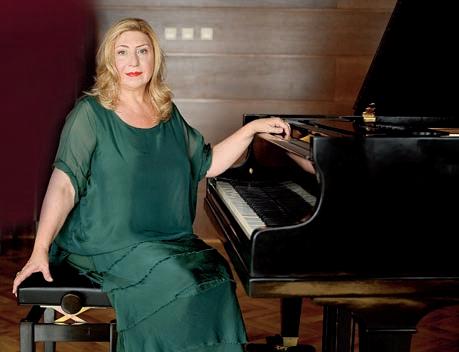
I witnessed the disintegration of my homeland, the politicization of ethnicities that complicated relationships, material – and even more so, spiritual deprivation, which became unbearable. Economic sanctions brought all my concert and compositional work in Europe to a halt. My connections with friends and colleagues from the former Yugoslavia were severed. Following the birth of my first child in the mid-1990s, I decided to leave the country and move to the United States.
Emigration is always difficult, regardless of the circumstances. I could not imagine life in America – films present an idealised, not realistic, image of society. The harshness of capitalism and the need to support my family made it impossible to continue my creative work. I started a small business – a music school – and gave private piano lessons. In time, I secured a professorship at the respected DePaul
University in Chicago. After a break of several years, I returned to composing. I encountered extraordinary musicians and artists and resumed concert activity with great success. American awards and recognition followed, but nothing felt quite the same as in Yugoslavia. On the contrary – it often seemed that life was placing before me unimaginable obstacles that I was constantly required to overcome. Yet I remained optimistic, always ready to try again or approach things differently – because the act of creating a new composition is, in itself, a new beginning. I saw adversity as a test and accepted struggle as a necessary part of the journey.
This year, I had the great honour of returning as a guest professor and Fulbright Scholar. From the perspective of my American experience, I was able to advocate for the importance of introducing music appreciation classes in higher education in Serbia, which could bridge the divide between people and shatter cultural, ethnic, political, and religious barriers. It seems to me that the current political repression in Serbia is even more complex than it was when I left. I feel that I have arrived in
I arrived in Belgrade at a historic moment, in which the academic community is united in the ght for freedom of thought, democracy, the defence of the university and the profession – and against corruption and the rule of falsehoods
Belgrade at a historic moment, one in which the academic community is united in the fight for freedom of thought, for democracy, for the defence of the university and the profession – and against corruption and the rule of falsehoods. My return to the University of Arts after almost three decades symbolises the closing of a life cycle, as well as a synthesis of my interdisciplinary work in both Chicago and Belgrade. Music is an art that profoundly touches human existence and crosses all borders.
Serbian costume designer Bojana Nikitović brings an immersive, timeless vision to Dune: Prophecy, crafting over 2,000 original costumes that evoke ancient elegance, mystic power and futuristic grit. Her artistry has earned international acclaim, including a prestigious Costume Designers Guild Award
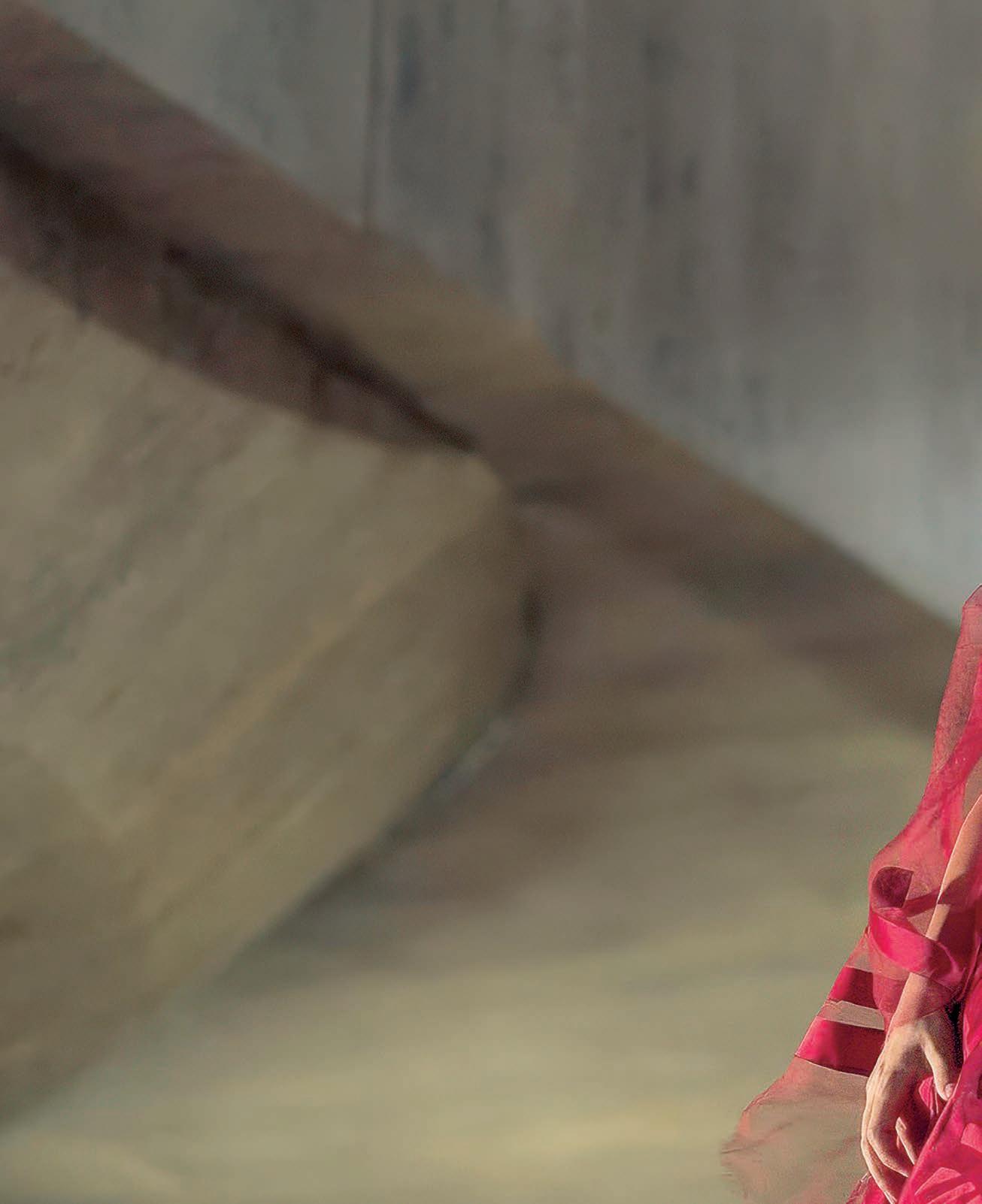
Bojana Nikitović
Costume designer

In the sprawling universe of Dune, where politics, prophecy and survival are woven into every word, costume plays a powerful, if quiet, role in storytelling. For the HBO Max series Dune: Prophecy, Serbian costume designer Bojana Nikitović has elevated that role to a form of visual prophecy itself.
Set 10,000 years before the birth of Paul Atreides, the series explores the genesis of the Bene Gesserit sisterhood—a powerful, secretive order of women whose influence spans empires. In contrast to the iconic visual language of Denis Villeneuve’s Dune films, Nikitović was tasked with developing a distinct aesthetic identity. “It was challenging to avoid comparisons,” she said in a recent interview, “but the popularity of those films certainly contributed to the audience’s interest.”
Working closely with production designer Tom Meyer and executive producer Alison Schapker, Nikitović

and her team created more than 2,000 unique costumes over the course of a year. Unlike many productions that adapt or rent existing wardrobe pieces, every look in Dune: Prophecy was constructed from scratch. From conceptual sketches to final
fittings, the process involved departments specialising in leather, metal, laser cutting, printing, and bespoke ornamentation.
The result is breathtaking. Flowing robes, ceremonial silks, and austere uniforms draw inspiration from
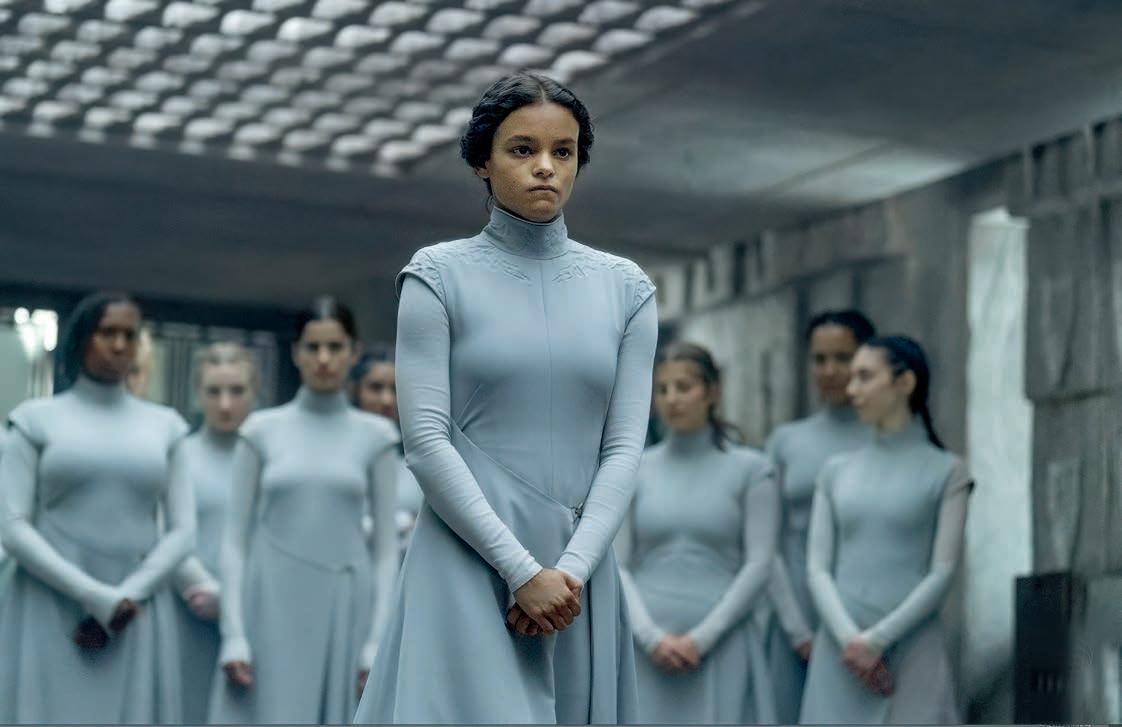
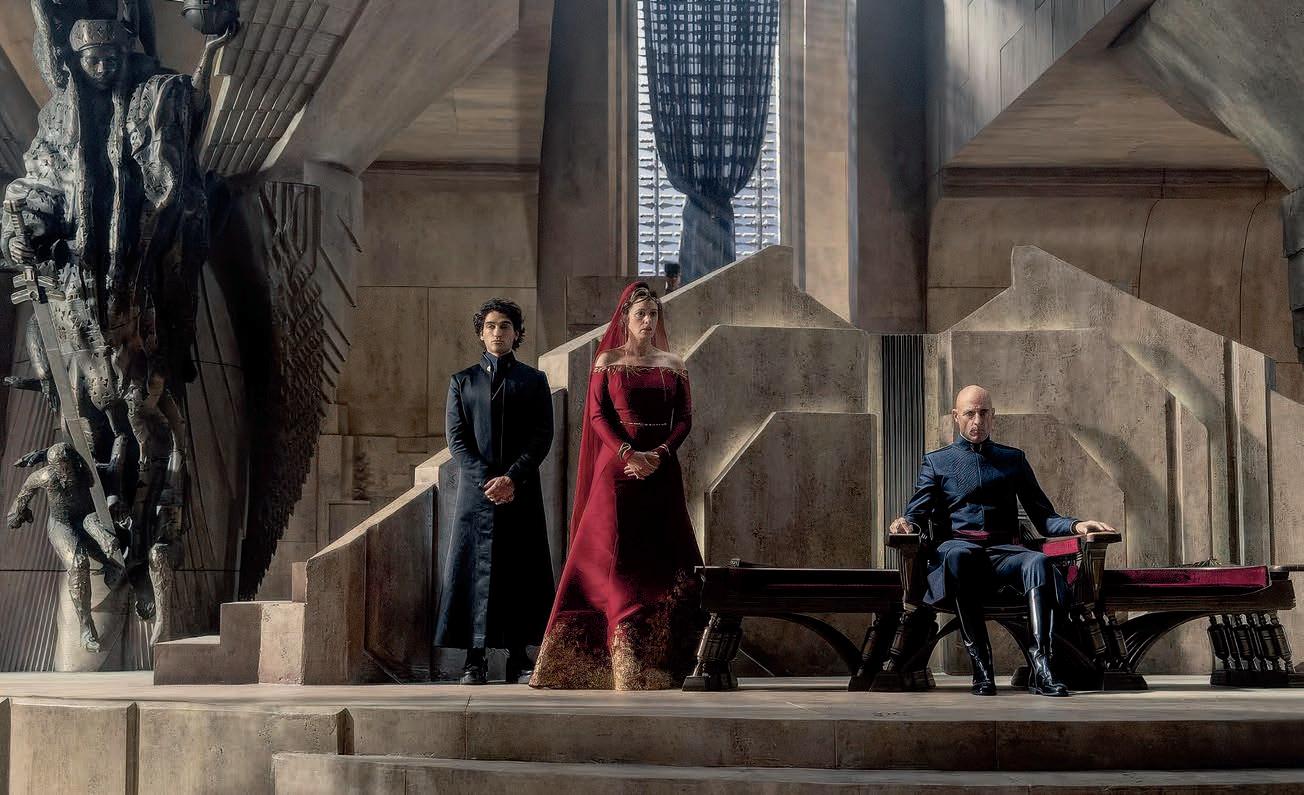
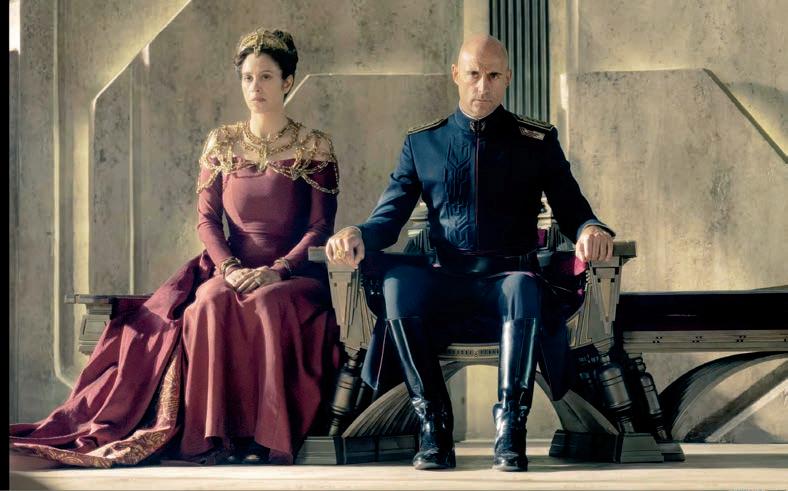
a wide range of historical sources: Ancient Egyptian drapery, Japanese imperial silhouettes, medieval European court attire, and monastic habits. And perhaps, unconscious -
ly, as Nikitović admits, even echoes of Balkan folk heritage. “It’s something we simply have within us, and it probably surfaces quite intuitively,” she reflects.
The Bene Gesserit designs are particularly striking. Rich in texture and symbolism, their garments reflect the sisterhood’s mysticism and control. The character Valya Harkonnen, played by Emily Watson, wears a series of imposing, minimalistic outfits that command space and narrative significance. Meanwhile, the stunning red dress worn by Princess Ynez—complete with a corset, chain-veil and layered embellishments—visually communicates her dread of an arranged marriage.
Functionality was also paramount. “The actors were extremely happy when they tried on the costumes during fittings,” says Nikitović, adding that such moments gave her confirmation she was on the right path. Every costume supports the arc of its character. Particular attention was given to the Corrino family and key roles like Constantine and Princess Inez, whose visual evolution mirrors their personal transformation.

For Nikitović, fabric is storytelling.
“For me, it’s crucial to feel the fabric under my fingers,” she explains. “The choice of material determines how the costume will ultimately look.” Some fabrics used in Dune: Prophecy were even custom-made in the workshop, which she describes as one of the most joyful aspects of the process.
That workshop, staffed by a team of 120, became an engine of imagination. “There is no ring, hairpin, or accessory that wasn’t made in our workshop,” she proudly notes. Her long-time assistant, Srđan Perić, played a key role in translating ideas into reality.

The craftsmanship hasn’t gone unnoticed. In 2025, Nikitović received the prestigious Costume Designers Guild Award for Excellence in Sci-Fi/Fantasy Television. The accolade cements her status among the world’s most imaginative costume designers, and shines a spotlight on Serbian talent at the heart of a global production.
“Costumes aren’t just visual decoration,” she concludes. “They’re a part of the narrative’s identity.” With Dune: Prophecy, Nikitović has created not just attire, but artefacts—each one a piece of a larger mythology, woven with purpose, power and poetic precision.

I’m a
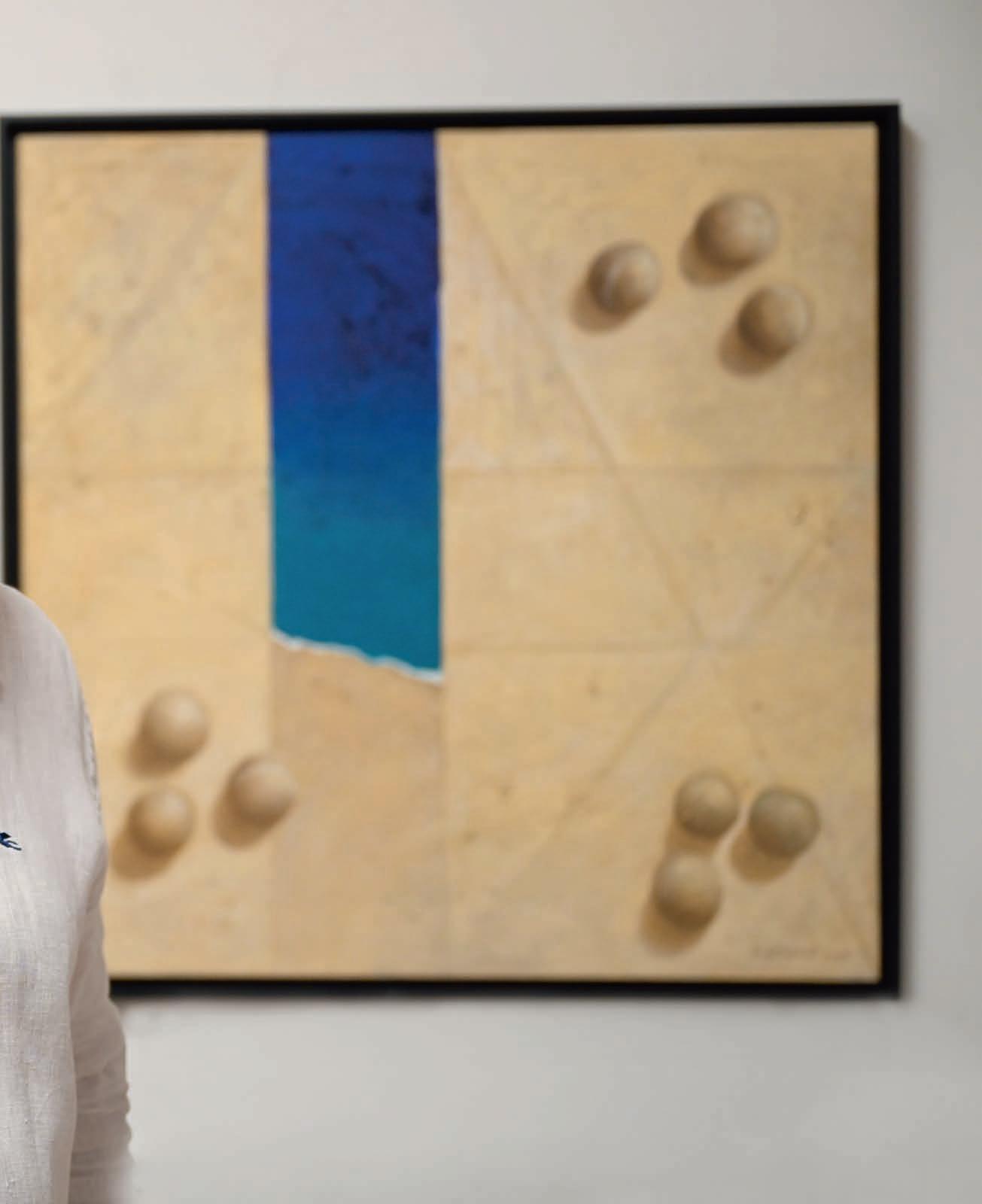
I don’t live in the past. I archive the past. I recently watched an old recording –remembering where I was, what I was doing. Those are parts of me, but I don’t live through them. I look at my daughters – how they think, how they function. I often ask them for advice. I’m not nostalgic. I only keep fond memories, and erase what was painful
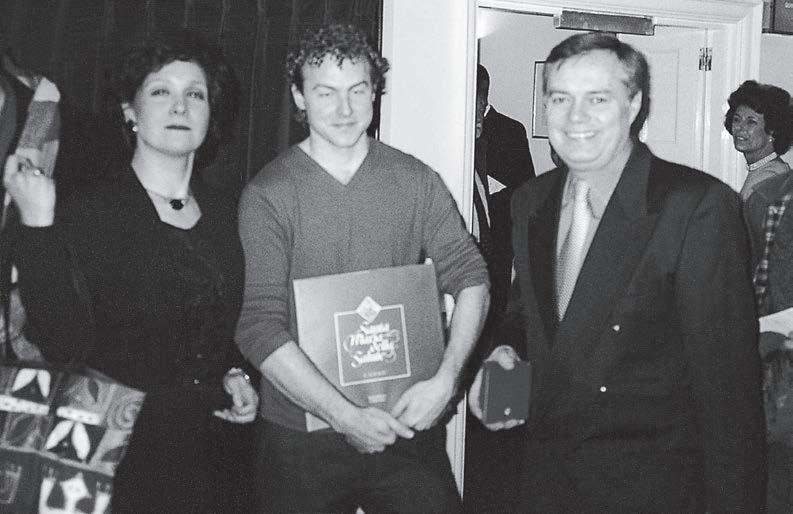
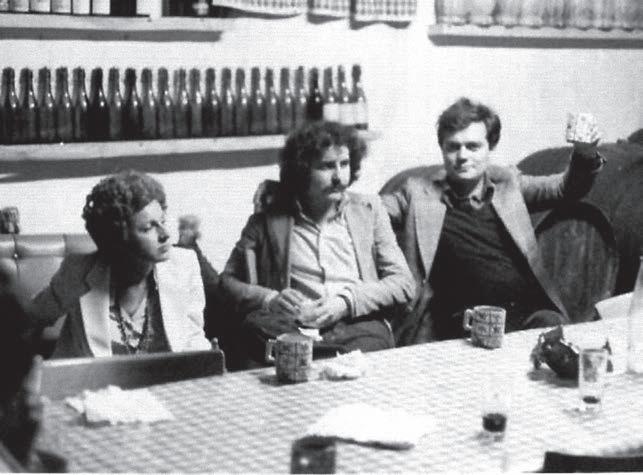
Dragan Stojkov has forged his own artistic path from the very beginning – thoughtful, inquisitive, authentic. He continued his artistic education in Venice, and today his body of work comprises more than 180 solo exhibitions and around 350 group shows, both in Serbia and abroad. A recipient of numerous awards, including the prestigious Paja Jovanović Prize, one of the most significant moments of his career was his retrospective at the Gallery of Matica Srpska,
where he donated his entire oeuvre as a legacy to the institution. His daughter, Sanja Stojkov, also lives art – through design and graphics – carrying the family’s creative spark into new media and forms.
Before embarking on a freelance artistic career, his first professional steps led him to the print and lithography institute “Grafika” in Novi Sad, where he worked as a designer immediately after finishing secondary art school. It was just a job – a regu-
lar, everyday job, but it gave him financial independence. During those four years he became self-sufficient, but increasingly felt he lacked something essential – knowledge, education, artistic growth. That’s when he decided to devote himself fully to painting.
He recalls his friendships with Miodrag B. Protić, then Director of the Museum of Contemporary Art, and with Milan Konjović. Those were the days of ‘Autumn Salon’, a cultural event that inspired him and shaped his artistic direction.
Apostolović Sam West and Dragan Stojkov, Wigmore Hall, London, 1999
As a young man, he tried various jobs – working in printshops, doing design, taking part in trade fairs. One of his earliest engagements was at the Agricultural Fair. At that time he was already painting, drawing, writing, creating prints, and beginning to exhibit. Milan Konjović greatly influenced him and introduced him to many of the prominent painters of Yugoslavia.
The Autumn Salon was then the most important artistic event. When hard

Zdravko
times came and it was cancelled, no one tried to bring it back. Out of pure stubbornness, he decided to revive it. He gathered friends and like-minded people, gained support from all sides – and succeeded. The Autumn Salon came to life once more.
What is it about Vojvodina that inspires artists? Is it the flatlands, the light, the scent?
— Probably all of it together. I have friends from Istria who say, ‘It’s so flat

here, so boring.’ But when I return from Italy or long trips, I feel filled by that plain. My heart is full. That’s love –deep, quiet, genuine.
I believe the most important place is where you’re born – it defines you. Some people love rocky terrain, some forests, some the plains. I belong to this landscape.
What do you remember from your childhood? What ties you most to this region?
— I remember long, hot summers. I was born in a modest house that today would be called ecological: an earthen floor, walls made of rammed earth, a reed roof. Later I built my weekend house in that style – well, not from rammed earth, as it’s not moisture-resistant.
I’d step out onto the street, dust up to my knees. That’s where we played. Just a few houses away began the flatlands, farms, fields, flowers... That fragrant world of Vojvodina.
How do you remember your mother? — She was wonderful. I miss her every day – to tell her something, ask her something, share good news. She was a wise woman, but raised with patriarchal values. She believed the husband was the head of the household –almost divine. What he said wasn’t to be questioned. That sometimes caused friction, but she was warm, caring, and kind-hearted.

Dragan’s daughters Aleksandra and Sanja Stojkov (left)
Dragan’s wife Jasna Stojkov (right)
Looking back today, how do you see the generational gap – the old family hierarchy versus today’s individualism?
I’m a man of today and tomorrow. I don’t live in the past. I archive it. I recently watched an old video – remembering where I had been, what I had done. Those are parts of me, but I don’t live through them. I look at my daughters – how they think and function. I often ask for their advice. I’m not nostalgic. I keep only the good memories; the hard ones – I erase.
My Academy was just 200 metres from the church of Santa Maria della Salute in Venice. I often went there. My professor’s studio was nearby, and another key spot was the Peggy Guggenheim Museum, where we often spent time thanks to our student cards
How did your education unfold – from art school to the Academy of Fine Arts in Venice, where you graduated in 1979? What did moving from Vojvodina to Venice mean for your artistic vision? How did that international experience shape your artistic identity?
— My life path is a circle: from Novi Sad to Zagreb for a year and a half, then Venice – four years. Then I returned, travelled... Today I’m in Belgrade, but my final return will be to Sombor. There, my neighbours will be Milan Konjović and Laza Kostić. That’s how the circle closes.
By chance, I learned that the house where Laza Kostić had lived was up for sale. I was in Paris at the time, had a studio there, and when I returned someone said to me: ‘The city is selling Kostić’s former house – some of his belongings are still inside.’ Out of curiosity, I went to see it. I liked it immediately and soon bought it.
The space immediately inspired me. I felt a strong connection with Kostić’s spirit, especially his poem Santa Maria della Salute. I soon began creating a series of paintings inspired by that poem. I made more than a hundred works –I didn’t even count them. Then I published a book in English, translated by the British as Santa Maria della Salute. The French version was translated by Professor Radović, and Ksenija Stijanović made a documentary film. All of it is now online.
That period of mine was entirely immersed in Kostić – in his poetry, dreams, longings, and love. My Academy was just 200 metres from the Santa Maria della Salute church in Venice. I often went there. My professor had a studio nearby, and another key place was the Peggy Guggenheim Museum, where we spent time thanks to student passes.
It was a privilege – having daily access to modern art, seeing the works of artists Peggy supported and promoted worldwide. Even before that, within the Academy itself, I visited one of Italy’s greatest museums – the Academy of Fine Arts. It housed works by Tintoretto, Titian, and other Venetian
masters. My classrooms were next door. I’d leave class and go straight to admire those masterpieces. It was deeply inspiring.
From a rather grey environment, I entered a world where art breathed at every turn. It was a leap – as if I’d been catapulted into a different universe. Venice is not just the Biennale – there’s also Palazzo Grassi, the Correr Museum, numerous private galleries. When major exhibitions were held, we’d go to Milan – sometimes as a group, sometimes on our own. That intensity of information, exhibitions, artistic encounters – it inevitably affects your work. It forces you to ask: where do I stand in all this? What’s my place?
— That was the beginning of my serious artistic journey. I had friends who were directing students, cameramen, photographers – and through that circle I learned a lot. I remember buying a camera and taking up photography, then a Super 8 camera. At Protić’s suggestion, I made a film about Konjović – how he begins to paint, how he completes a piece. It was my own film. I edited it myself, added music, and took it to festivals. It was well received.
In the world of art, success is often measured by visibility and exhibition presence. Which moment or exhibition would you describe as your first major professional success?
— My first significant exhibition was at the Autumn Art Salon, an event founded by Milan Konjović in 1962. When my work was accepted, I felt fantastic. At the time, the best young painters from Yugoslavia were featured there. But when I saw my work displayed alongside theirs, I realised how much I still had to learn and how much space there was for growth.
That was my most honest encounter with the reality of the artistic vocation. It was then I decided to continue my education. I saw the gaps in my knowledge – and set out to fill them.
One of the key turning points was Italy. And of course, every return to
Belgrade was an opportunity to visit major exhibitions, premieres, events. I made an effort always to be present.
Besides Milan Konjović and Laza Kostić, who has had the greatest influence on your art?
— I wouldn’t want to limit that to painters alone. There was a time when I frequently quoted René Magritte. His drawing The Kiss, among other works, had a profound influence on me. He was an artist capable of looking deep into the human being, of asking important questions. His visual expression guided me for years.
Naturally, over the years I’ve visited museums around the world, observed the work of other artists, and selected what resonated with me most. That’s how I’ve been guided.
There is a thread that connects painting, music, poetry and spirituality. It feels dry to simply create a work, have a critic attend, open an exhibition… I need to weave something more into it
Your oeuvre includes over 180 solo exhibitions and more than 350 group shows in Serbia and abroad. Is there one you consider personally the most important – and why?
— I couldn’t single out one as the most important. Each had its value. The exhibition in London was, of course, significant to me. In recent years, I had a retrospective at the Gallery of Matica Srpska in Novi Sad – on that occasion, I told the Director, Tijana Palkovljević Bugarski, that I wanted to donate all the exhibited works to the gallery.
That was my legacy – a gift to an institution with the longest tradition in our cultural landscape. The exhibited works had been carefully kept over the years, often hidden from buyers because I wanted to keep them for myself. And then – I chose to leave them in one place.
That gesture gave me more fulfilment than any award. Although awards did come. I received the Paja Jovanović Prize in Novi Sad – a great honour. But my true peace lies in the studio, working on a painting. When I succeed in transferring an emotion to the viewer, that is when I feel I have achieved something truly meaningful.
That is, in fact, my greatest reward. Sometimes someone tells me they’ve hung my painting on the wall and that it brings them a sense of calm every day. They tell me, “The longer we look at it, the more beautiful it becomes.” That’s what confirms that art has a lasting effect – that it keeps speaking even after the artist falls silent.
Your daughter Sanja Stojkov is also an artist, which suggests a strong family continuity. How do you perceive the passing on of artistic sensibility from one generation to the next? Have you exchanged ideas, collaborated, or had artistic dialogues through your work?
My daughter Sanja is an artist as well. Even as a little girl she showed strong individuality. When she was finishing primary school, she told me, “Dad, I want to enrol at the Academy in Belgrade; I’ll skip grammar school.”
She forged her own path – just as I did. Although her path resembles mine, every step was her own decision. At the beginning, I even advised her to consider fashion, as she had a great instinct for it. But she said, “I’ve decided on graphic design.” And of course, I supported her.
I never imposed my opinion. We talk as friends. And I must admit – sometimes I learn more from her than she does from me.
Sanja recently spent two months in Vietnam, working on studies, travelling, exploring. Her experiences are different from mine, and from those of my generation. My generation belonged to the time of Jura, but today is a different era, and everyone has to find their own place in the present.
Many people make the mistake of remaining in the past and trying to locate themselves within it. I believe

one must follow the times. And I try to be part of the contemporary current.
Your wife Jasna was a great inspiration to you?
— That was 25 years of a beautiful marriage. But beauty has its span. Sadly, she passed away. And I miss her. But in the end – I believe – we’ll be together again.
A similar fate, I should add, has befallen my friends Dušan Kovačević and Matija Bećković.
Our elder daughter, Aleksandra, followed in her mother’s footsteps and now teaches languages in the school her founded.
— Your work is often described as a meeting of the traditional and the contemporary, as a ‘coloured autobiography’. What themes and motifs occupy you most today? How did the cycle dedicated to stone come about?
During a short break on the road to the seaside, I stumbled upon the Morača Canyon. There I saw pebbles –stones that completely captivated me. I began to collect them, carry them with me, return for more. They inspired me so much that I felt the need to paint them. That stone became my obsession, my symbol of natural simplicity and perfection. Art is everywhere –you just need to know where to look.
At that time, I spent a lot of time with academician Dragoslav Srejović, one of our most important archaeologists and thinkers. He once told me: “That’s how civilisation began.” And truly, when one stone strikes another – both tools and weapons emerge. This gave birth to the Civilisational Circle cycle, as well as the idea for a book that, unfortunately, Dragoslav never lived to write.
My greatest wealth is my friends. I’m proud of that mutual bond, love and respect. It is our shared love for art that connects us
I kept returning to those pebbles, and in the end, I realised that this was a universal story I came upon entirely by chance. Vasko Popa even dedicated a poem to the book – The Pebble. Then came the Labyrinths cycle, where I stepped into three-dimensional painting. I played a little – but again, it’s a universal theme, dating back to the ancient Greeks.
Does art represent a language of meaning for you?
— There is a thread that connects painting, music, poetry and spirituality. It
feels too dry to simply create a work, for a critic to arrive, for an exhibition to be opened… I need to weave in something more.
In London, in addition to the exhibition, I presented my book Santa Maria della Salute in English, there was a theatre performance, and Mokranjac’s music was performed. The sum of all these elements makes the art stronger and more lasting.
What role does music play in your life?
— Music is always playing. I grew up with rock, then moved on to jazz, classical, ambient music… Cuban music warms me when the weather here is bitterly cold.
During my time in Italy, I regularly attended performances at La Scala in Milan. Thanks to a friend who heads the Scala Lovers’ Association in Switzerland, I always had the best seats and heard the greatest opera stars.
In Verona, I enjoyed the summer festival of Verdi’s operas. As a student, I would attend concerts for free, and La Fenice was a natural gathering point. We used to see Pavarotti, Plácido Domingo… it was a wonderful experience. Among our artists, the music of Aleksandra Vrebalov will always have a place in my heart.
What is the greatest wealth in your life?
— My friends. I am proud of that mutual connection, love and respect. A shared love of art binds us together. That was especially evident at my most recent exhibition at the Zepter Museum. I’ve just published a book of recollections from that event.
What message would you like to leave for those who come after you?
— Faith, love, hope – that is what I would like to leave behind. I am also aware of the other side, of all that undermines us. I see that many people work against themselves. But our mission, as people involved in culture, is to tip the balance in favour of good. Hopefully, we’ll succeed.
In Michigan, rescuers retrieved a great blue heron stuck in fishing line in a marsh. The bird was freed and rehabilitated—a quirky yet heartwarming reminder of wildlife rescue efforts.

Sydney baker Macey Nemer has reinvented the dessert world with the world’s first standing cupcake bouquet—a vertical arrangement of cupcakes resembling a floral display. It’s part art, part confectionery delight.


Brazilian police thwarted a bizarre conspiracy targeting Lady Gaga’s massive concert. Dubbed “Operation Fake Monster,” the plot was allegedly motivated by anti-LGBT sentiment and even hinted at a satanic child sacrifice. Thankfully, high-security measures ensured the show went on uninterrupted.
On Hormuz Island in Iran’s Persian Gulf, a freak meteorological event stained the ground deep red—earning the eerie nickname “blood rain.” The phenomenon, likely caused by mineral - rich dust, looked like something out of Exodus.
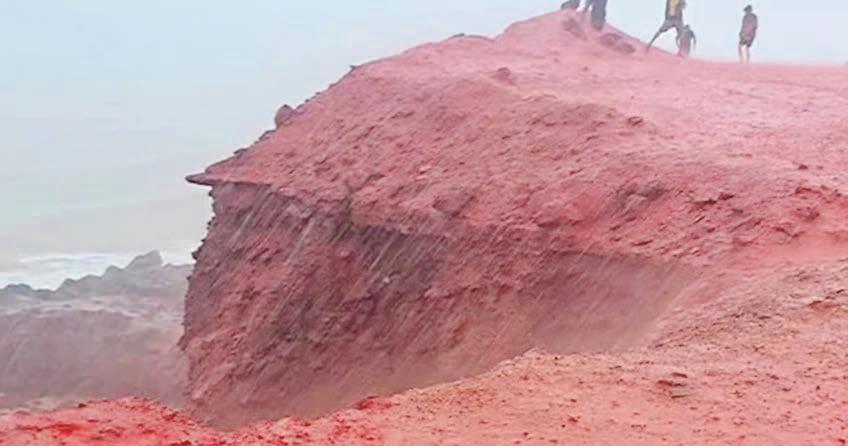
A colossal oarfish—often dubbed the “doomsday fish”—measuring roughly 3 paces long, was found on a Tasmanian beach. These deep-sea giants, sometimes seen as ominous harbingers in Japan, sparked awe and curiosity rather than fear. Scientists from CSIRO collected samples before nature worked its course.

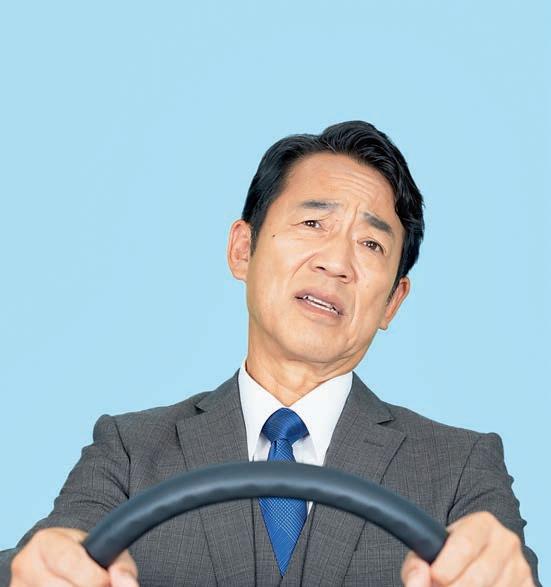
In Zhejiang Province, a driver who purchased the high-performance Xiaomi SU7Max EV—capable of hitting 0–60mph in 2.78 seconds—later complained it was more hassle than joy, citing maintenance challenges and unexpected quirks.
The Soft Leather Sandal
Understated luxury: minimal design, maximum comfort. Crafted to walk you from boardwalk to boardroom.
Suggested pick: Bottega Veneta Intrecciato Slide Sandals




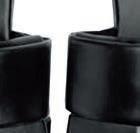







From city strolls to coastal escapes, here are the essentials every discerning wardrobe needs this summer





The Crisp White Linen Shirt

A timeless staple. Lightweight, breathable, and effortlessly sophisticated. Pair with tailored shorts or layered over a swimsuit for seaside lunches.
Suggested pick: Brunello Cucinelli Classic Linen Button-Up





Mediterranean Fragrance



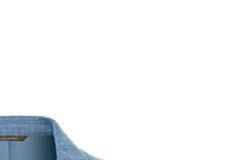


Summer demands a scent that feels like a breeze off the Amalfi Coast—citrus, herbs, and light woods.
Suggested pick: Acqua di Parma “Blu Mediterraneo – Fico di Amalfi”

Knee-length, high-quality shorts in soft neutrals or pinstripes elevate summer dressing beyond the beach.
Suggested pick: Loro Piana Linen-Cotton Blend Shorts



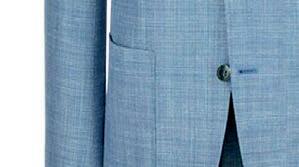





Lightweight



Unstructured Blazer

Warm-weather suiting is here to stay. A breathable blazer in summer-weight wool or seersucker adds polish without the sweat.
Suggested pick: Canali Kei Unstructured Blazer



Floaty but structured, a well-cut maxi in linen or silk brings refined ease. Ideal for long lunches and rooftop soirées.
Suggested pick: The Row SilkCrepe Wrap Dress by Talia








This season favours sculptural frames and coloured lenses. Think bold, yet wearable.
Suggested pick: Jacques Marie Mage “Molino” Sunglasses




Worn as a headband, necktie, or bag accent. Classic luxury with a twist of Riviera nostalgia.
Suggested pick: Hermès Animapolis scarf 140
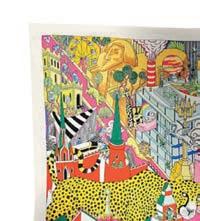

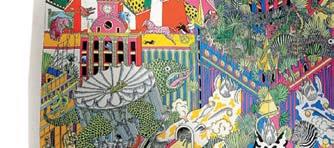



























This season’s beach bags are stylish enough for city use. Think oversized, structured, and made from natural materials with leather detailing.
Suggested pick: Loewe Raffia Tote with Calfskin Straps





A wide-brimmed upgrade to your standard fedora. Think handwoven, locally made, with a sustainable edge. Suggested pick: Janessa Leone Simone Packable Hat

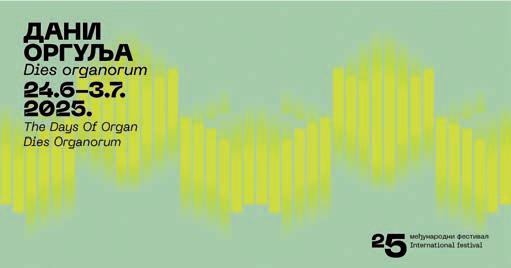
24 June - 3 July - Cathedral of the Blessed Virgin Mary, Belgrade
This year’s programme features distinguished organists from France, Spain, Austria, Germany, and Serbia. The highlight of the festival is the performance of the titular organists from two iconic European churches – Notre-Dame Cathedral in Paris and the Sagrada Família Basilica in Barcelona.
30 June – 3 July - Belgrade Philharmonic Hall
Serbia’s festival fully dedicated to the oboe. Featuring concerts by renowned oboists and chamber ensembles, plus masterclasses for professionals and students. A distinctive event celebrating the richness and versatility of the oboe within Belgrade’s classic concert venue
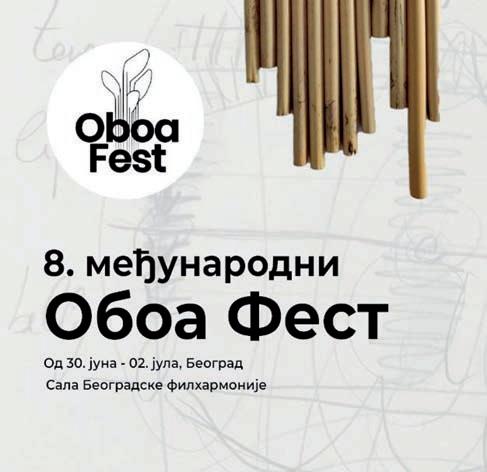
3-6 July - Villa Stanković residence, Čortanovci (main festival stage)
The 12th annual Shakespeare Festival presents Luda Planeta (“Mad Planet”), offering imaginative reinterpretations of Shakespeare’s drama staged by major regional theatre schools. A unique theatrical journey under the sky, continuing a tradition rooted in authentic ambience. Founded in 2014, the festival has presented over 60 productions from 23 countries.
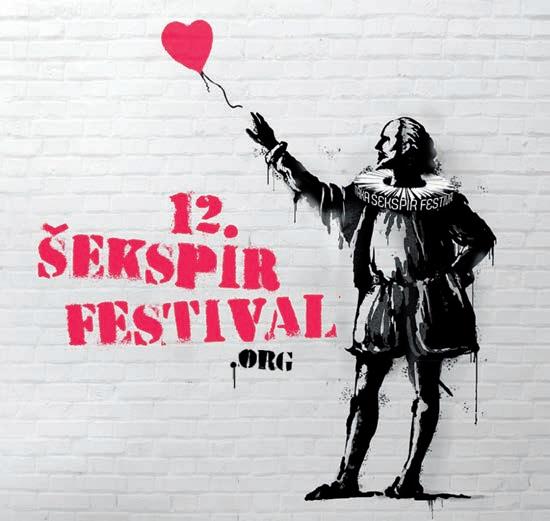
9 July - Lower Town (Donji Grad), Kalemegdan Fortress, Belgrade
An open-air rock concert featuring global punk-rock icon Billy Idol. Set within the historic Kalemegdan Fortress, the performance is expected to electrify the fortress grounds under the summer sky

10–13 July - Petrovaradin Fortress, Novi Sad
Celebrating its 25th anniversary, EXIT is Serbia’s flagship multigenre music festival, featuring over 1,000 performers across more than 40 stages. Expect everything from electronic and pop to rock and techno, including major headliners.
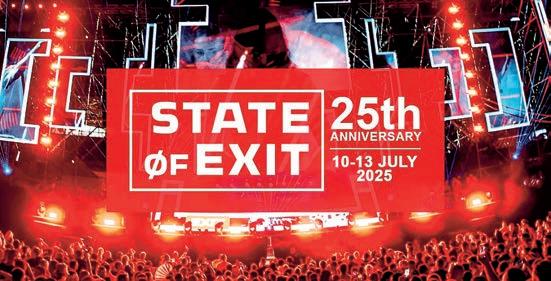
18 July - Ušće Park, Belgrade (open-air stage on the Danube riverbank)
Part of the band’s 2025 European/Middle East tour titled “Because What You Want & What You Get Are Two Completely Different Things”. The show features special guests Public Enemy, promising a massive rock spectacle attended by thousands in one of Belgrade’s premier outdoor venues.


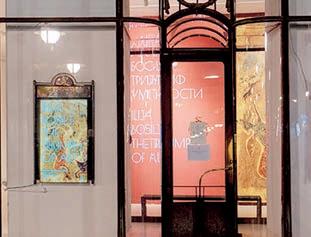
Until September - Gallery of Science and Technology, Serbian Academy of Sciences and Arts (SASA), Belgrade
Curated by: Zoran Dmitrović
Collaborator: Paulo Martins Barata, author of Towards Metamodern Architecture
This thought-provoking exhibition explores shifts in global and Serbian architectural practice since the 2008 financial crisis – a period often defined as “too-late capitalism”. It maps new forms of design emerging from low-budget, precarious commissions, following the decline of the so-called star architect system. The featured works blur the lines between modernism and postmodernism, challenging canonical forms and examining the origins and meta-shapes of contemporary architecture.
2-5 July - Ceremonial hall of the SASA Branch in Novi Sad
This symposium is dedicated to celebrating Professor Zhong-Zhi Bai’s significant contributions to linear algebra. It brings together researchers and experts in numerical methods for largescale systems from across Serbia and beyond. The event explores both theoretical advances and practical algorithmic applications, and is co-located with MatTriad 2025, another major conference in matrix analysis.
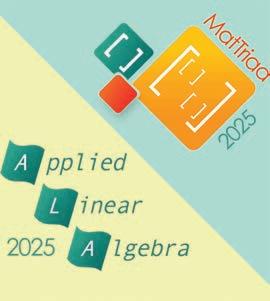
4/6/2025
The Embassy of Italy in Belgrade marked the Republic Day of Italy with a formal reception hosted by Ambassador Luca Gori. The event gathered officials, diplomats, and members of the Italian-Serbian business and cultural communities to celebrate the enduring ties between the two countries.

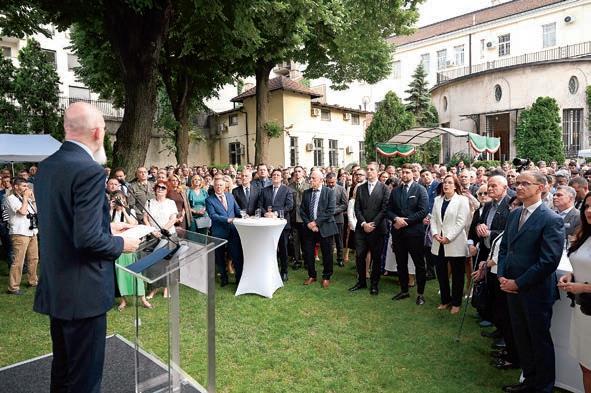
5/6/2025
Ambassador Niklas Lindqvist of Finland officially opened the exhibition “80 Years of Moomin Stories” at the Atrium of the Belgrade City Library Gallery. Dedicated to the beloved characters created by writer and illustrator Tove Jansson, the exhibition marks a significant anniversary celebrating her legacy and its lasting impact on Finnish culture. In his remarks, Ambassador Lindqvist highlighted the global popularity of the Moomin stories, which have been translated into over 60 languages and brought to life through books, comics, and television.


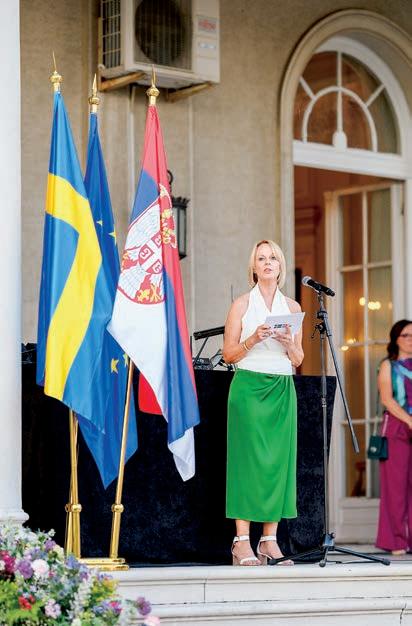
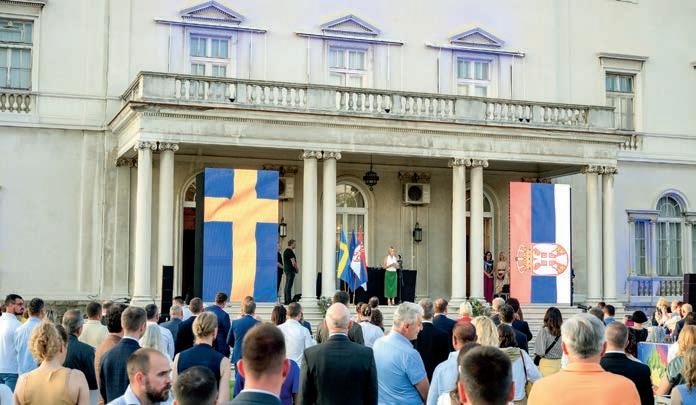
7/6/2025
The Embassy of Sweden in Belgrade marked the National Day of Sweden with an elegant reception held at Beli Dvor. The event was hosted by Ambassador Charlotte Sammelin and brought together dignitaries, diplomats, and partners to celebrate Swedish culture, values, and the strong ties between Sweden and Serbia.
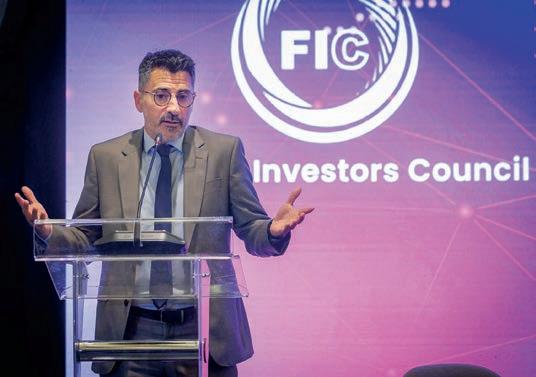

10/6/2025
At the third Financial Services Conference, titled “Investments in Focus – Global Trends, Local Responses”, organised by the Foreign Investors Council (FIC) and the European Bank for Reconstruction and Development (EBRD), experts discussed the impact of inflation, market fragmentation, and geopolitical instability on Serbia’s investment climate. Zoran Petrović of Raiffeisen Bank noted a slowdown in economic growth, linking reduced investment and consumption to global tensions, while highlighting Serbia’s solid foreign reserves and fiscal stability.
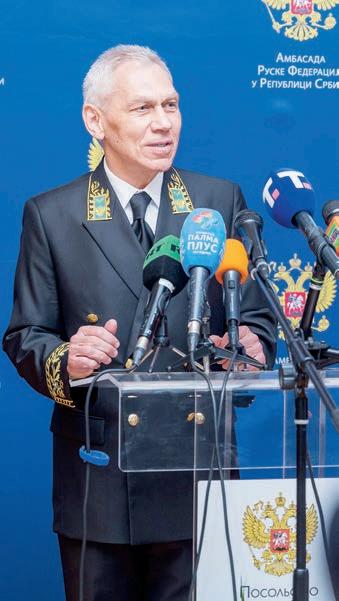

10/6/2025
The Embassy of Russia in Belgrade hosted a reception on its premises to mark the National Day of Russia. The event was led by Ambassador Alexander Botsan-Kharchenko and attended by officials, diplomats, and members of the local community, highlighting the cultural ties and diplomatic relations between Russia and Serbia.
13/6/2025
The Embassy of Portugal in Belgrade celebrated the National Day of Portugal with a reception at the National Museum. Hosted by Ambassador José Velez Caroço, the event gathered officials, diplomats, and guests from the cultural and business communities to honour Portuguese heritage and the friendly relations between Portugal and Serbia.

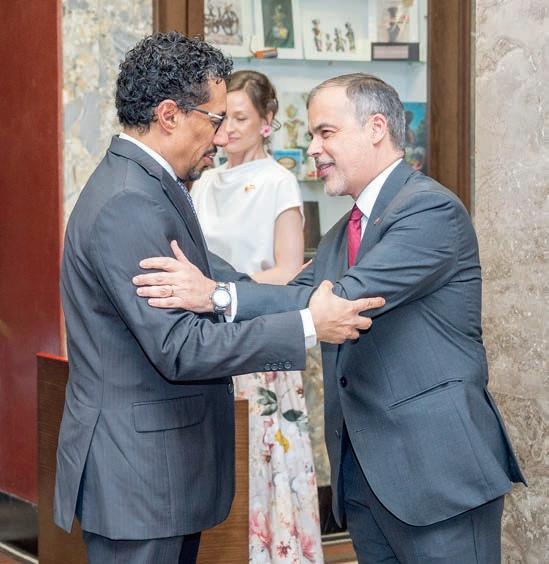
12/6/2025
The Embassy of Tunisia in Belgrade hosted a special event on June 12th, 2025, at Villa Jelena, under the theme “Road to the Balkans: Tunisian Taste, Mediterranean Atmosphere.” The evening offered guests a vibrant experience of Tunisian culture, cuisine, and hospitality, bringing the spirit of the Mediterranean to the heart of Belgrade. The embassy expressed heartfelt thanks to all attendees for their warm interest and appreciation of Tunisia’s rich heritage.
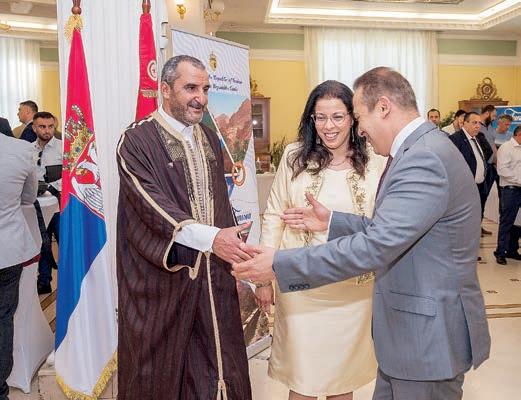
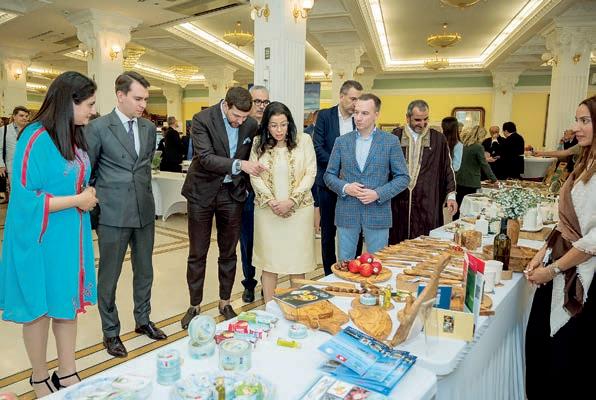
14/6/2025
The Embassy of Pakistan in Belgrade recently welcomed guests to a cultural gathering at its premises. The evening featured a visual presentation of Pakistan’s stunning landscapes, showcasing the country’s natural beauty and geographic diversity. The event was attended by members of the diplomatic community and friends of Pakistan in an elegant and friendly atmosphere. The event highlighted Pakistan’s rich heritage and ongoing efforts to strengthen ties with Serbia through cultural exchange.

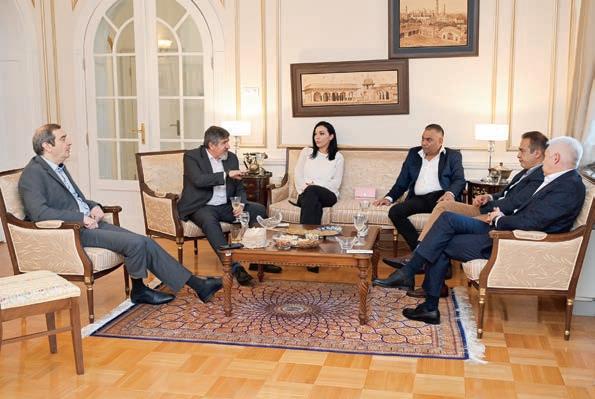
19/6/2025
The British Embassy in Belgrade hosted a formal reception to celebrate the official birthday of King Charles III, with Ambassador Edward Ferguson welcoming diplomats, government officials, and guests. The event highlighted the close relations between the United Kingdom and Serbia and honoured the tradition of celebrating the British monarch’s official birthday.


21/6/2025
The Embassy of India in Belgrade marked the 11th International Yoga Day 2025 with a large open-air gathering at the iconic Kalemegdan Fortress. Under clear skies and the watchful gaze of the Victor monument, dozens of participants joined in the celebration led by Indian Ambassador Shubhdarshini Tripathi. The event, held in the spirit of peace and unity, showcased yoga’s growing global popularity and its message of physical and mental well-being.

